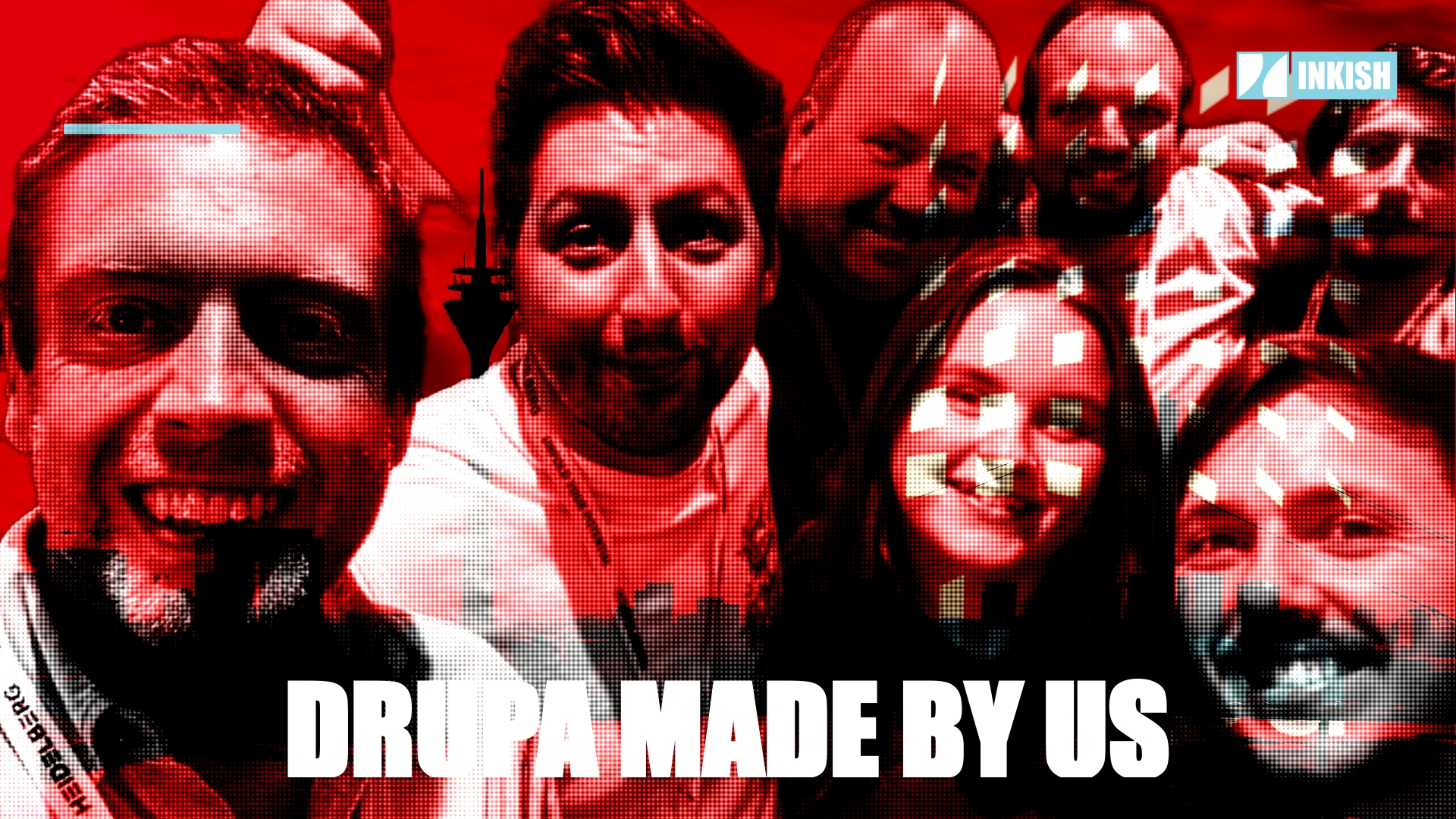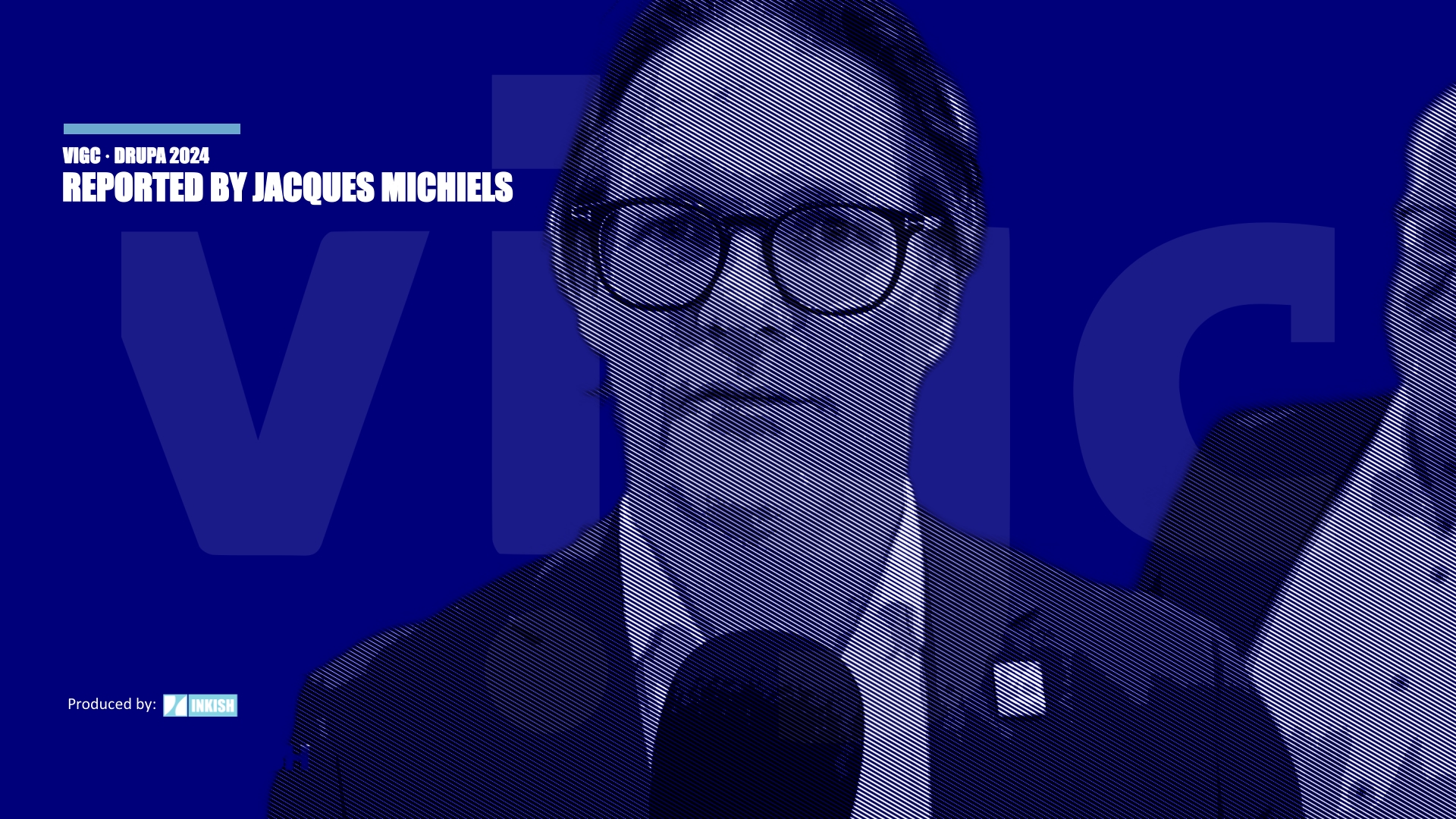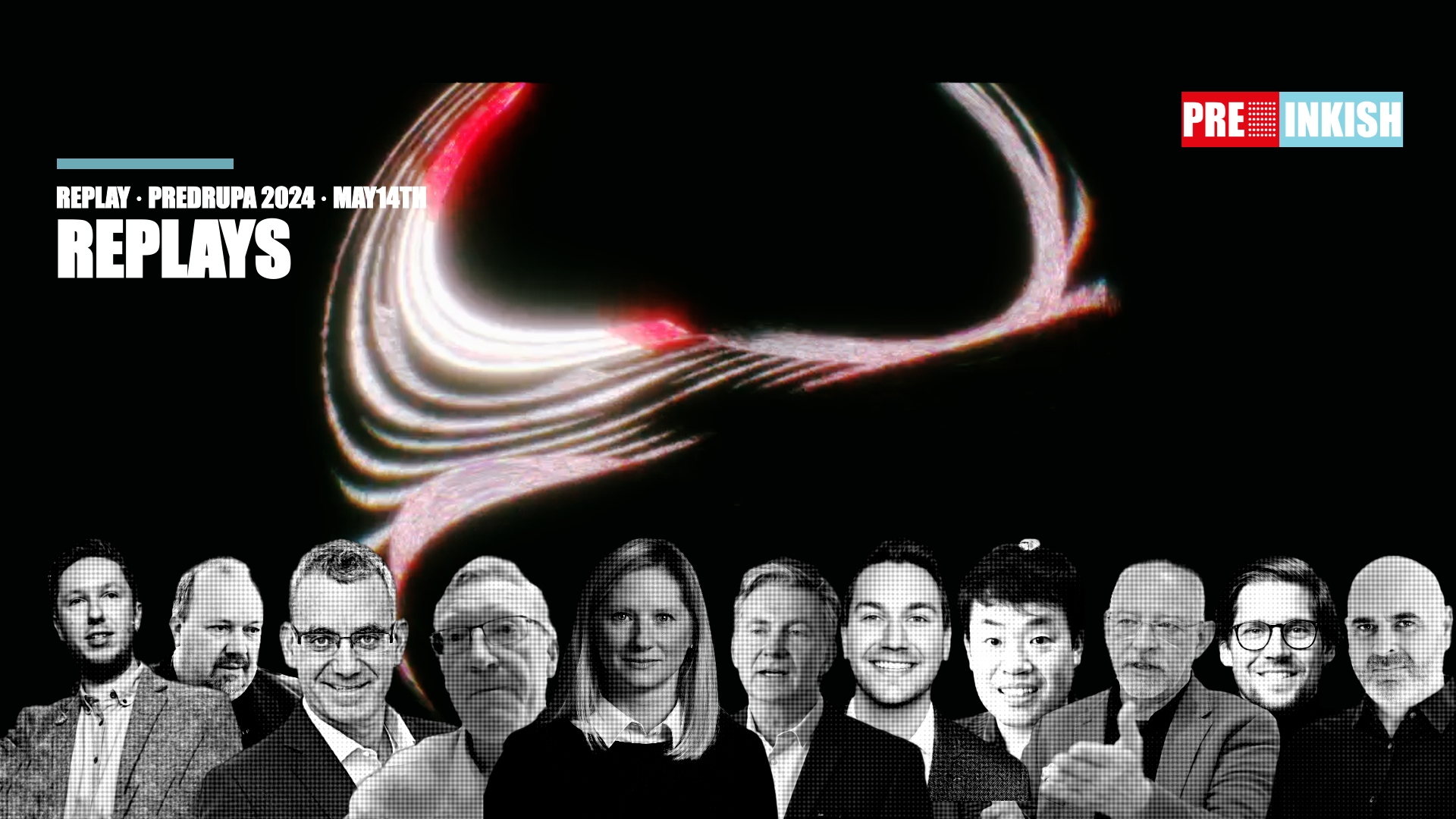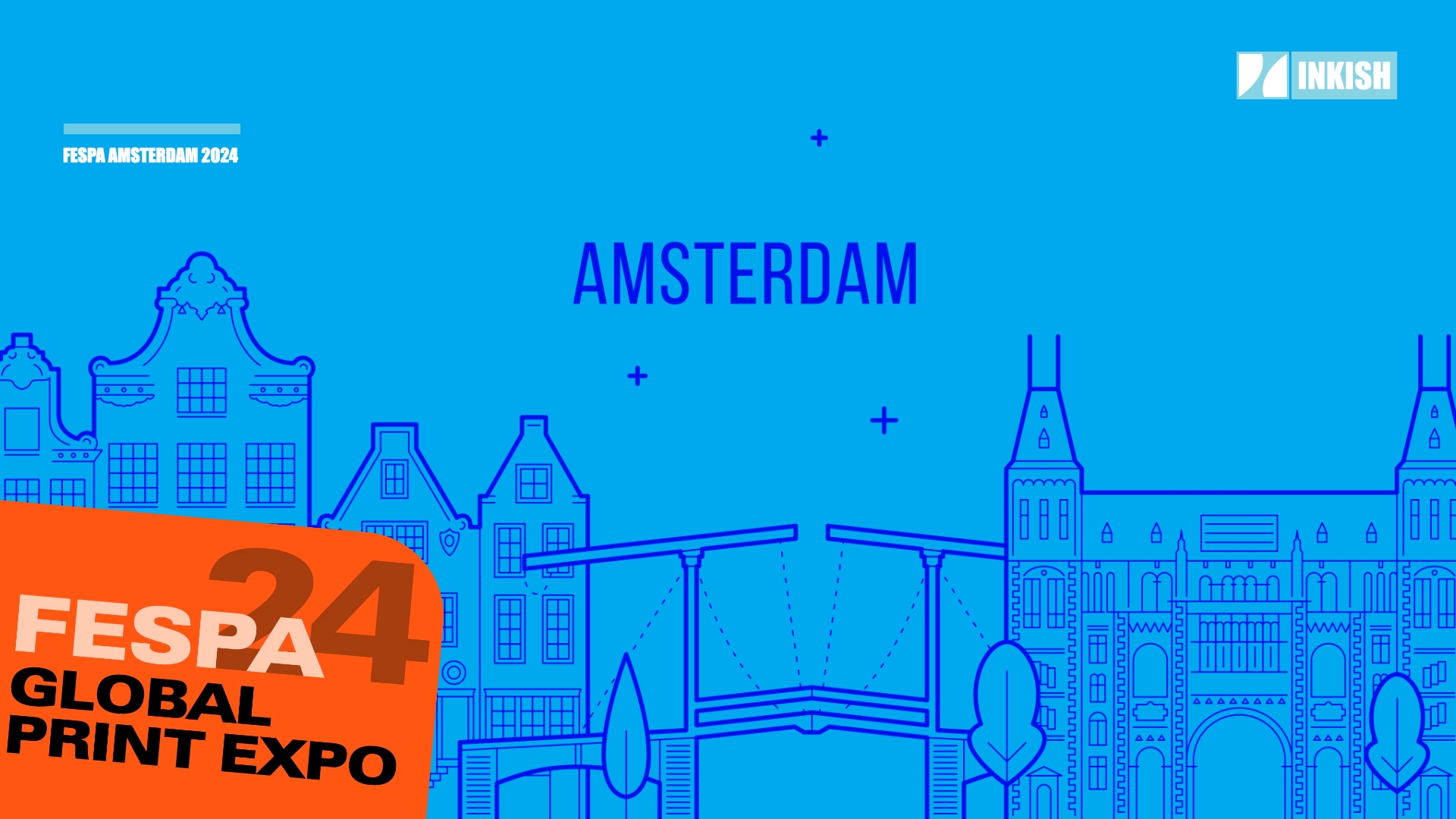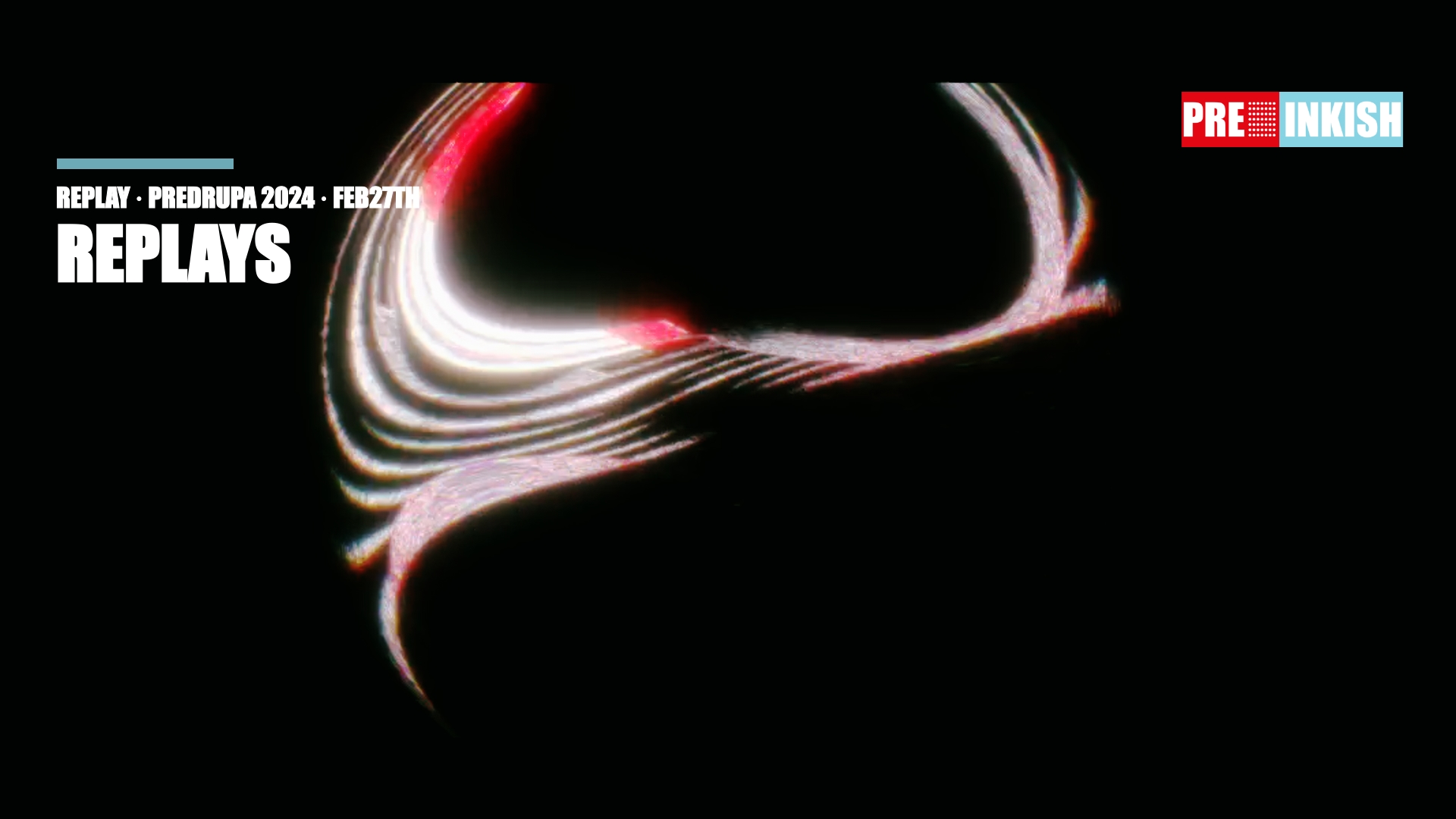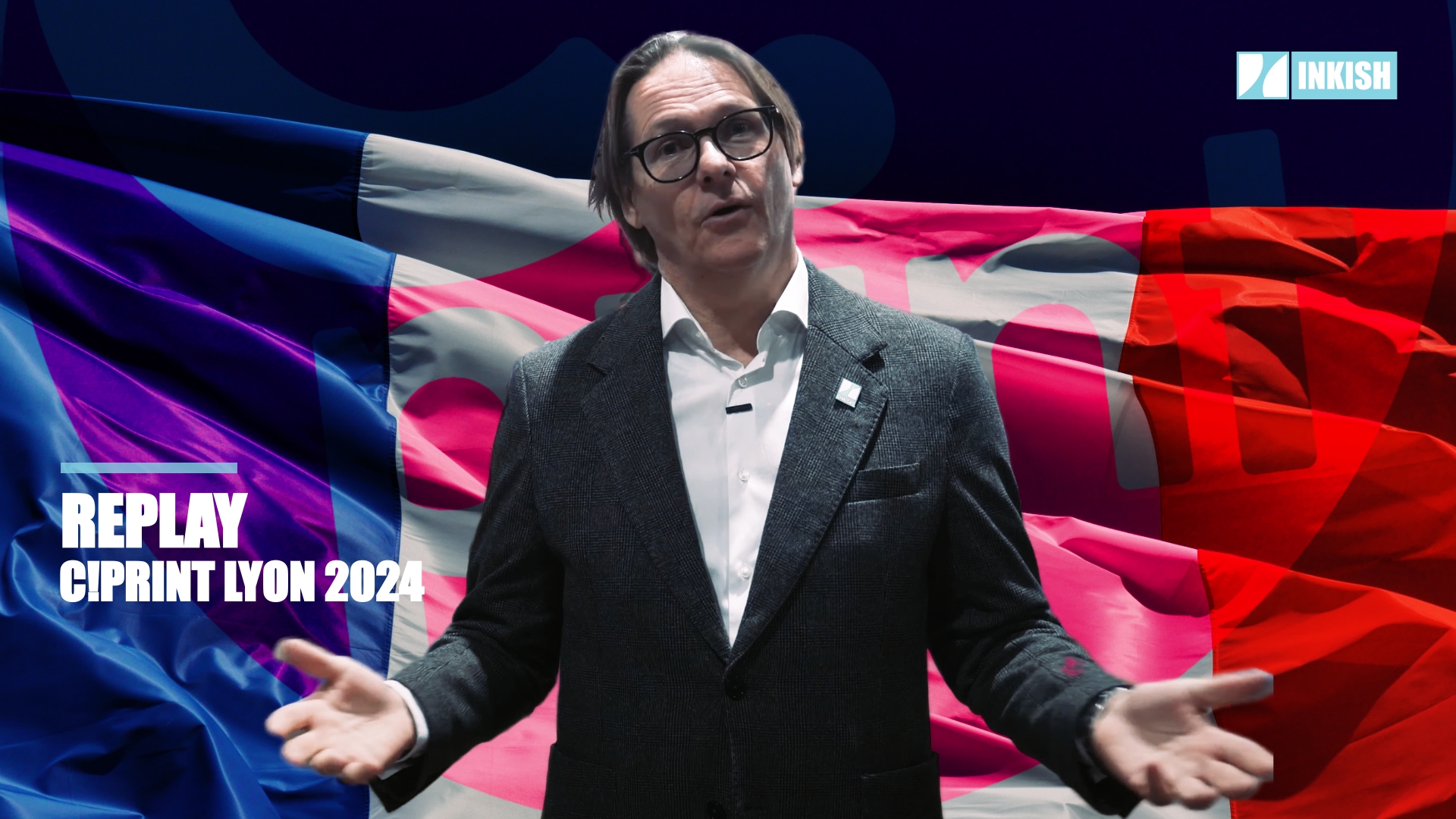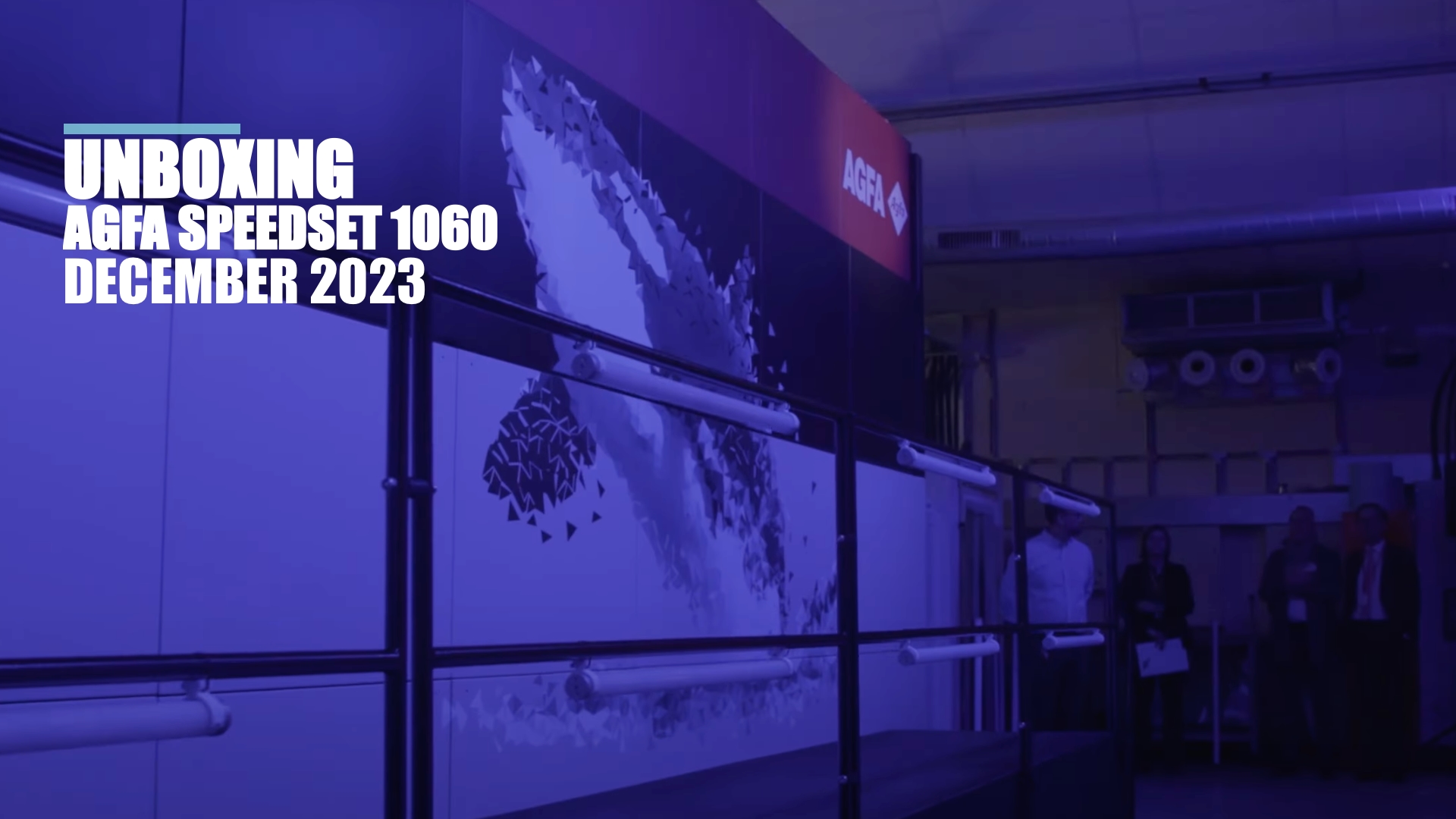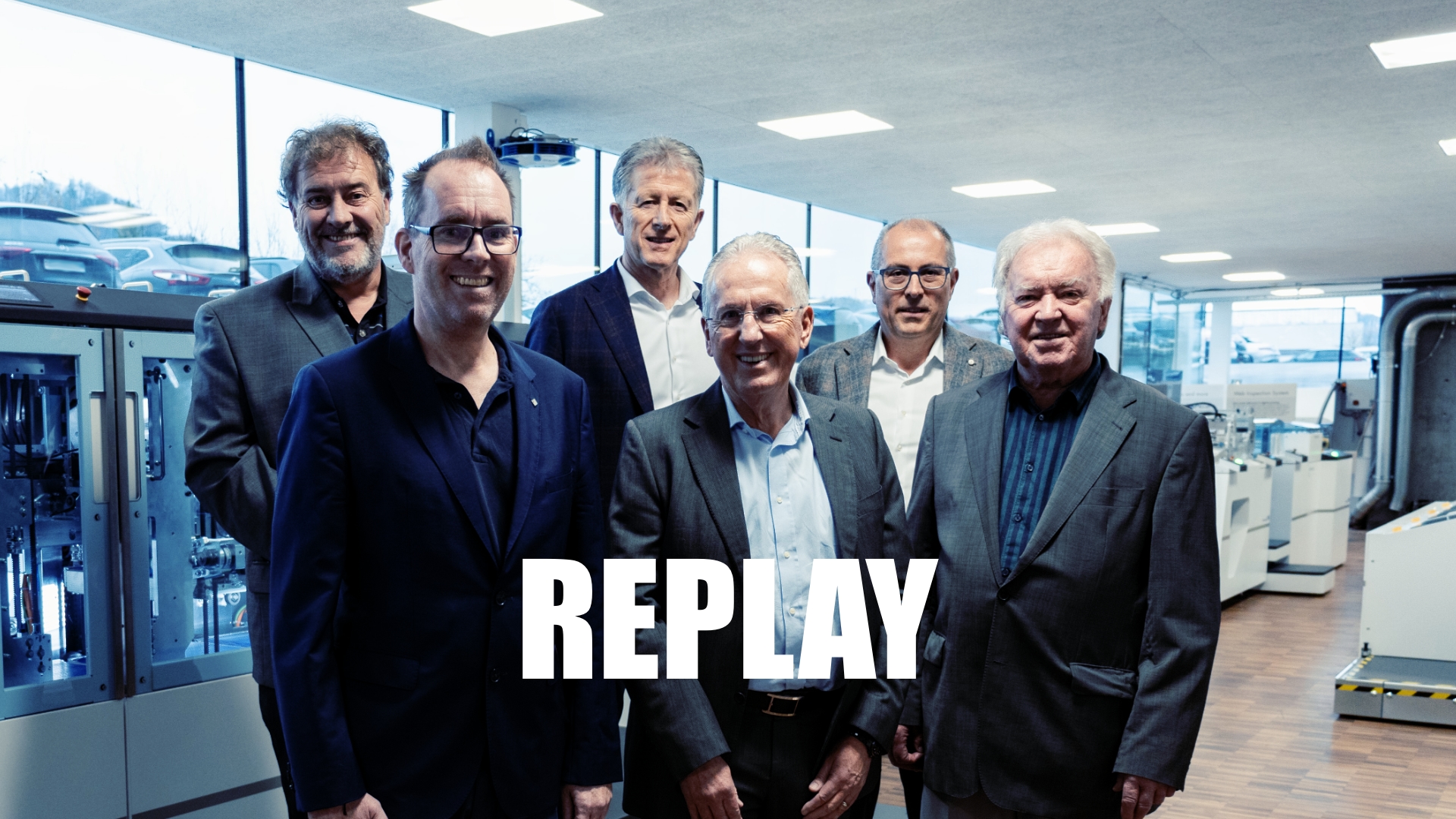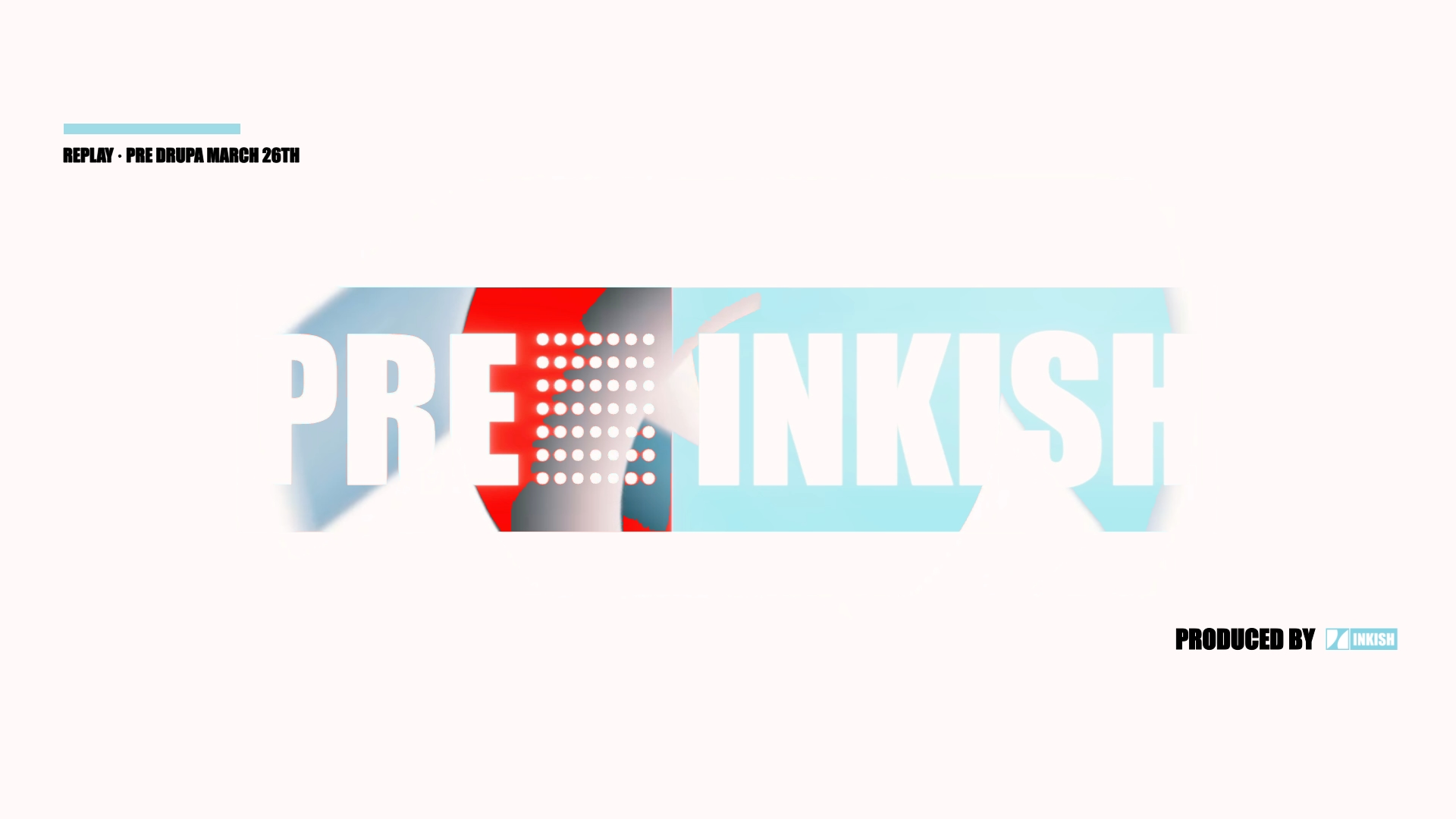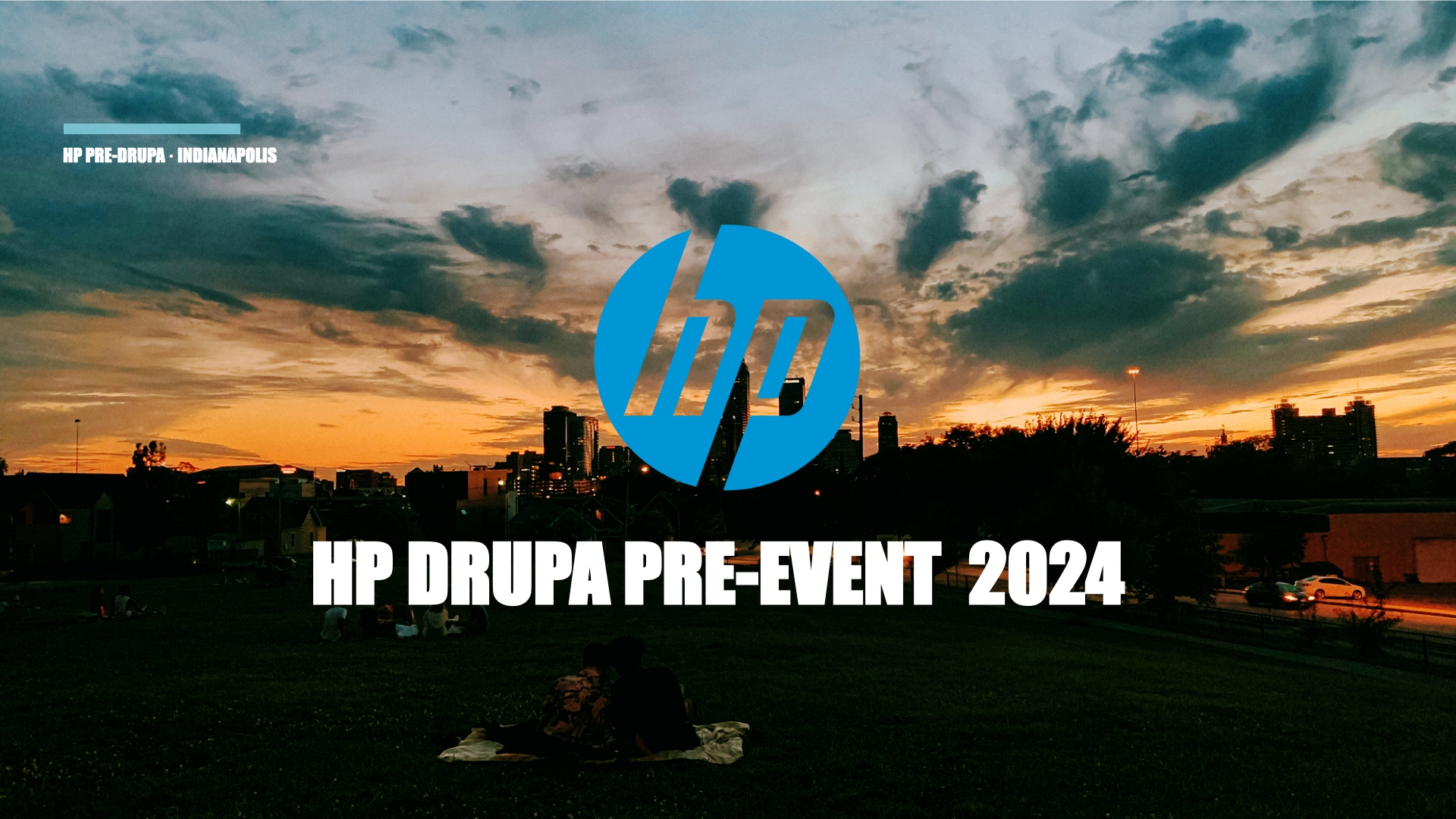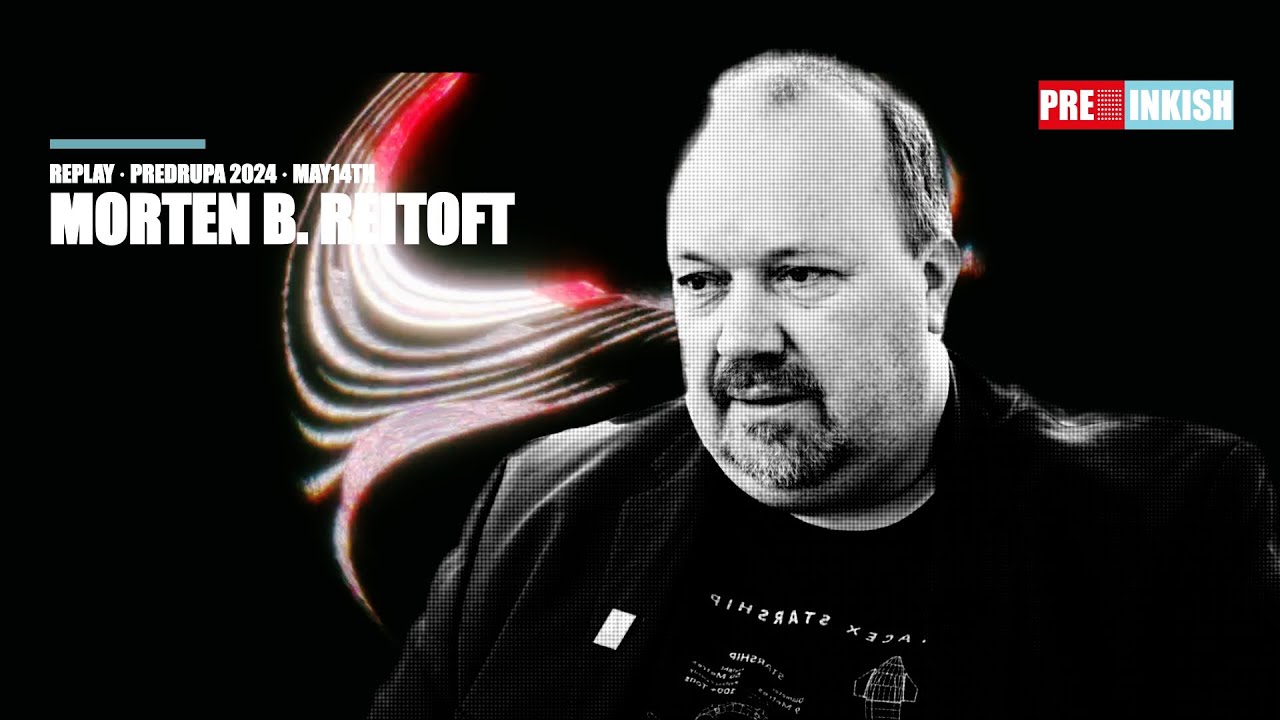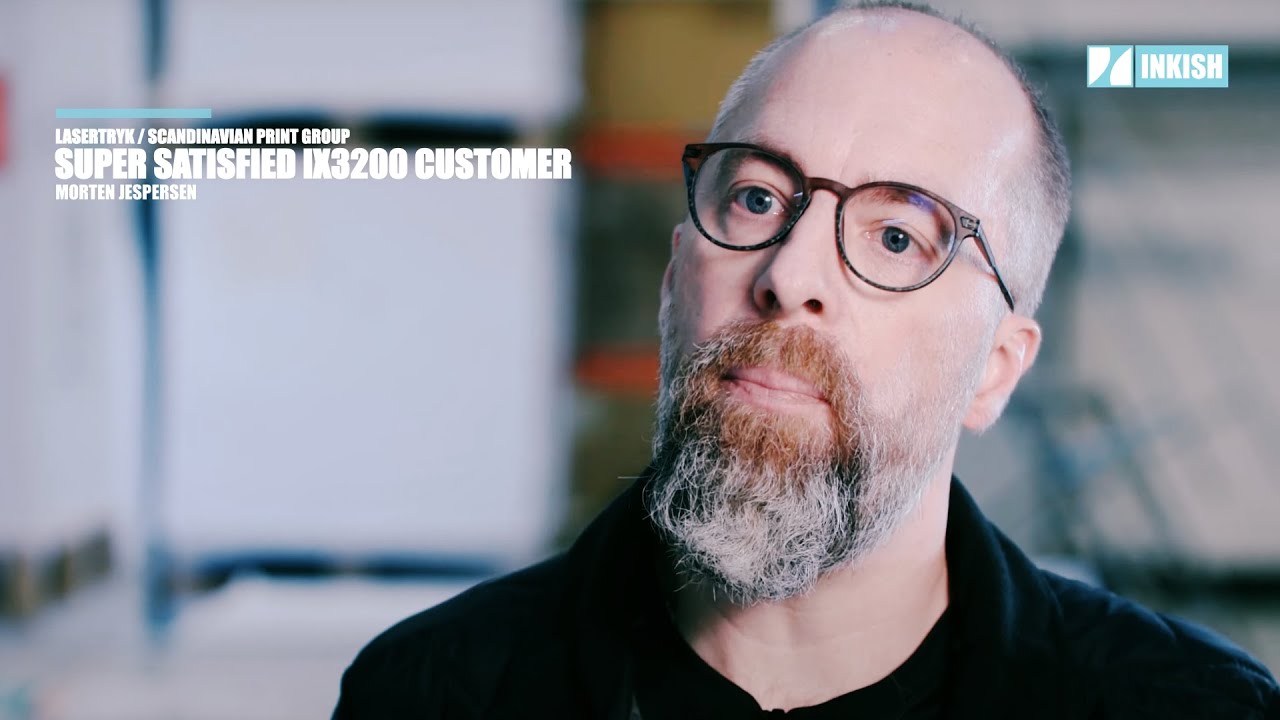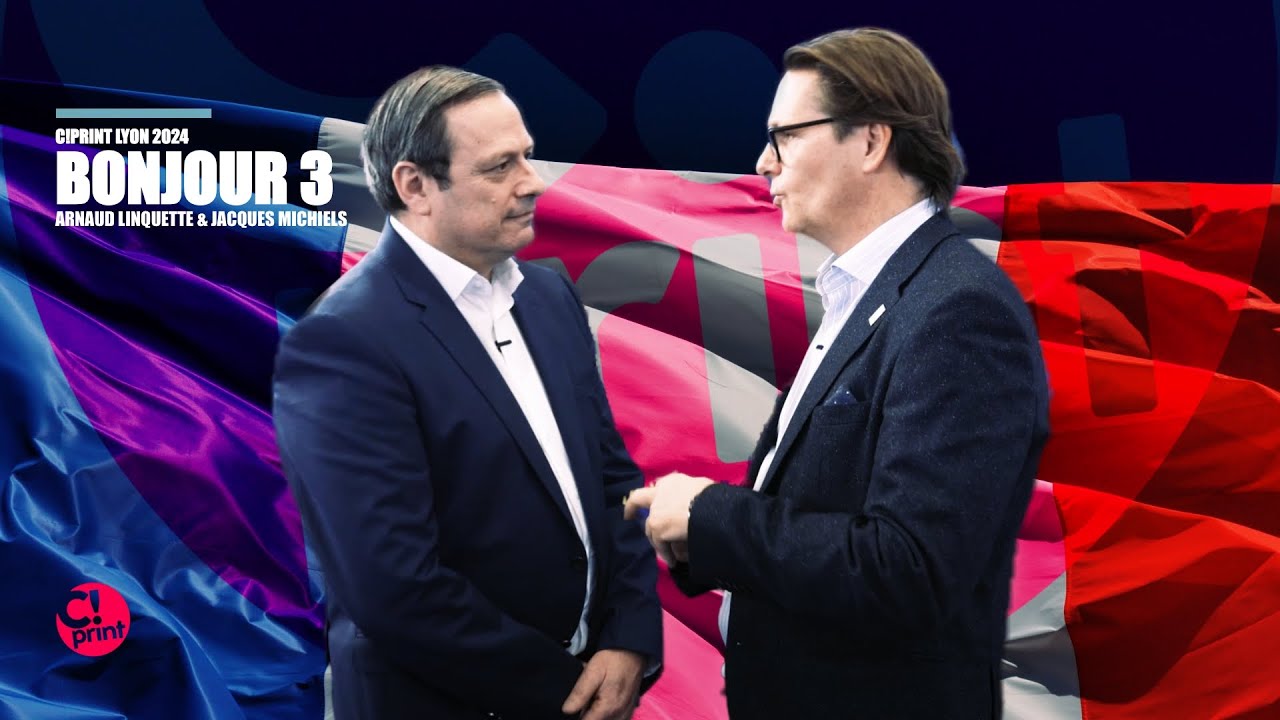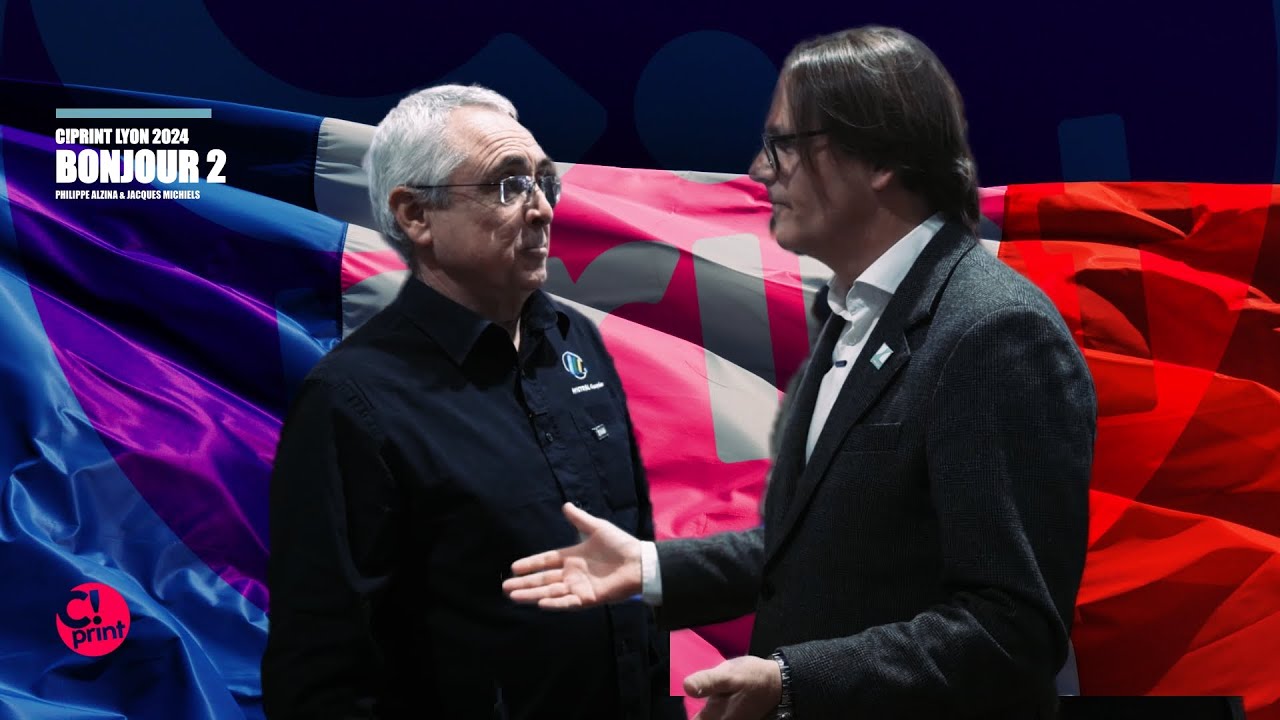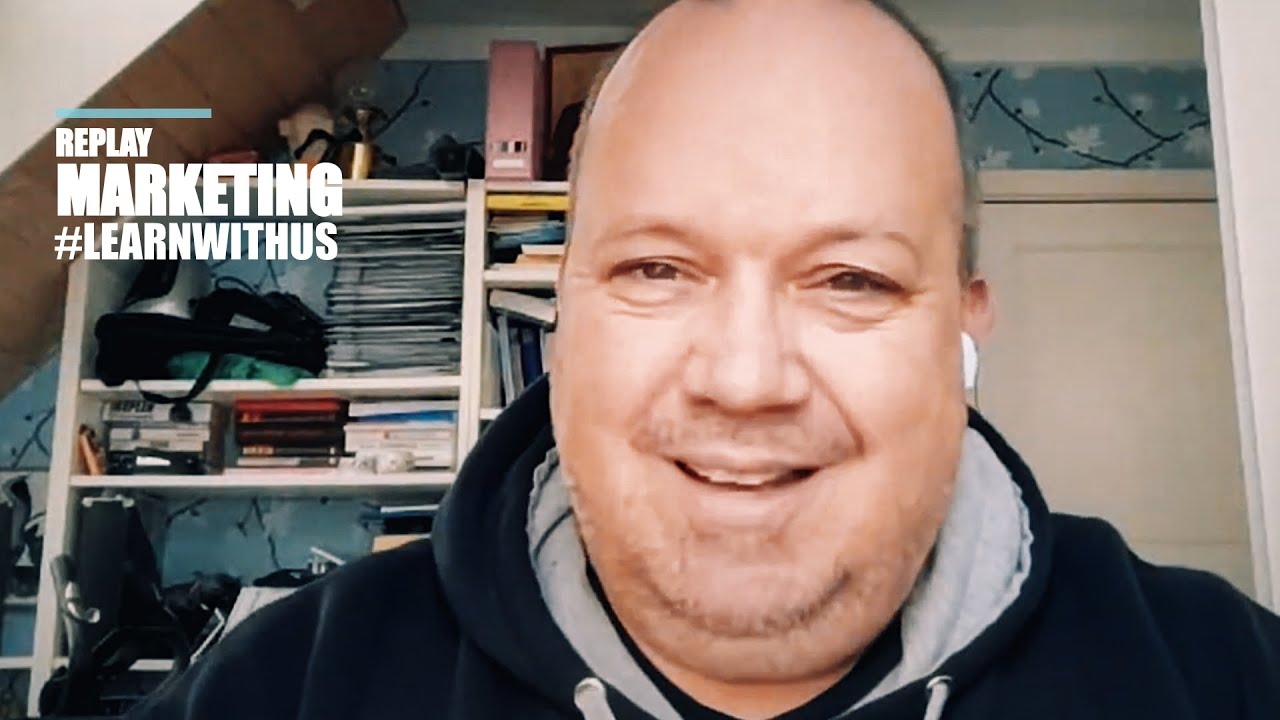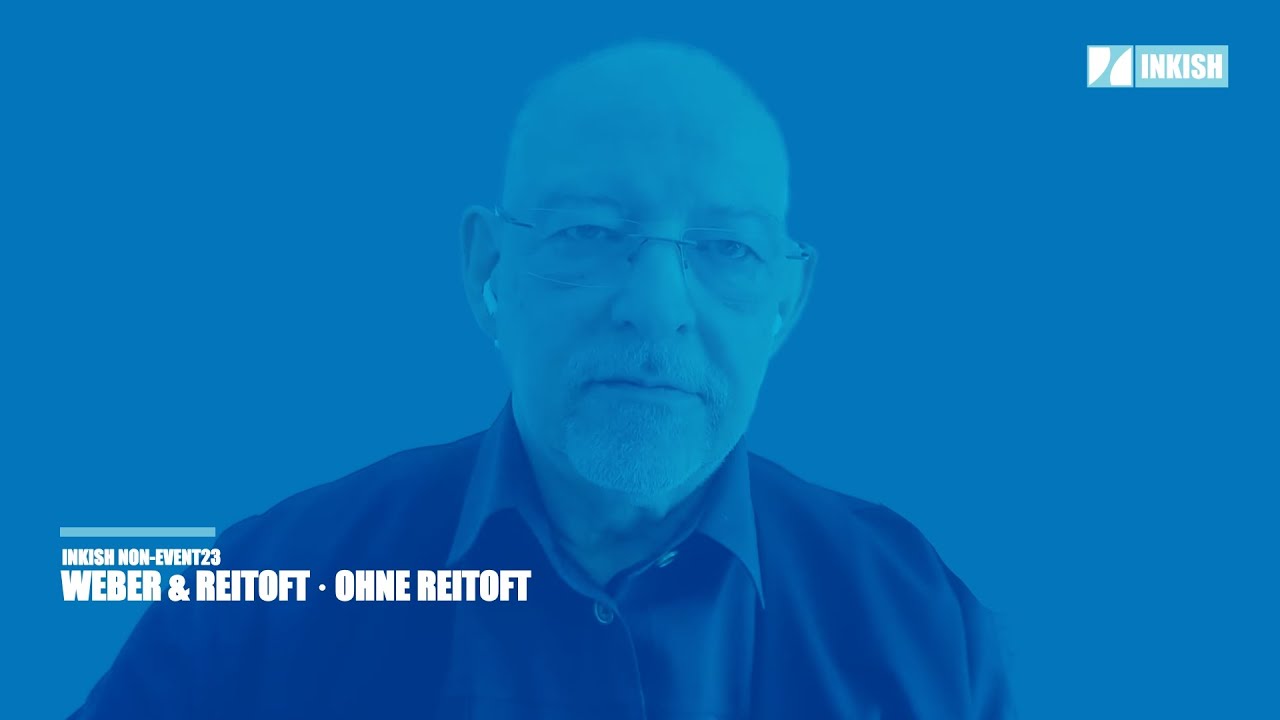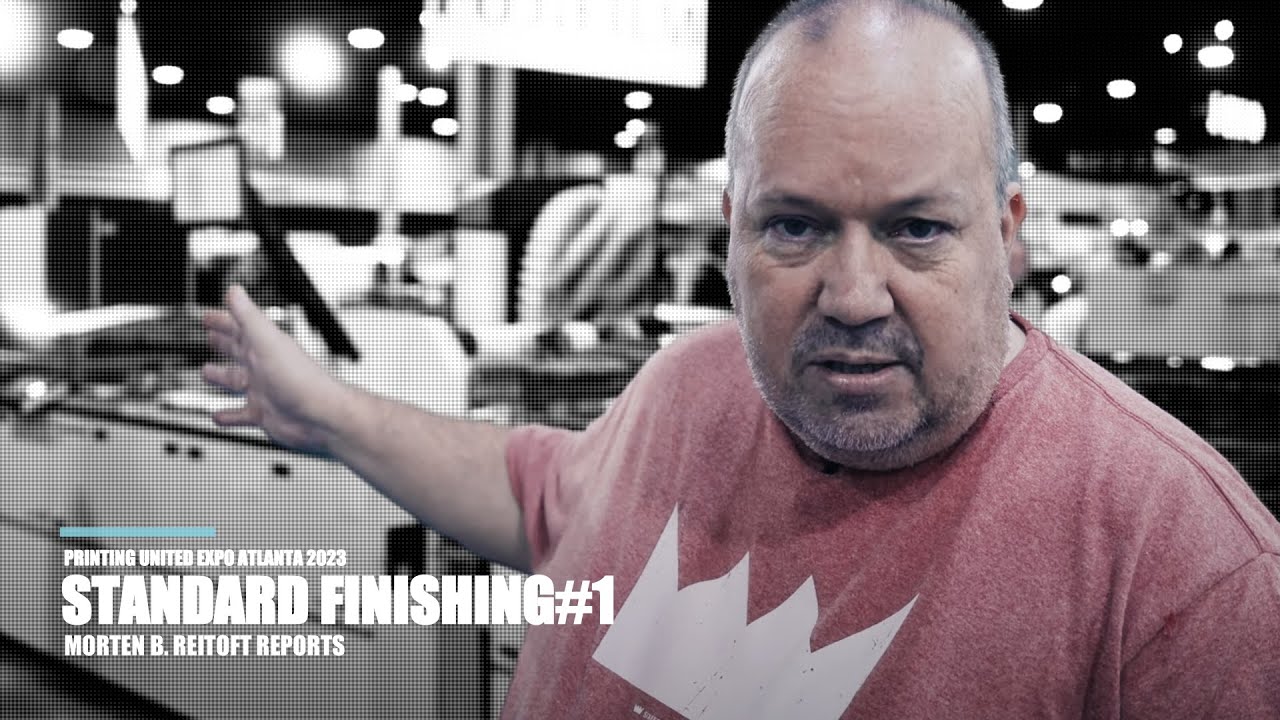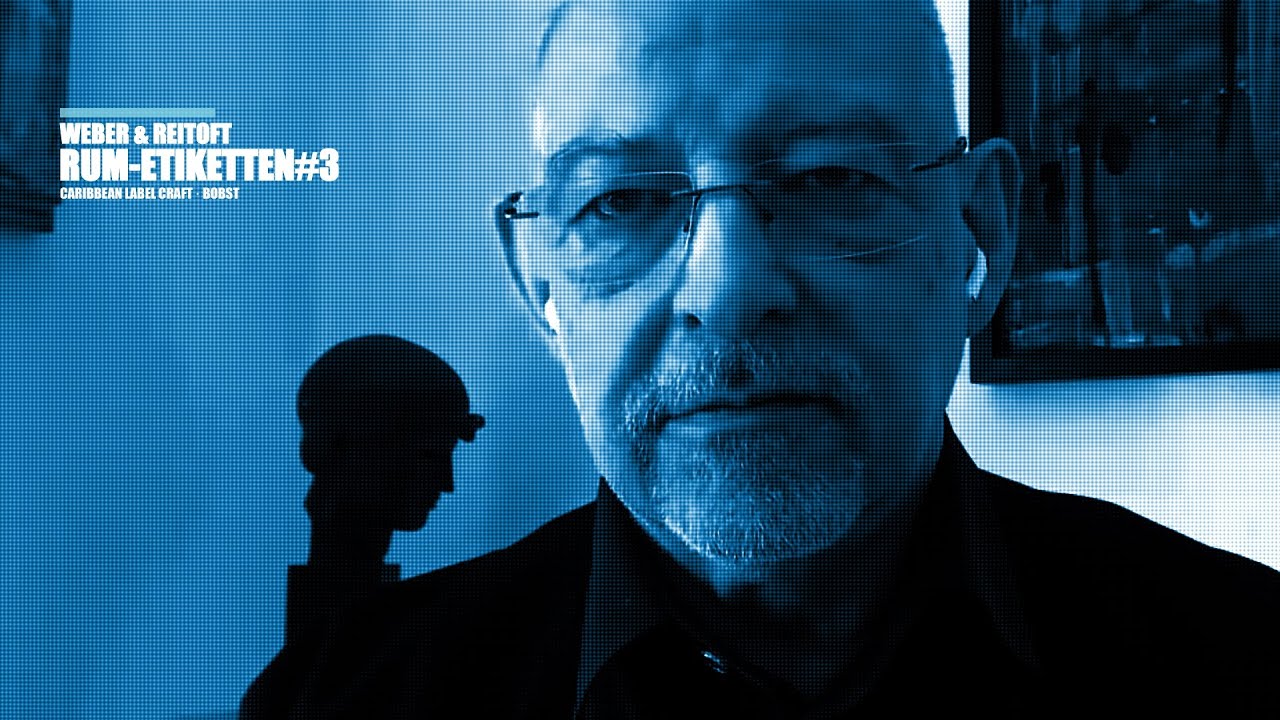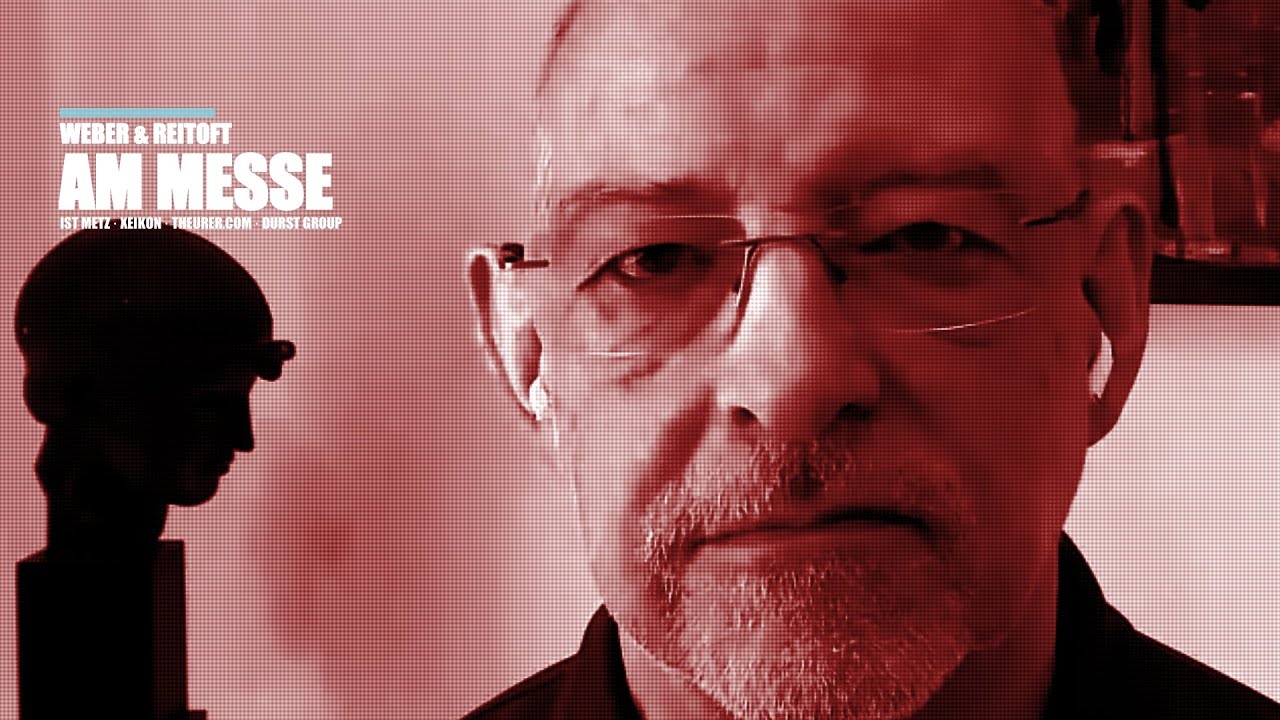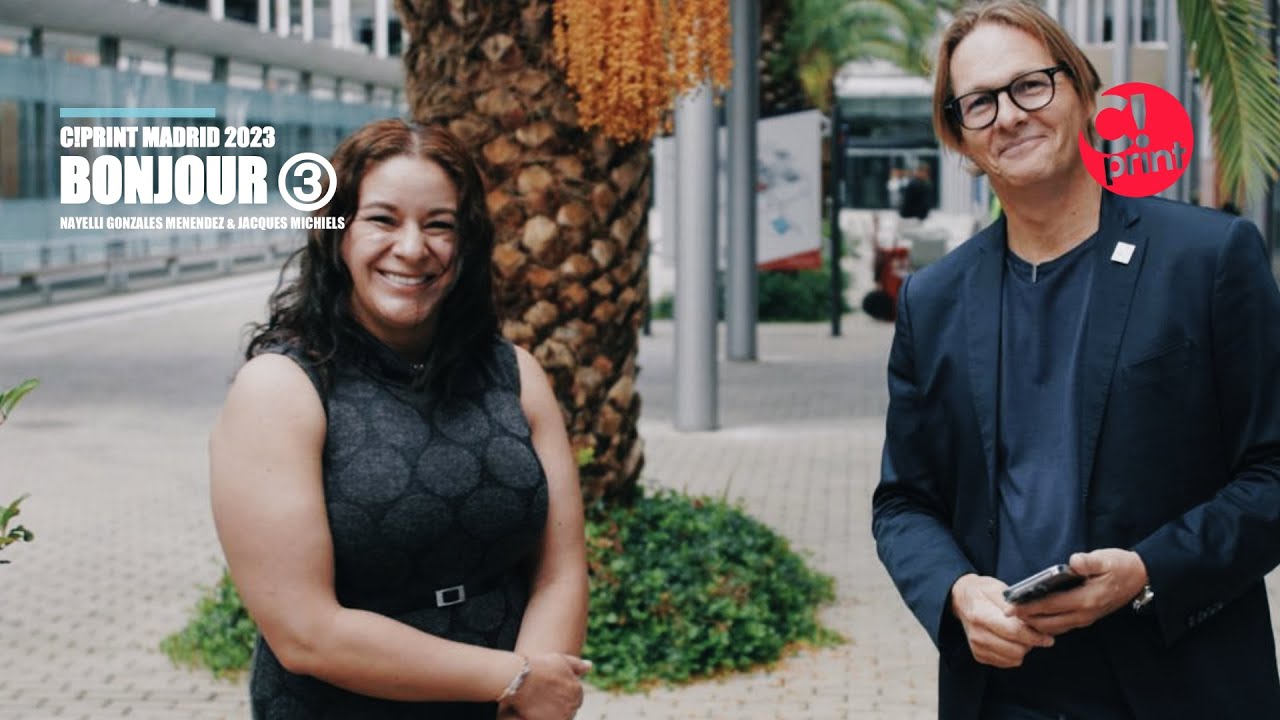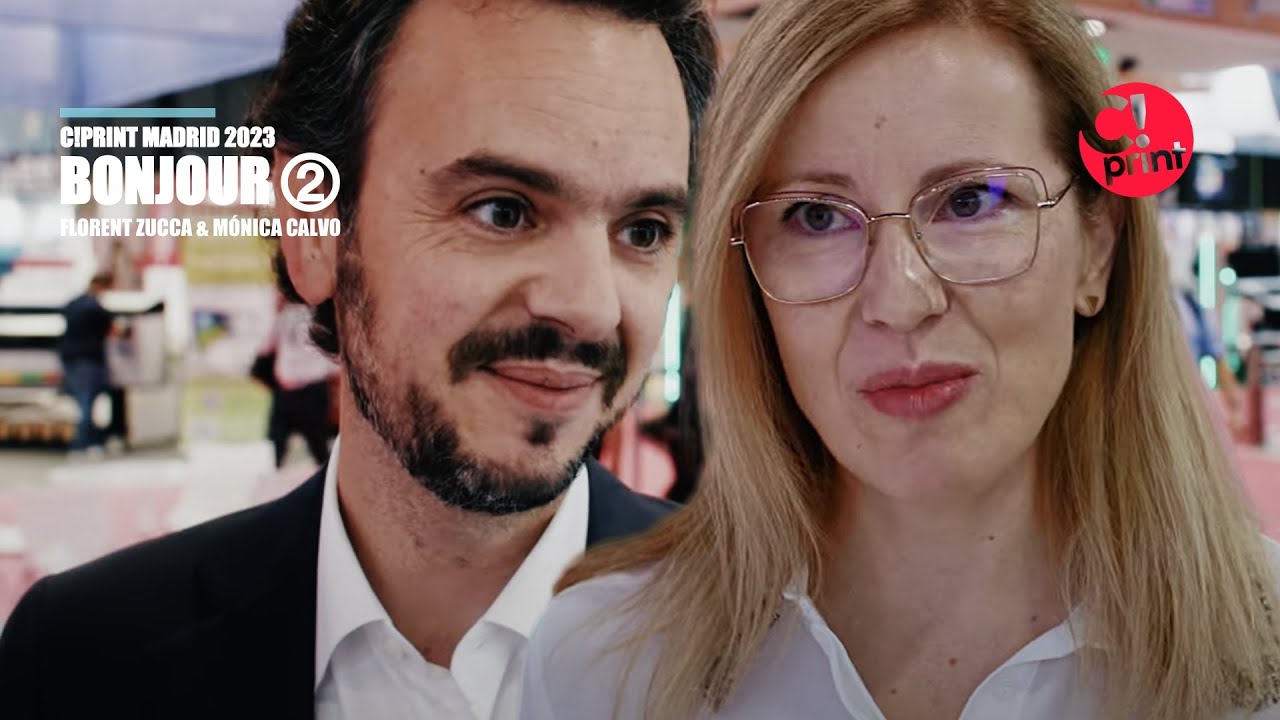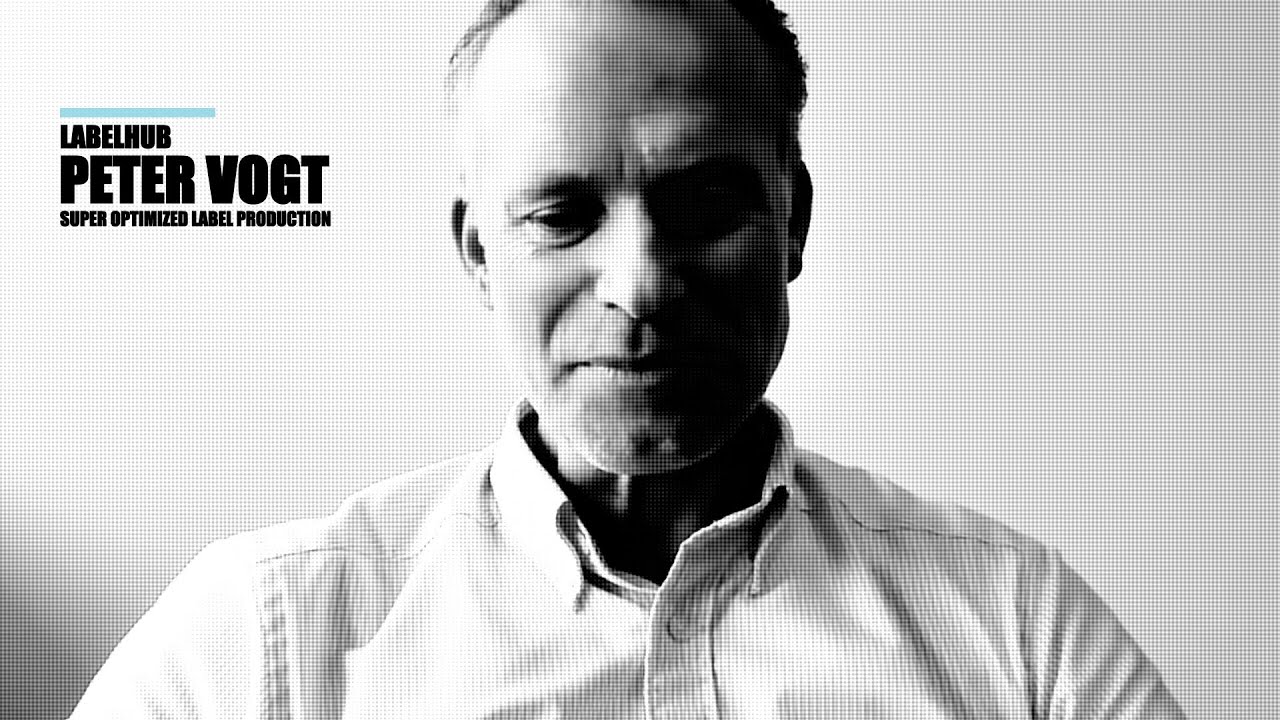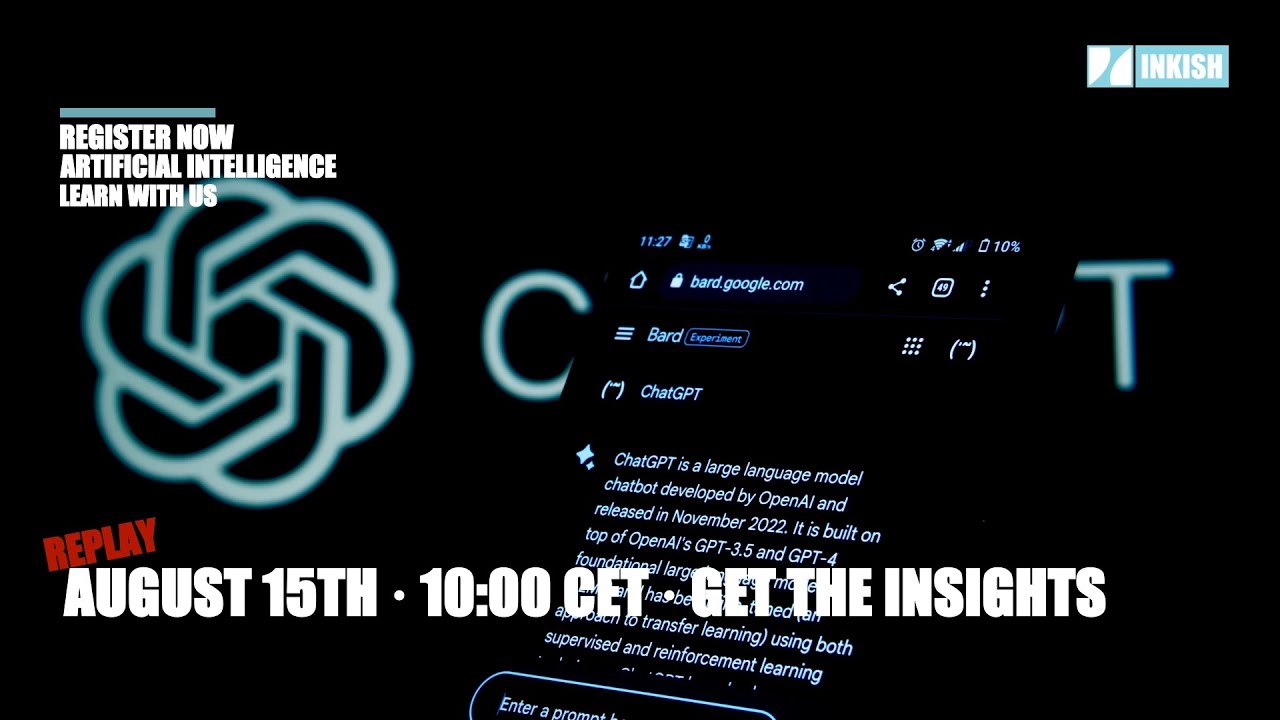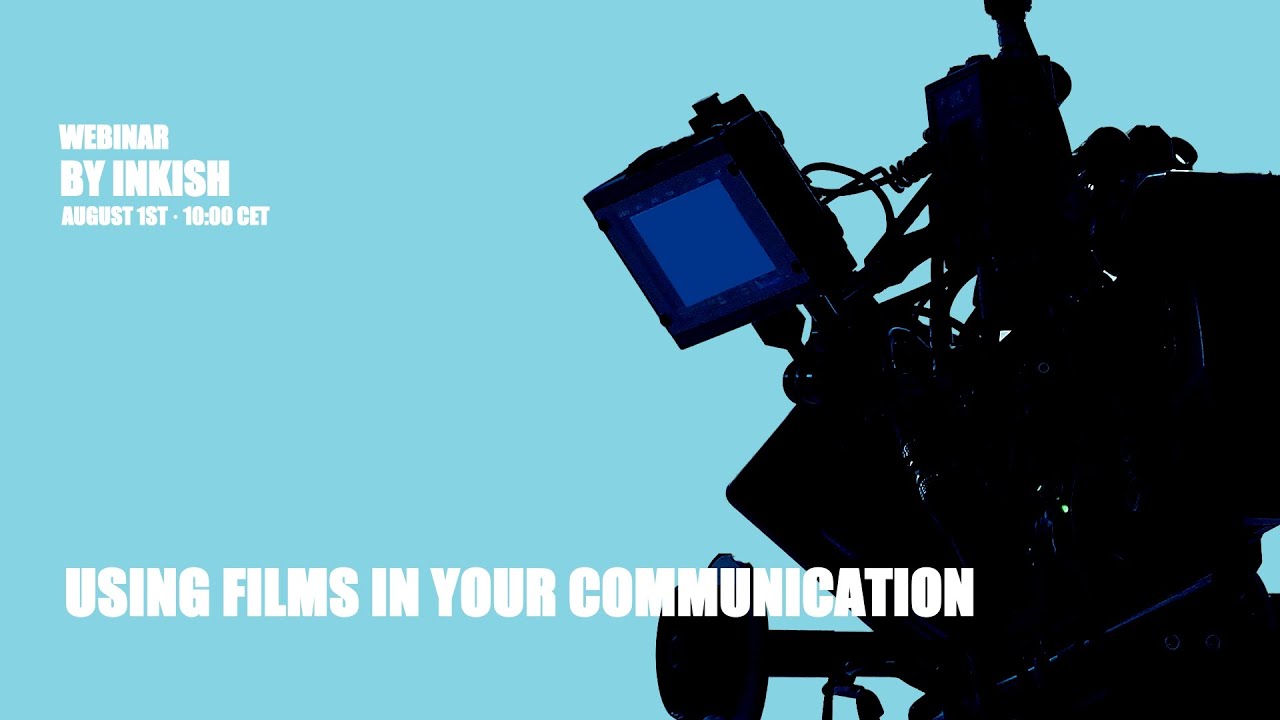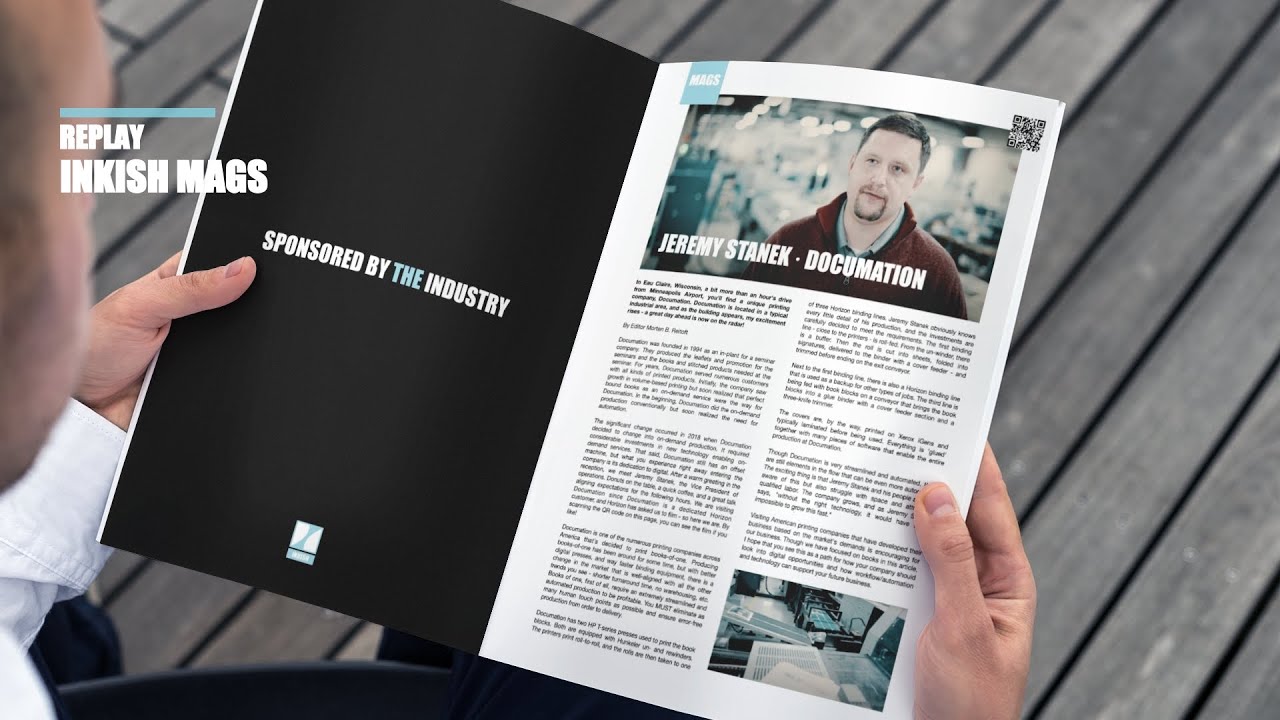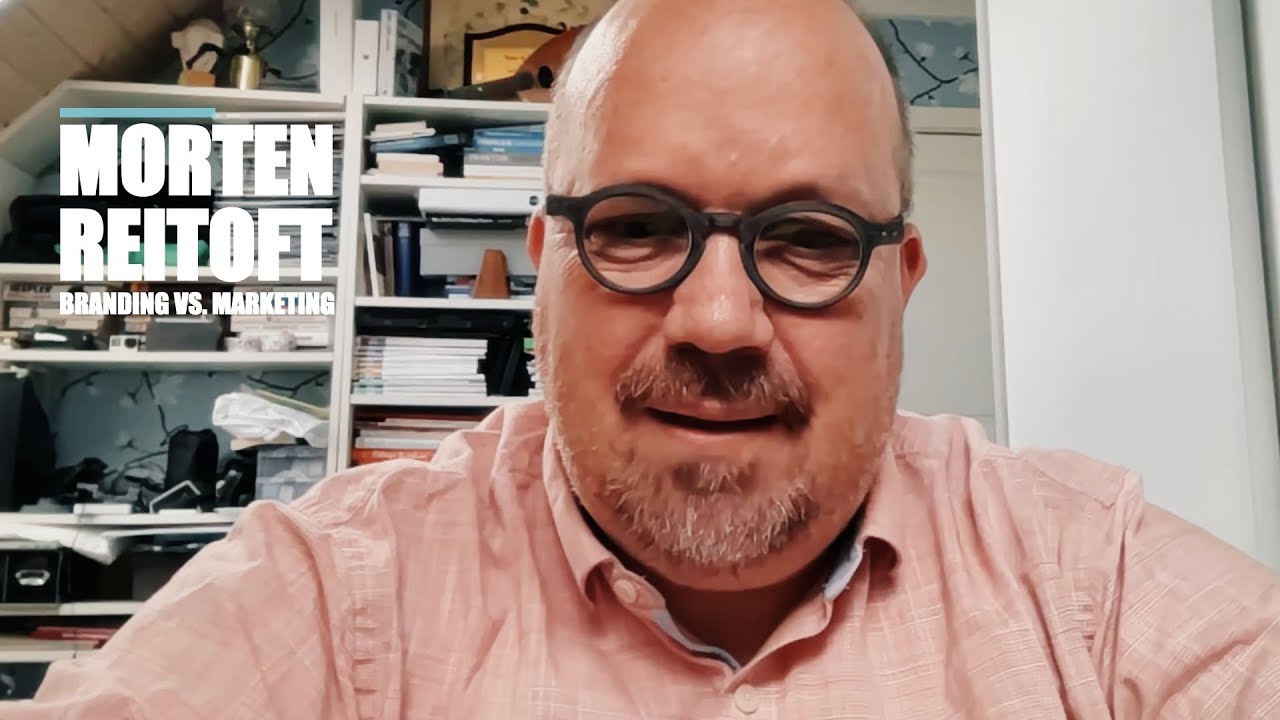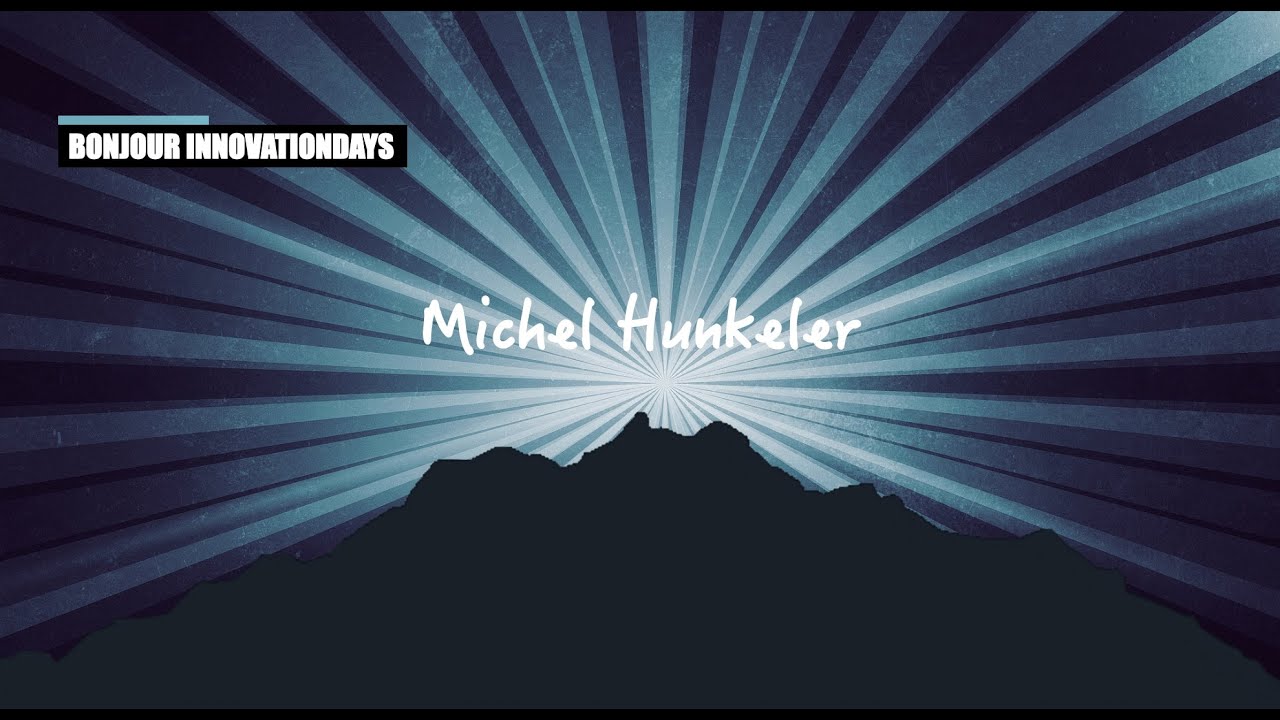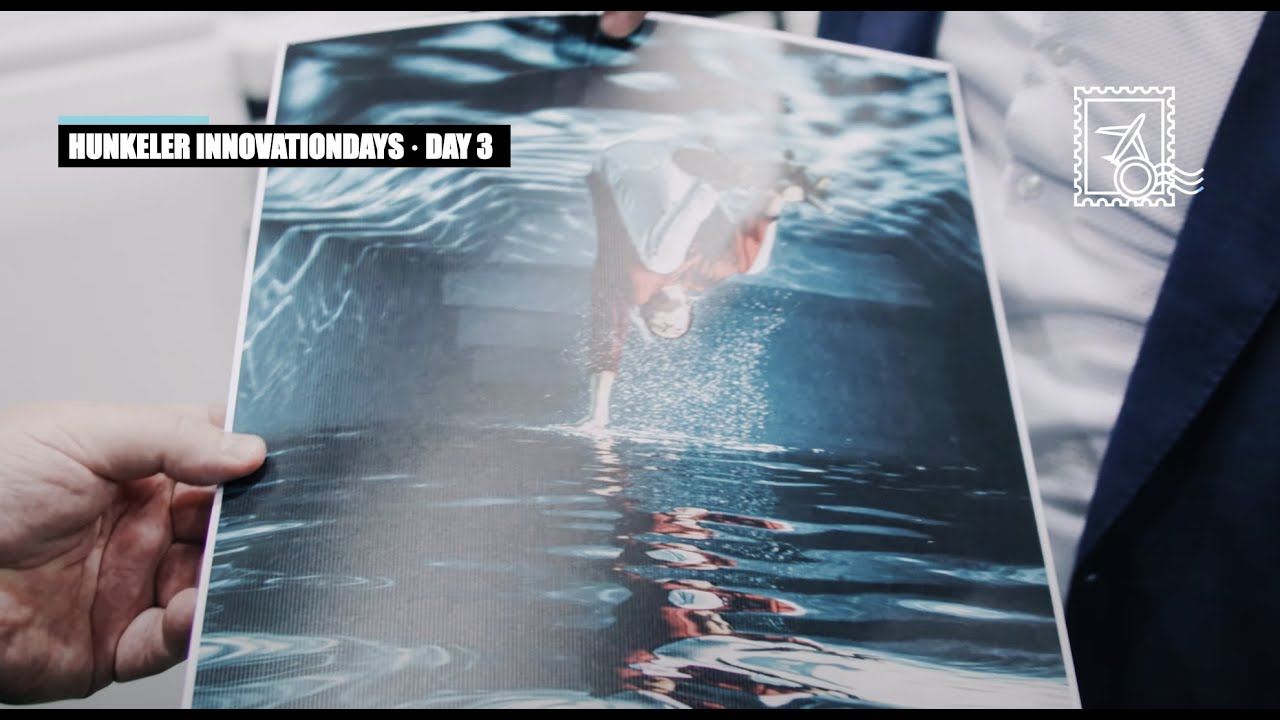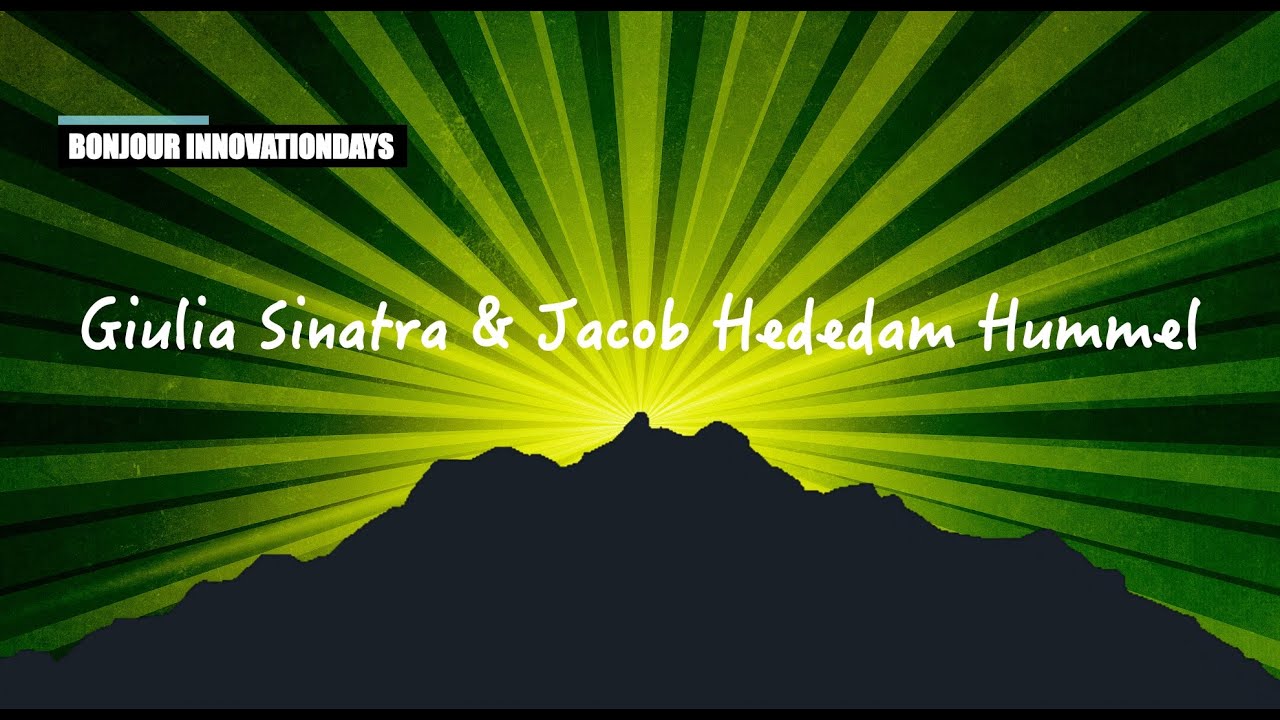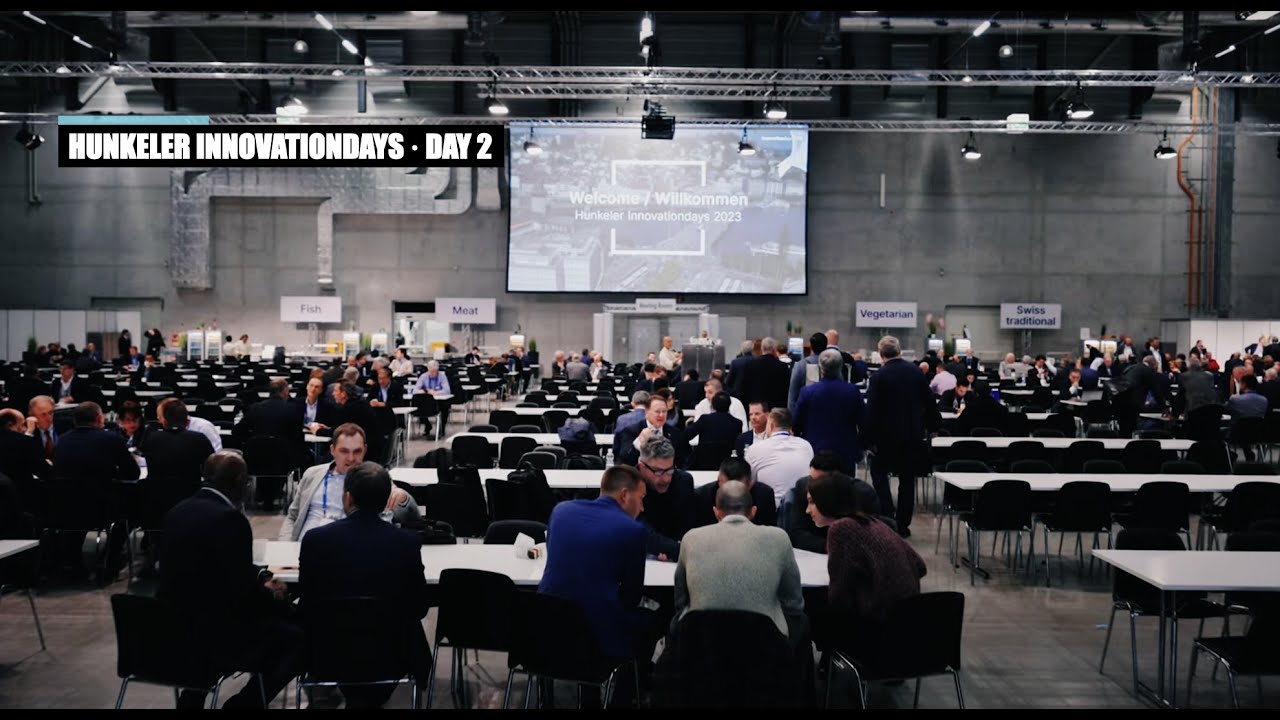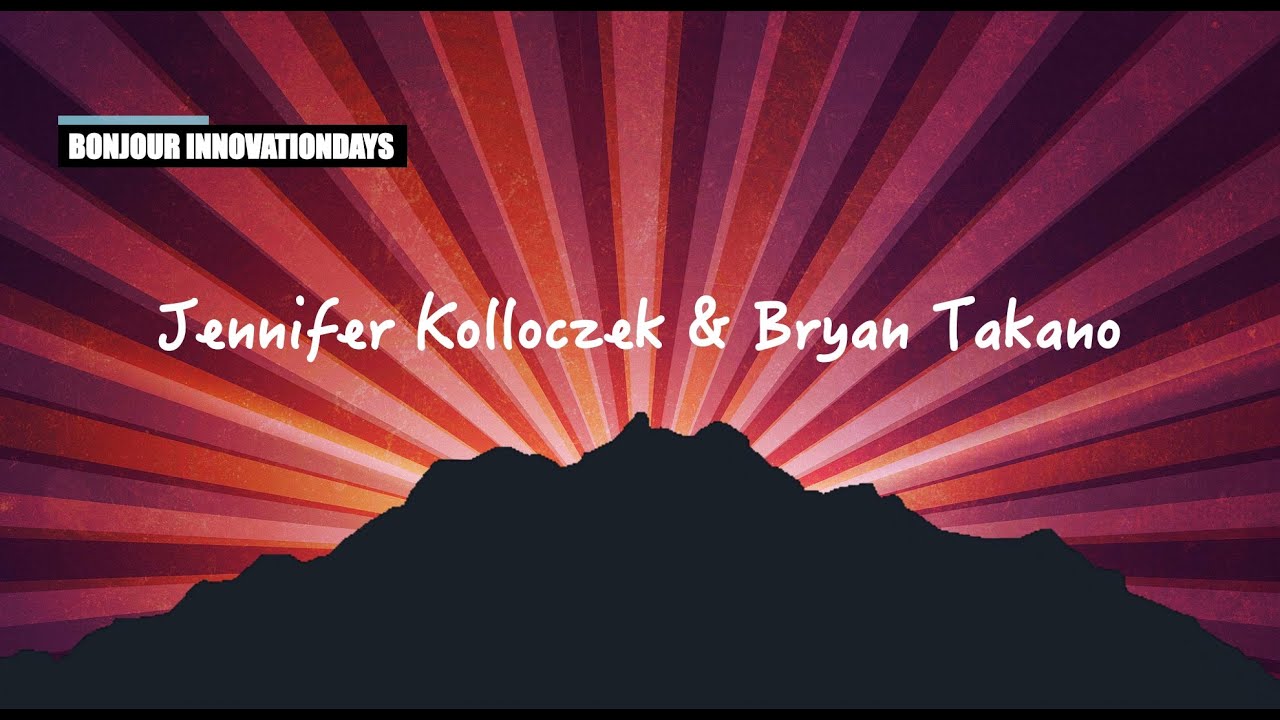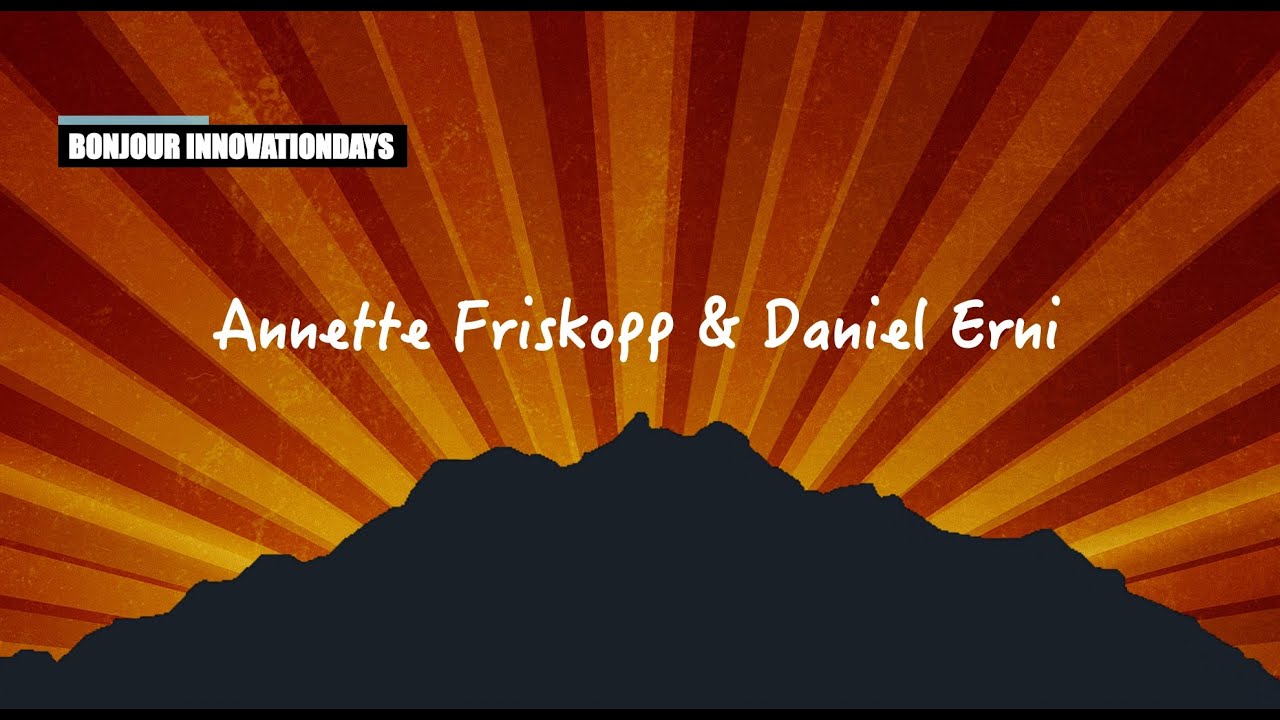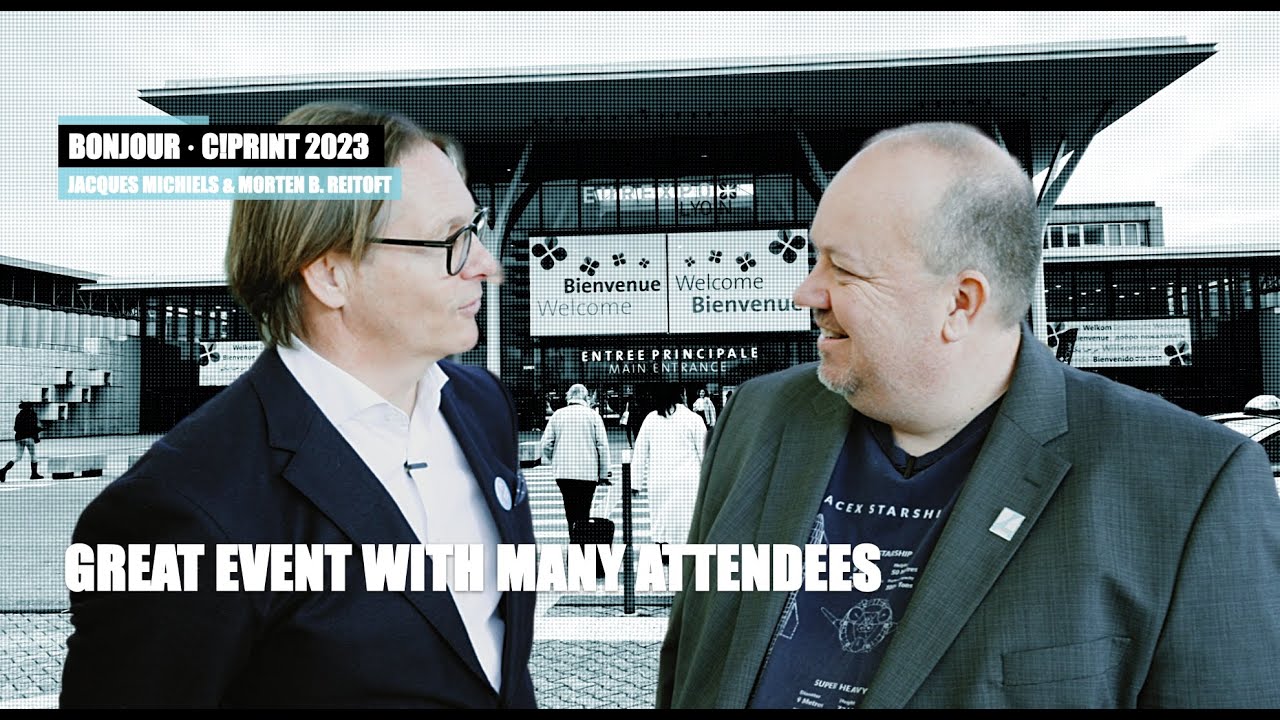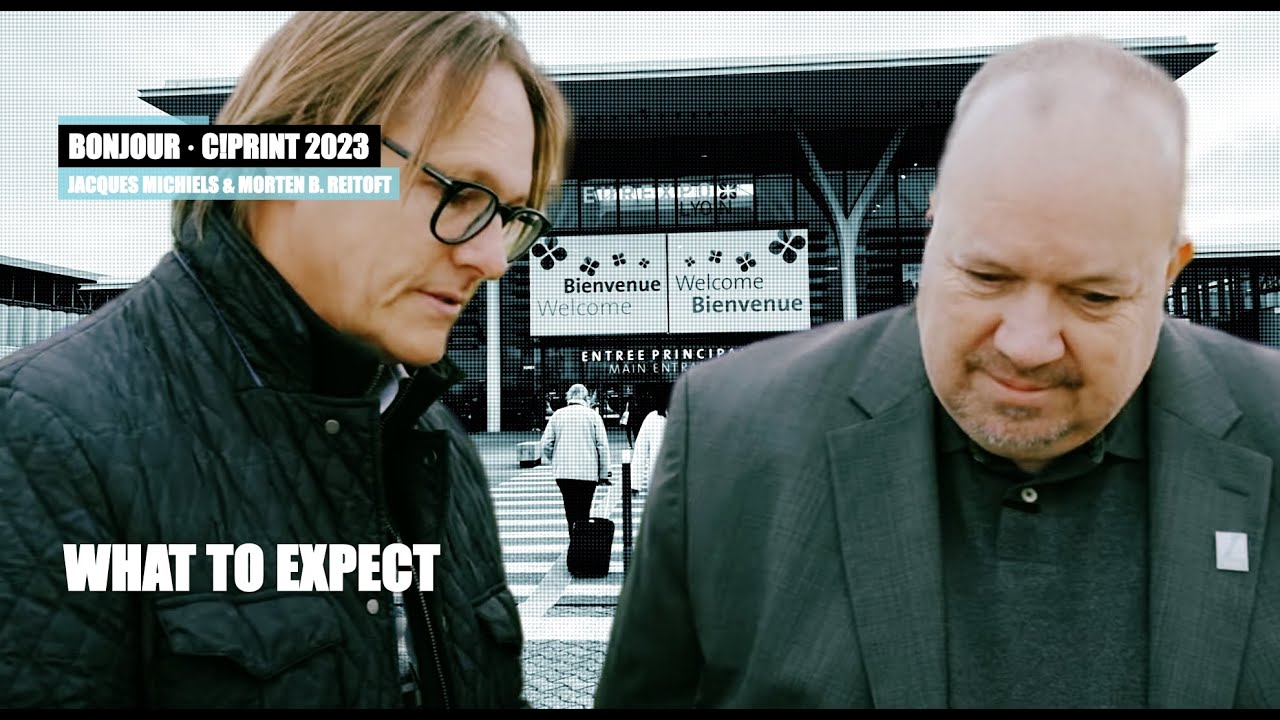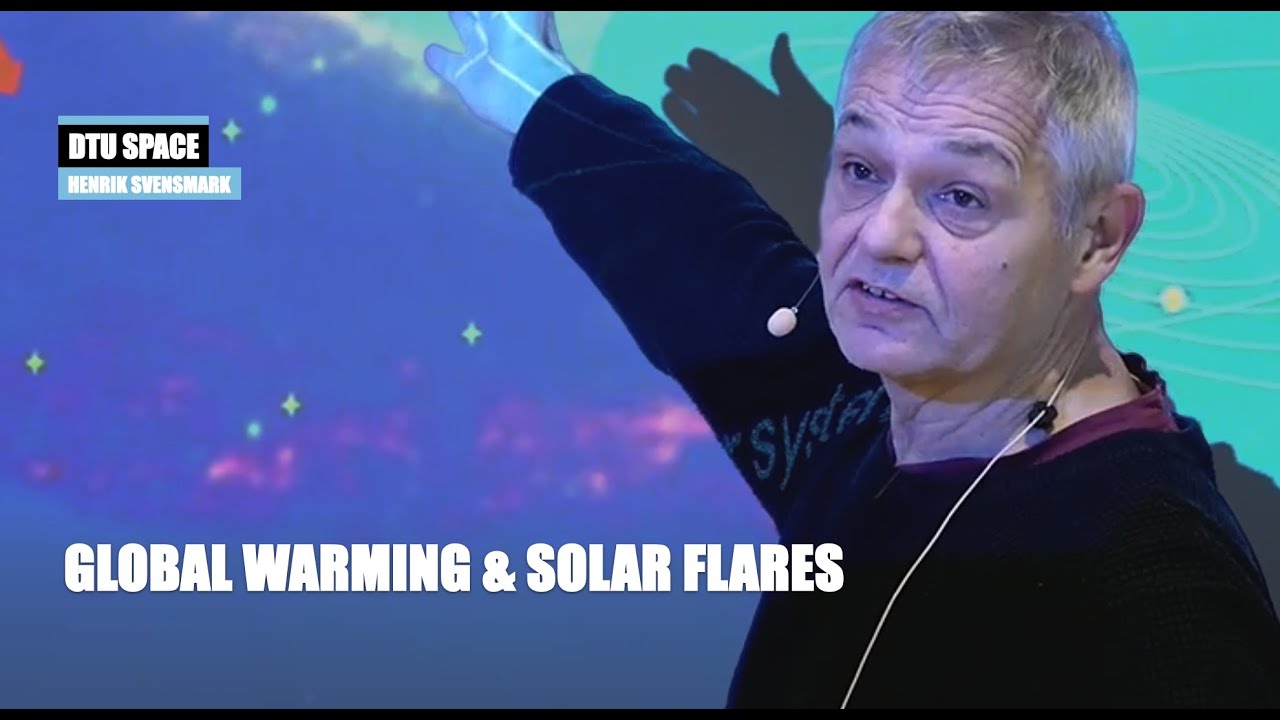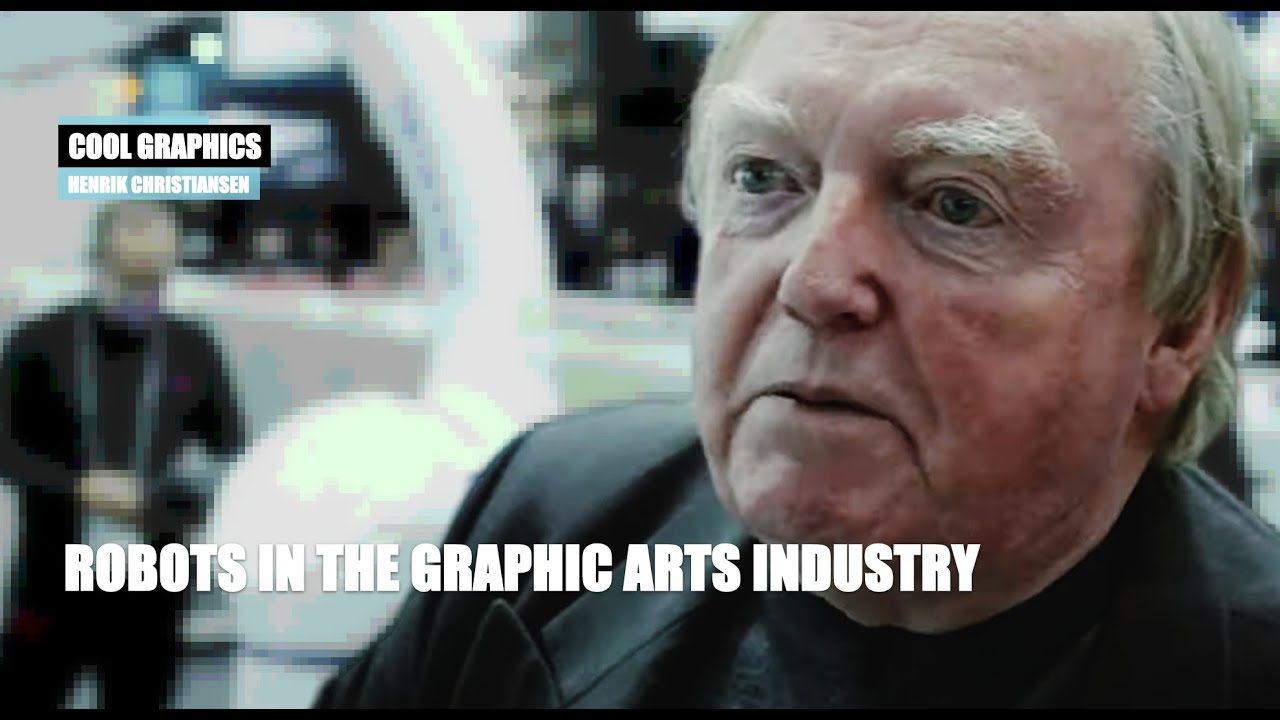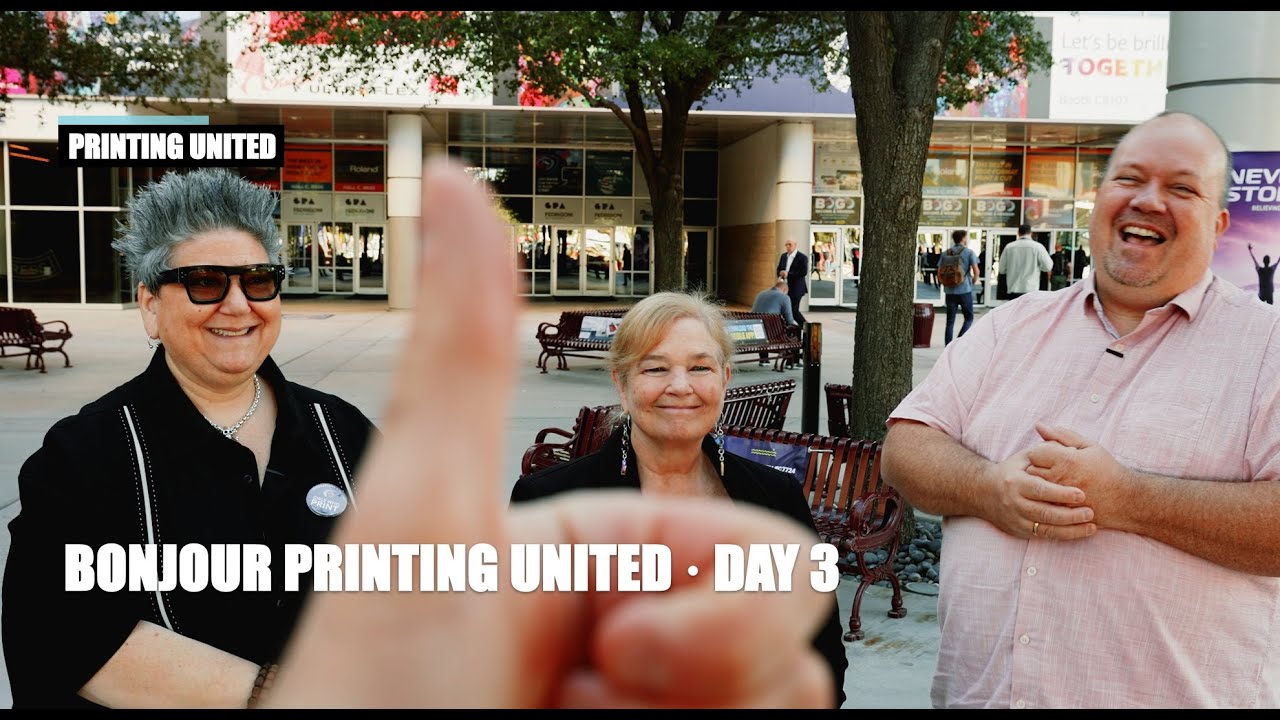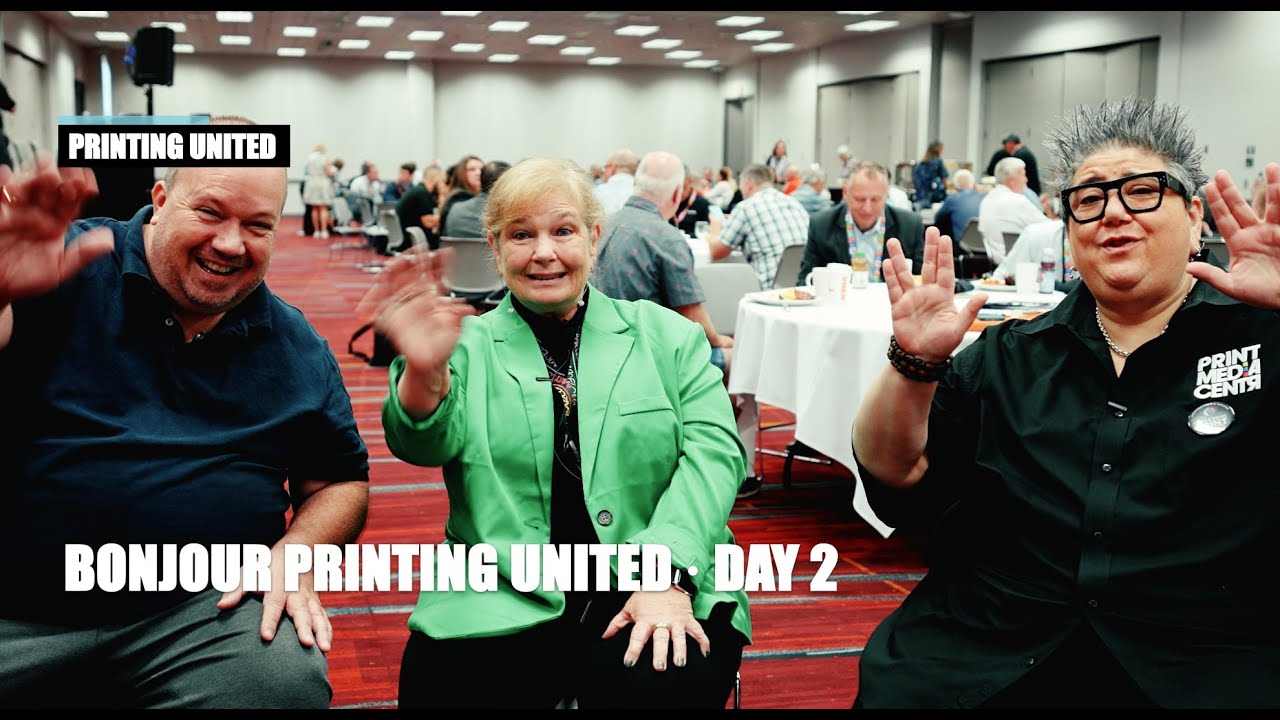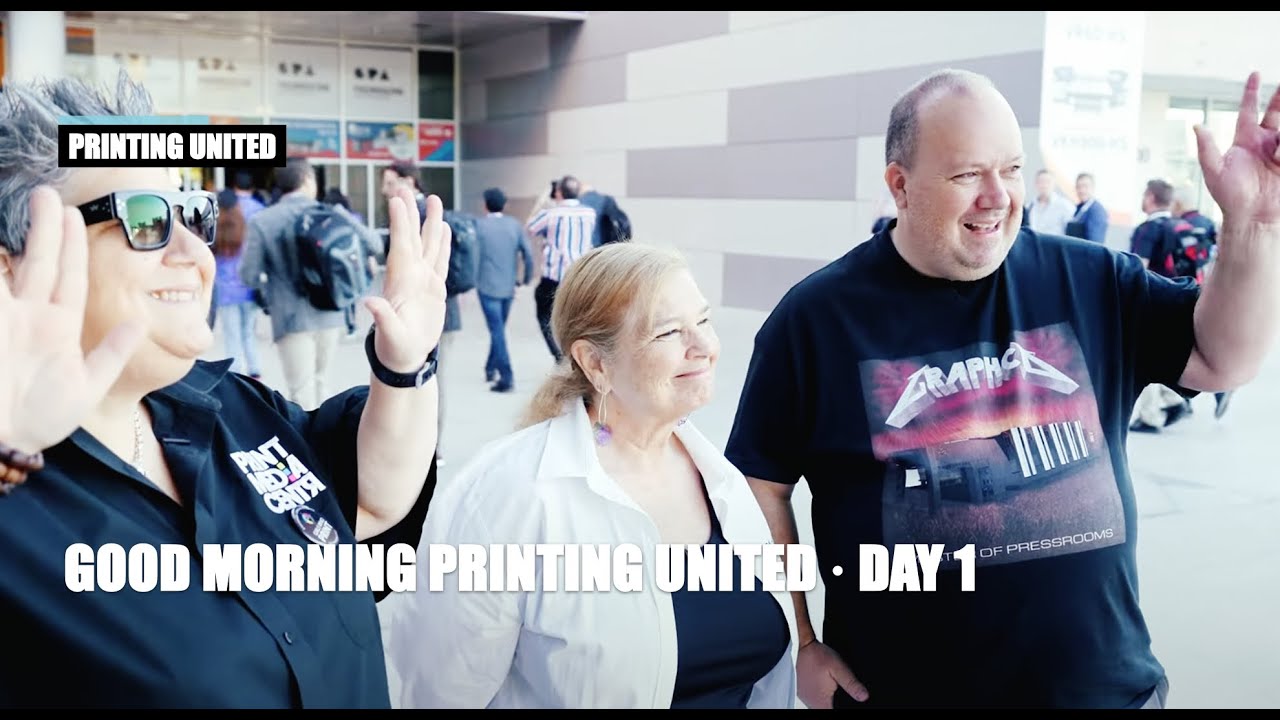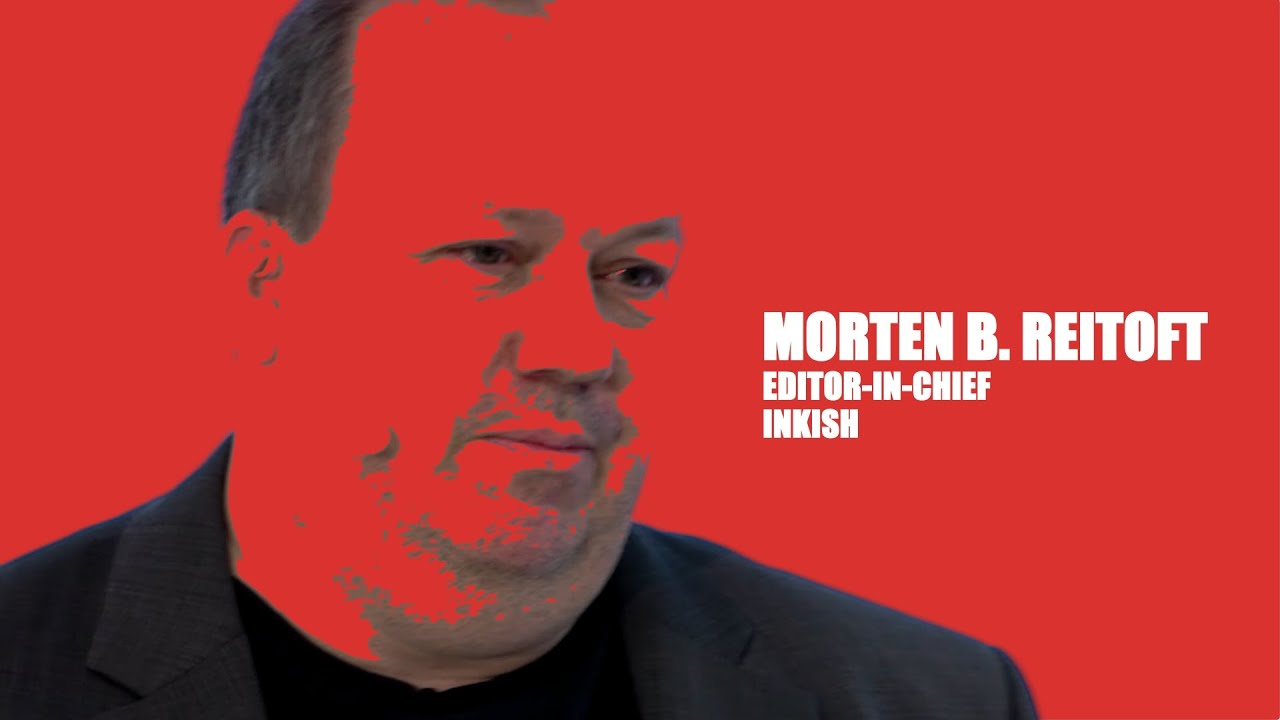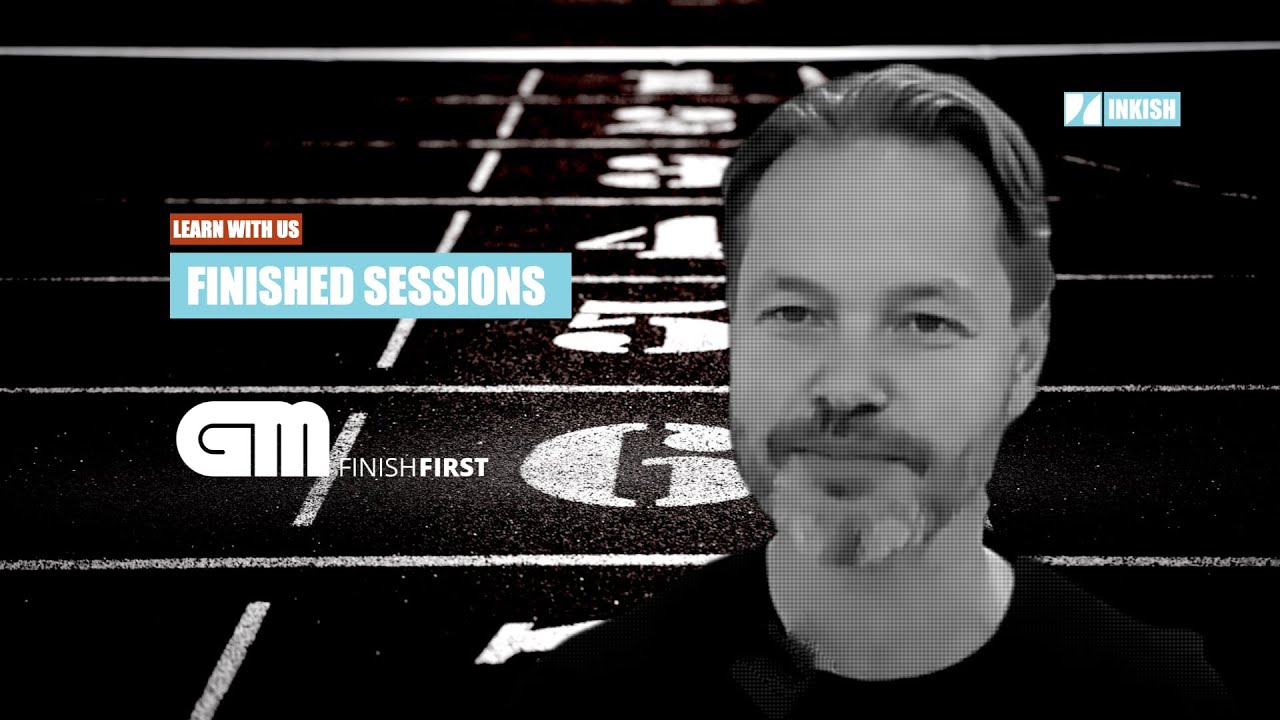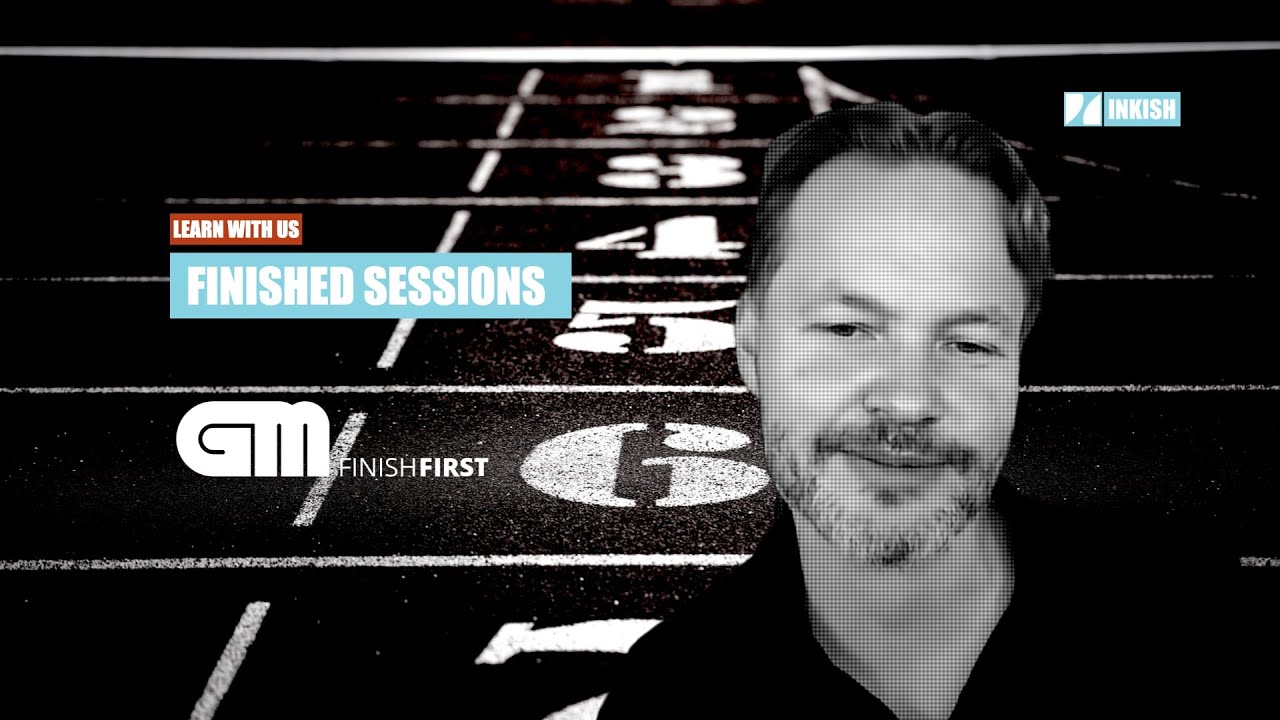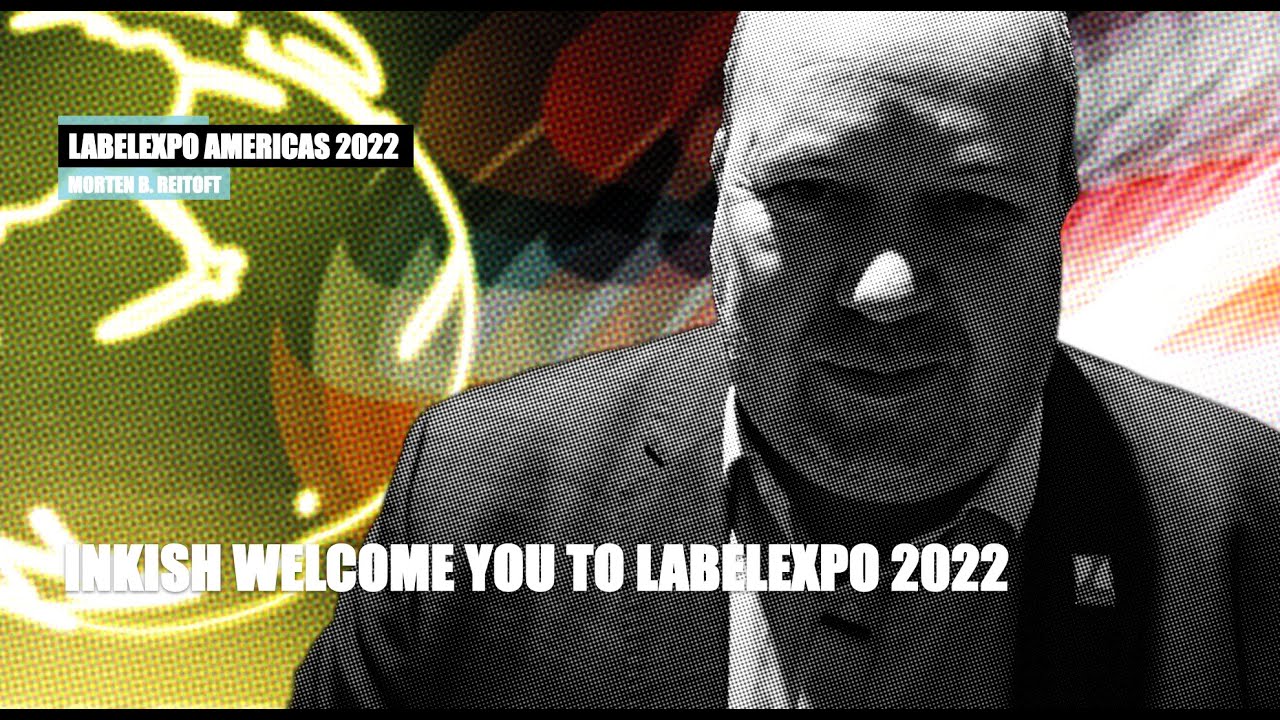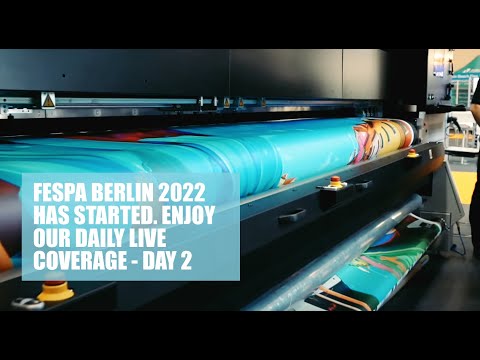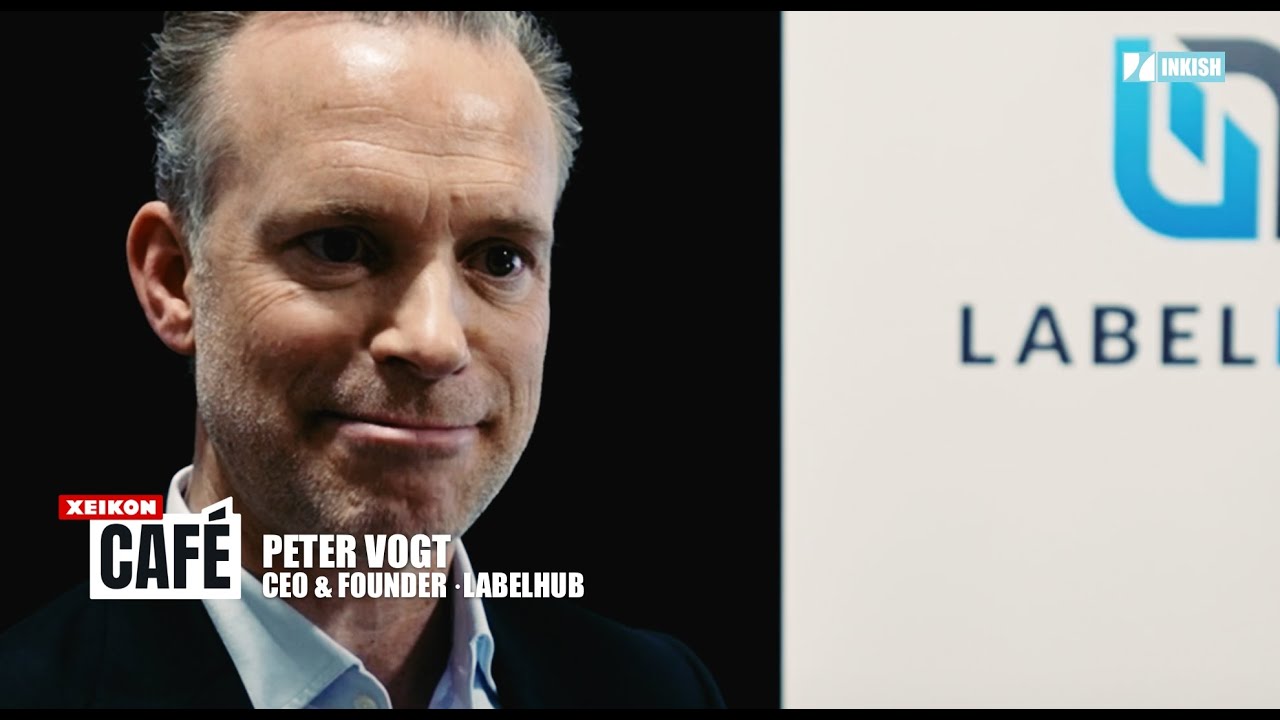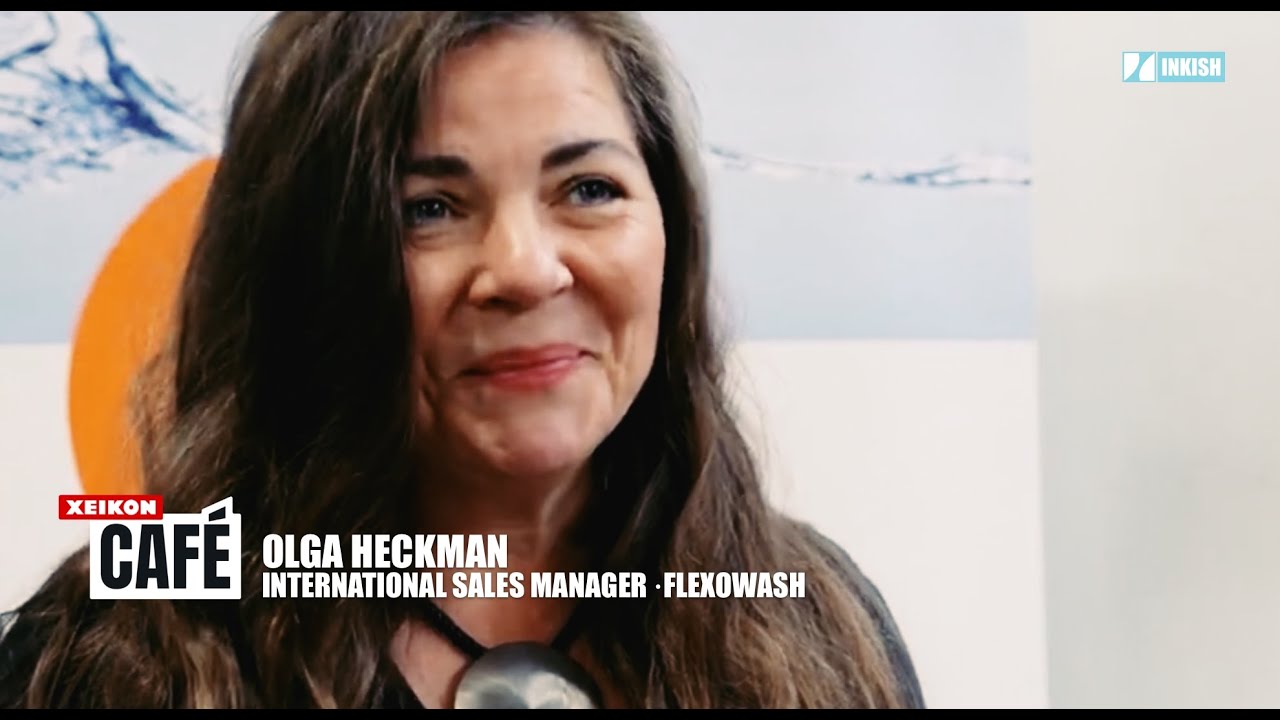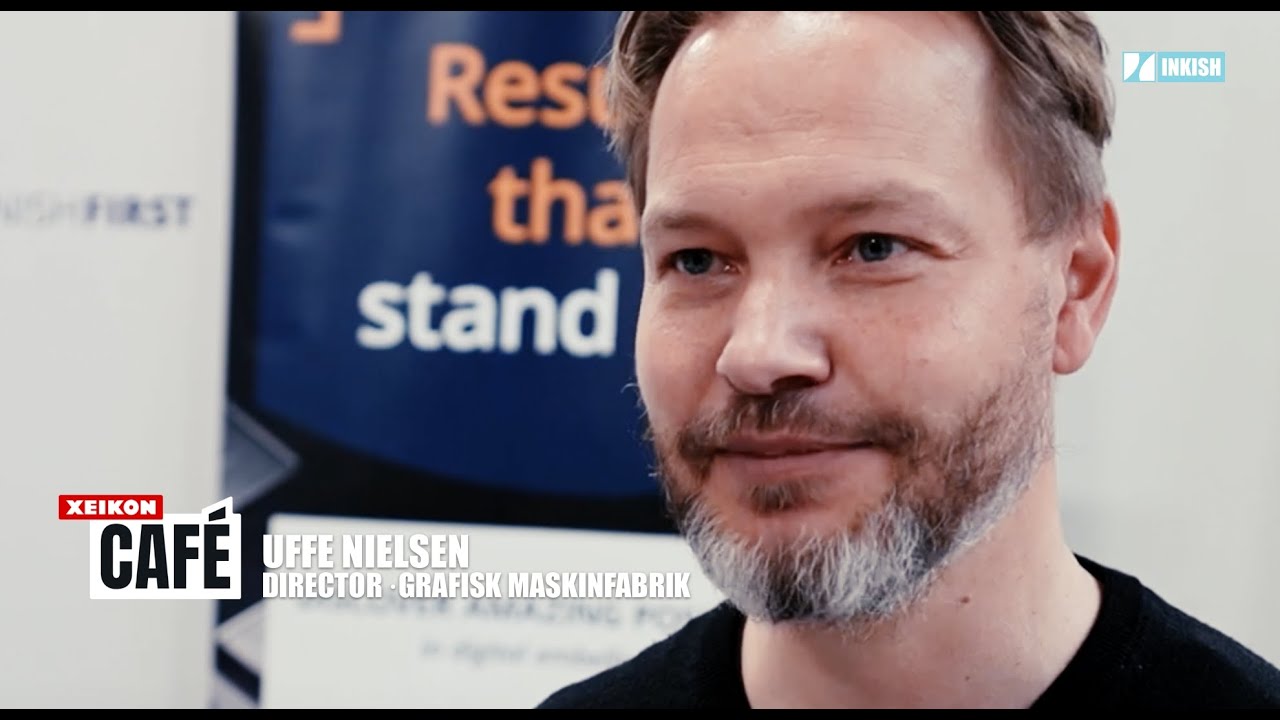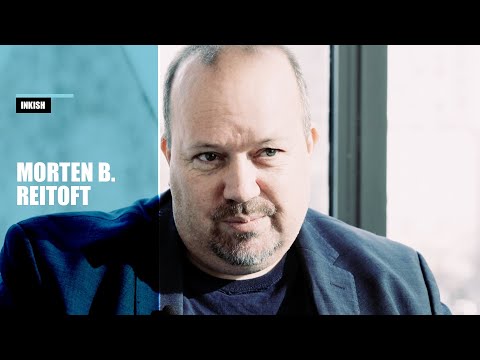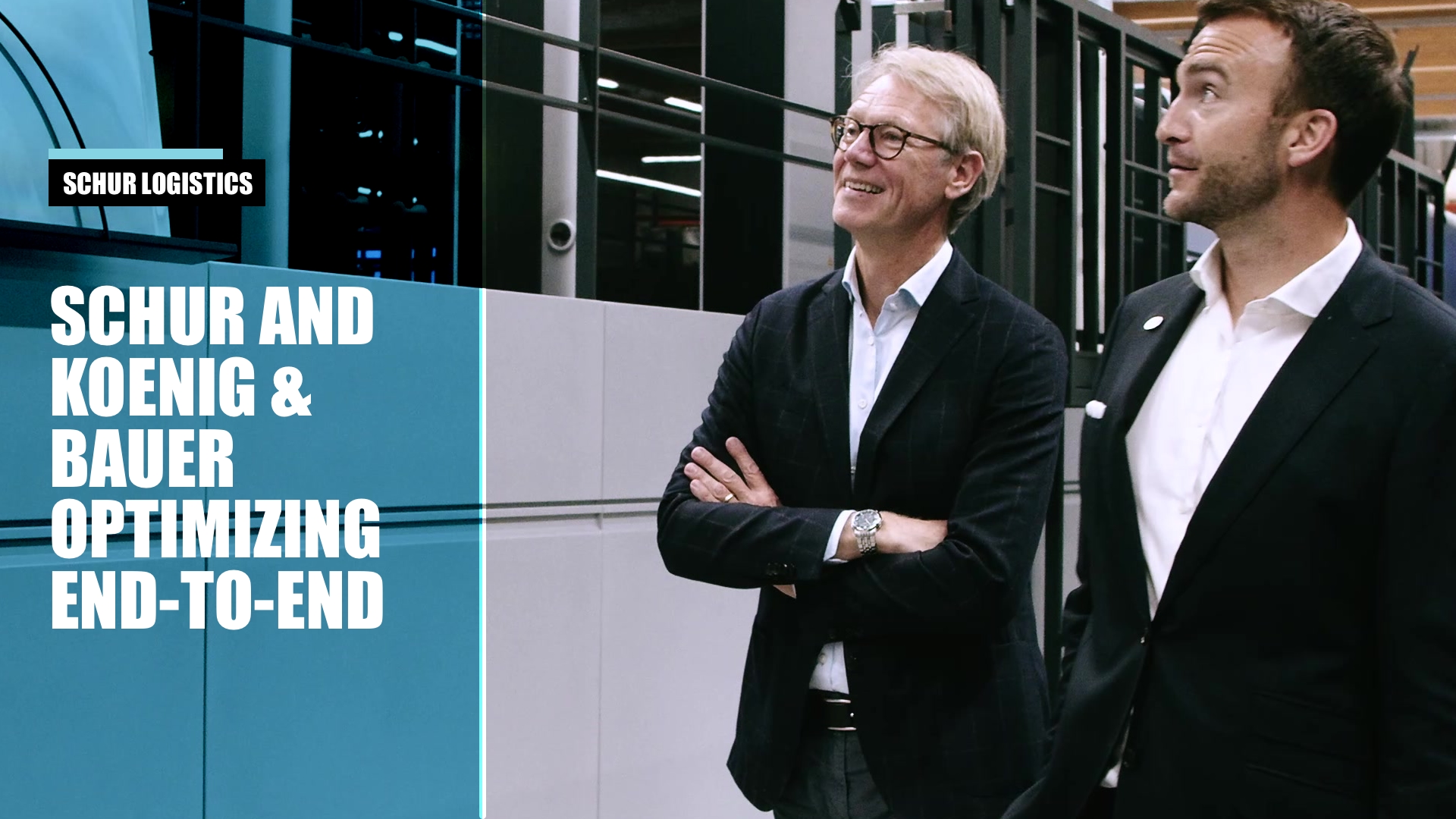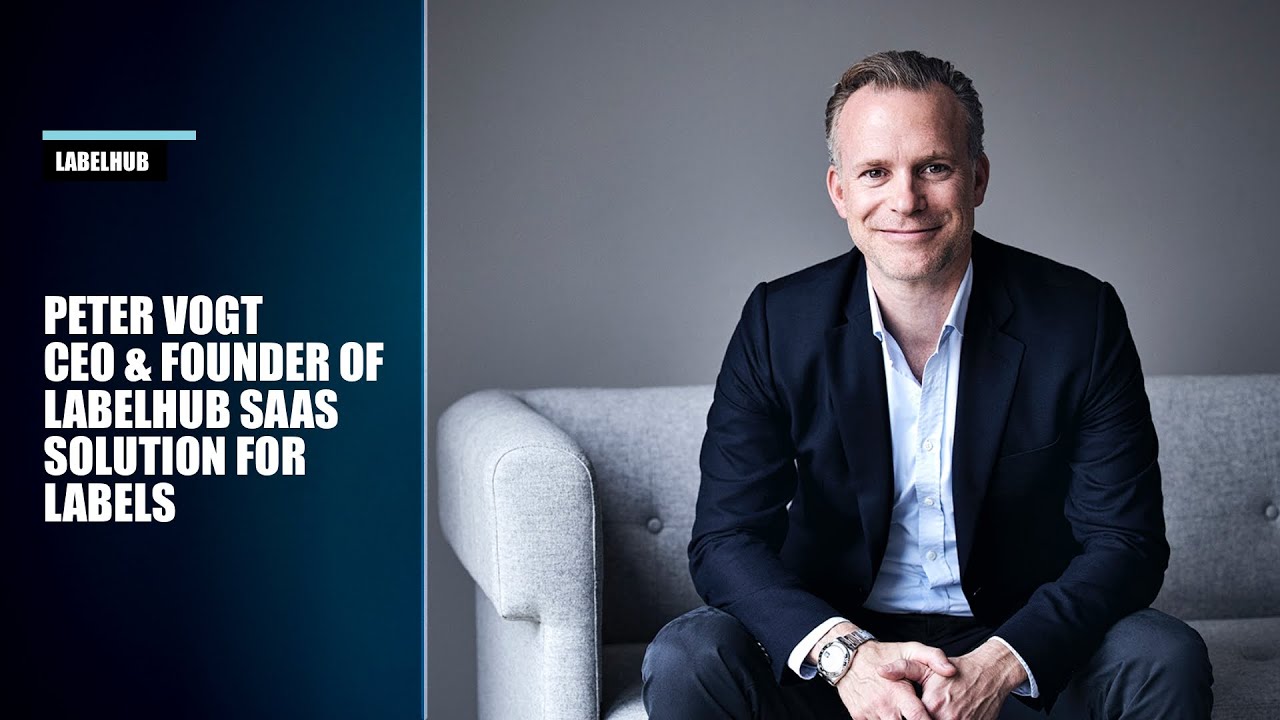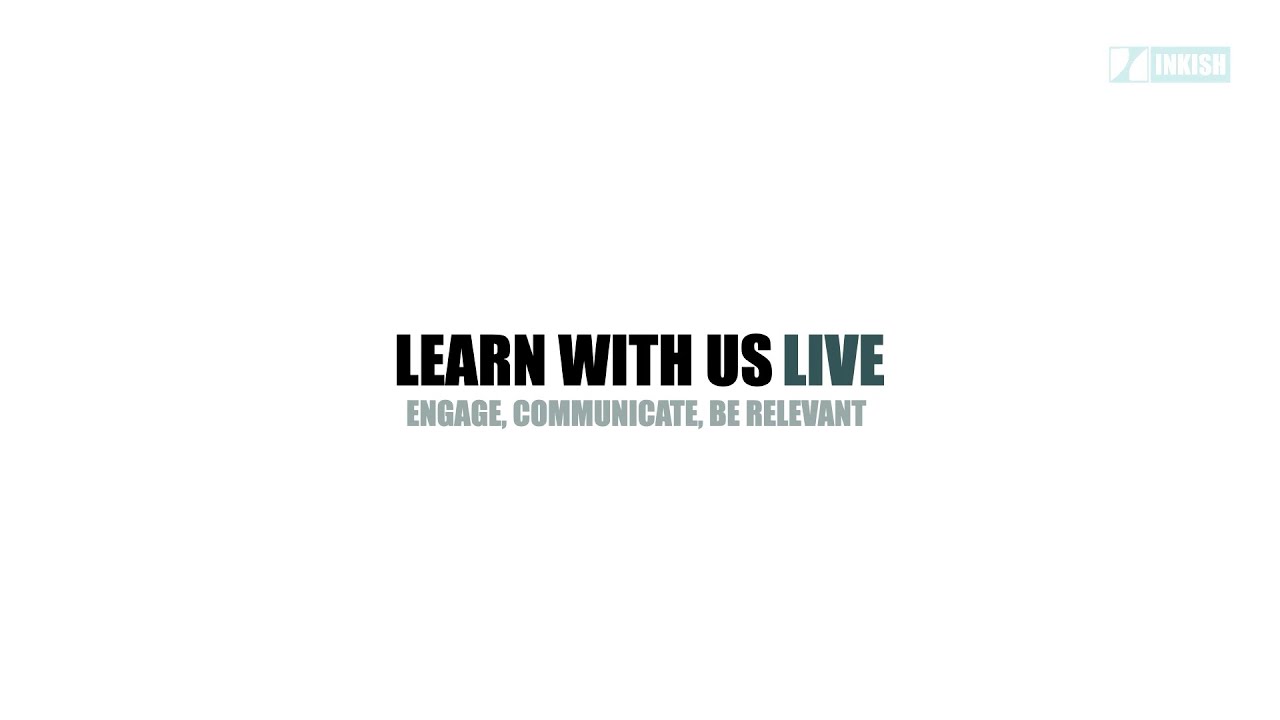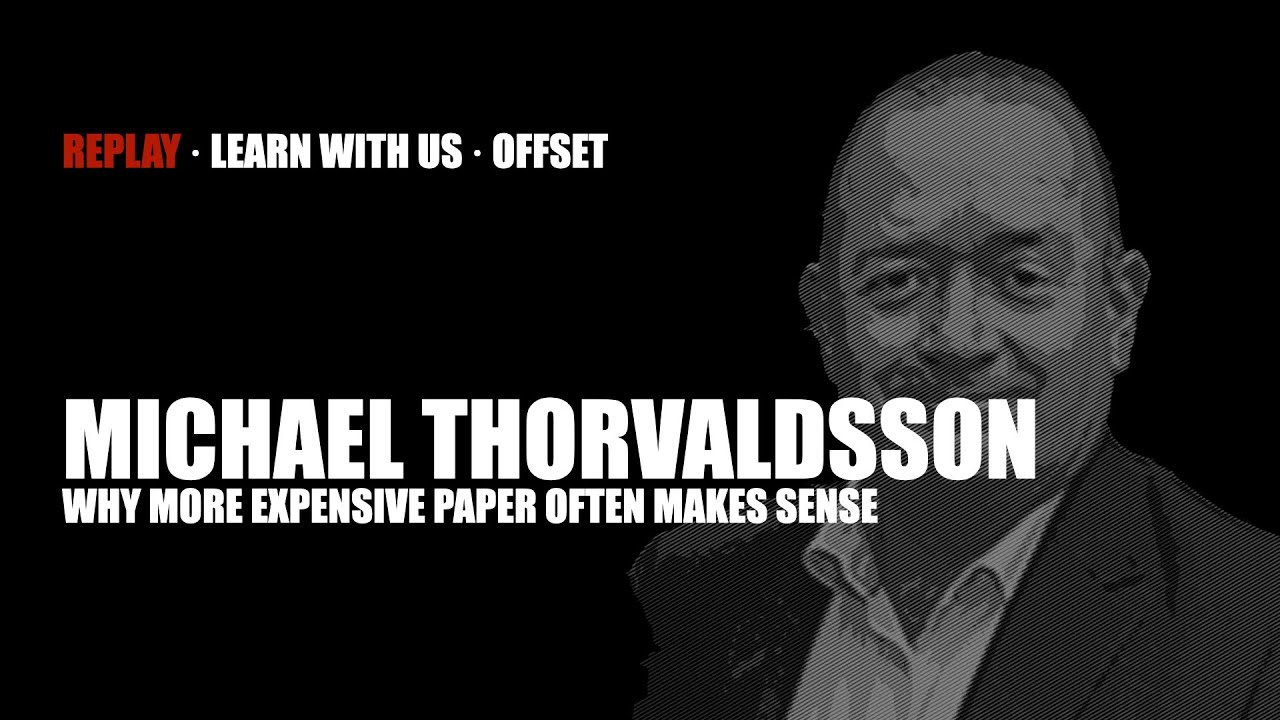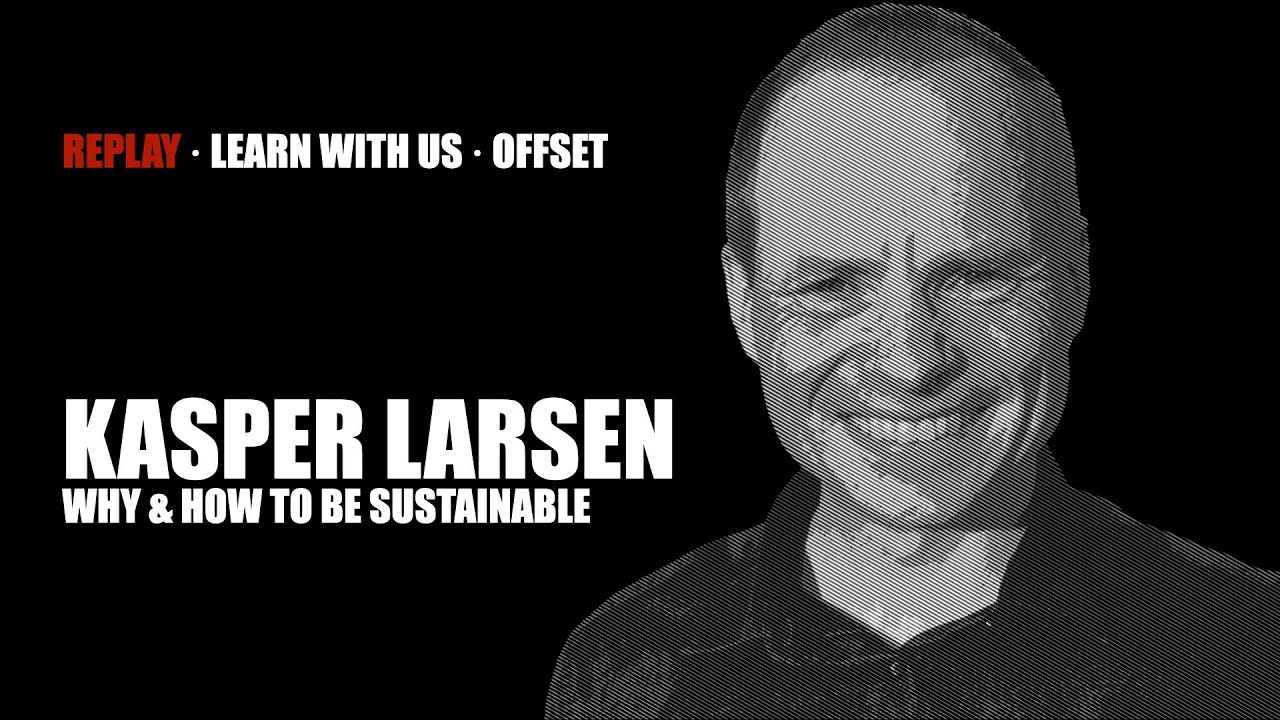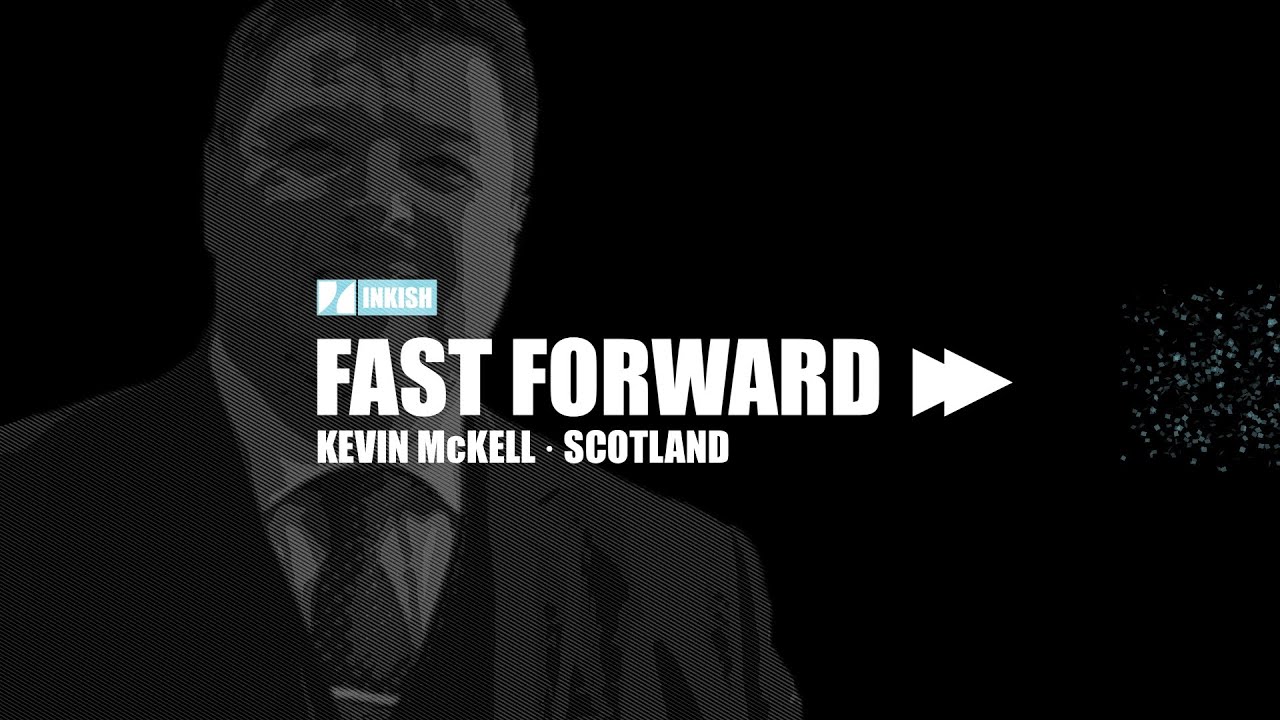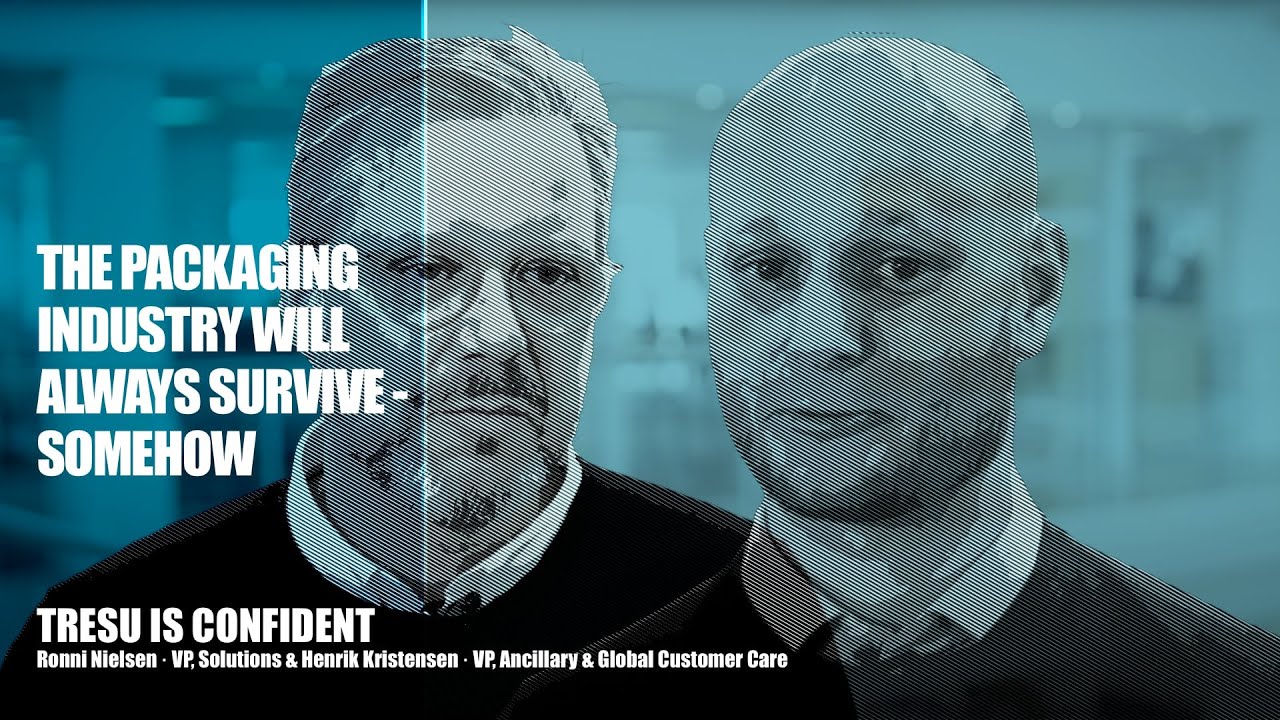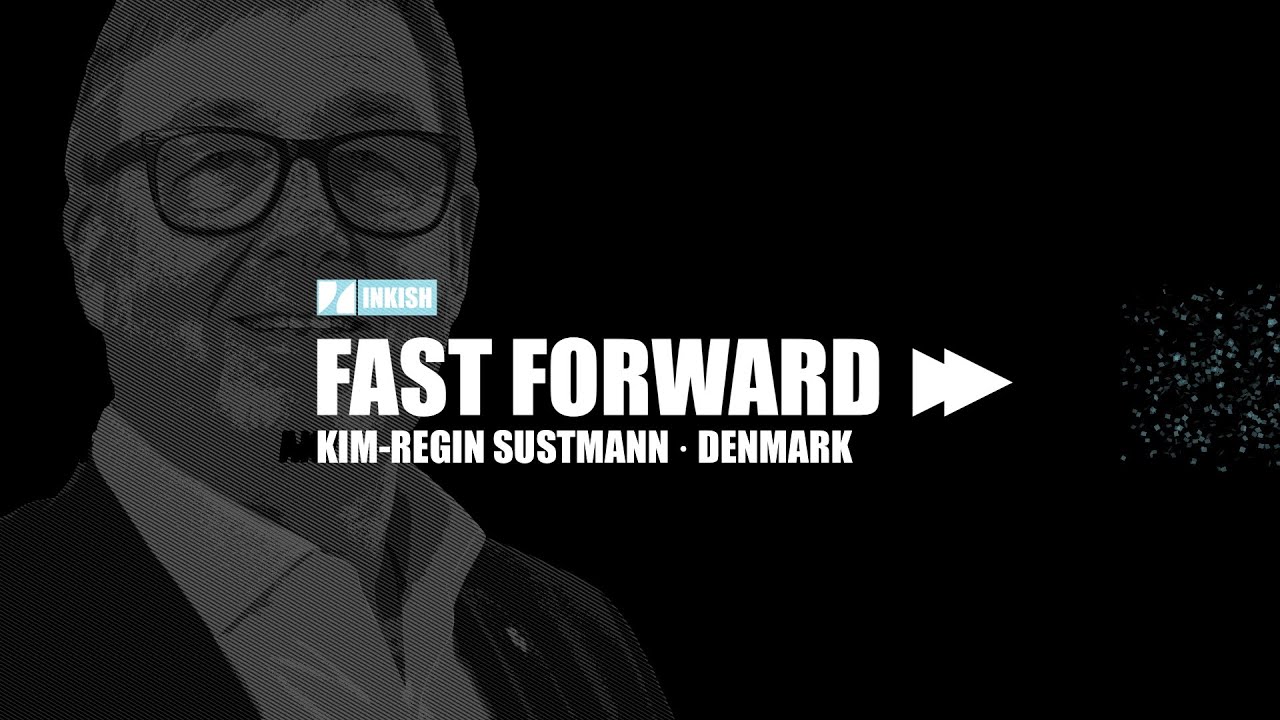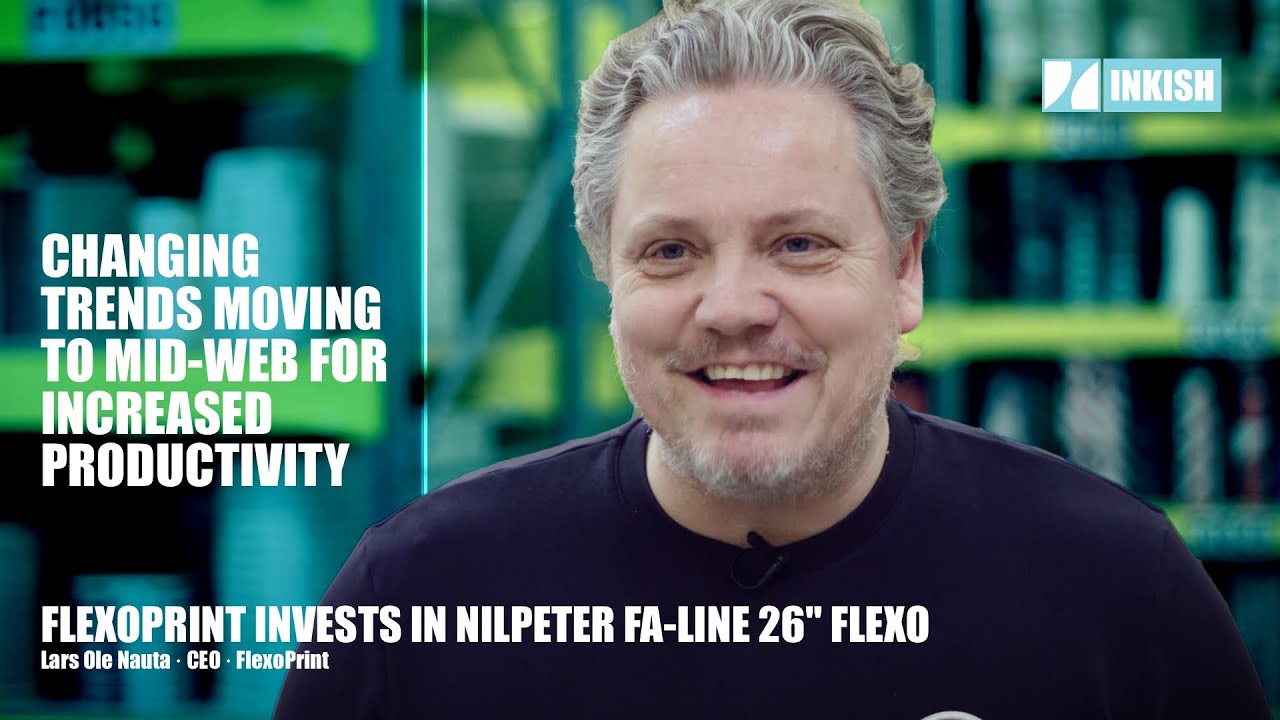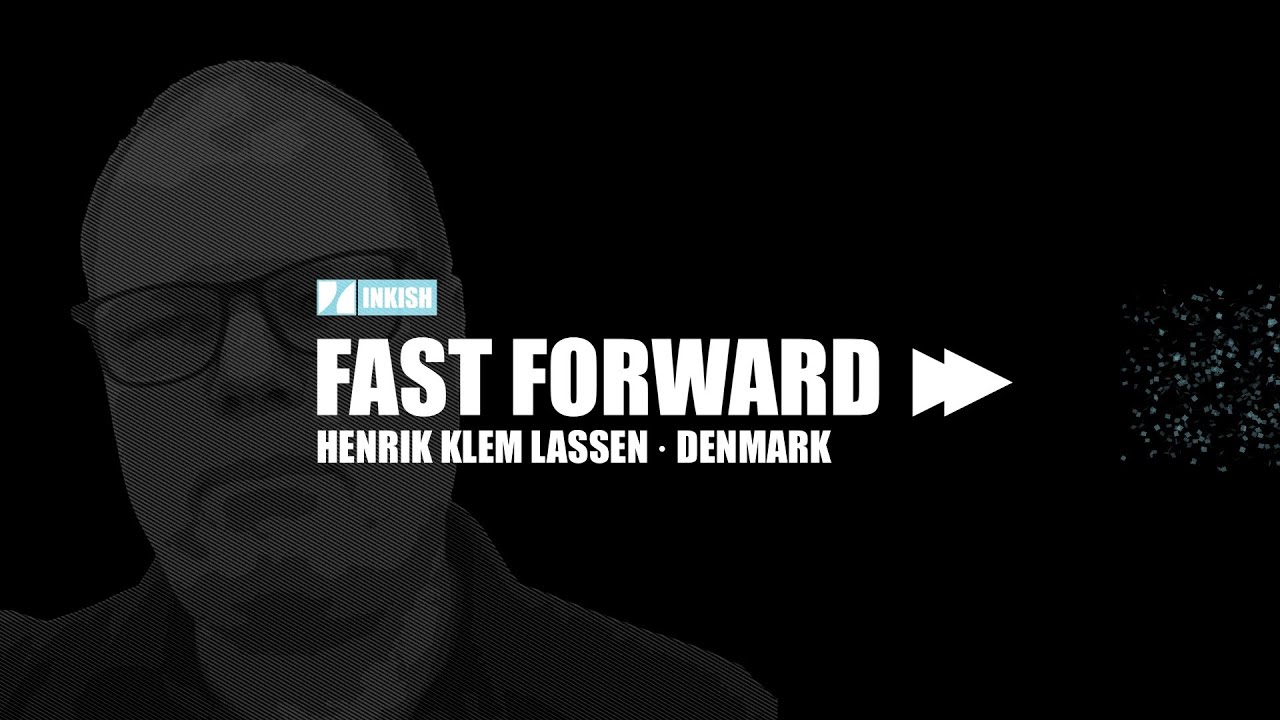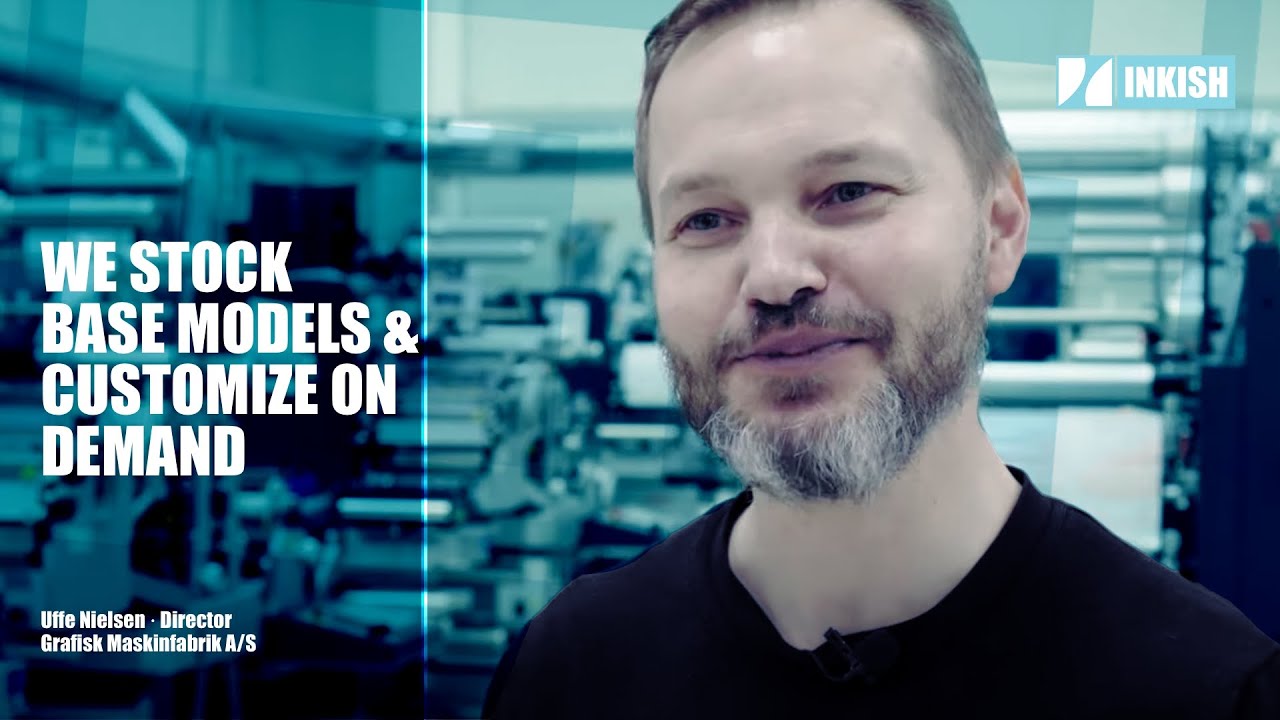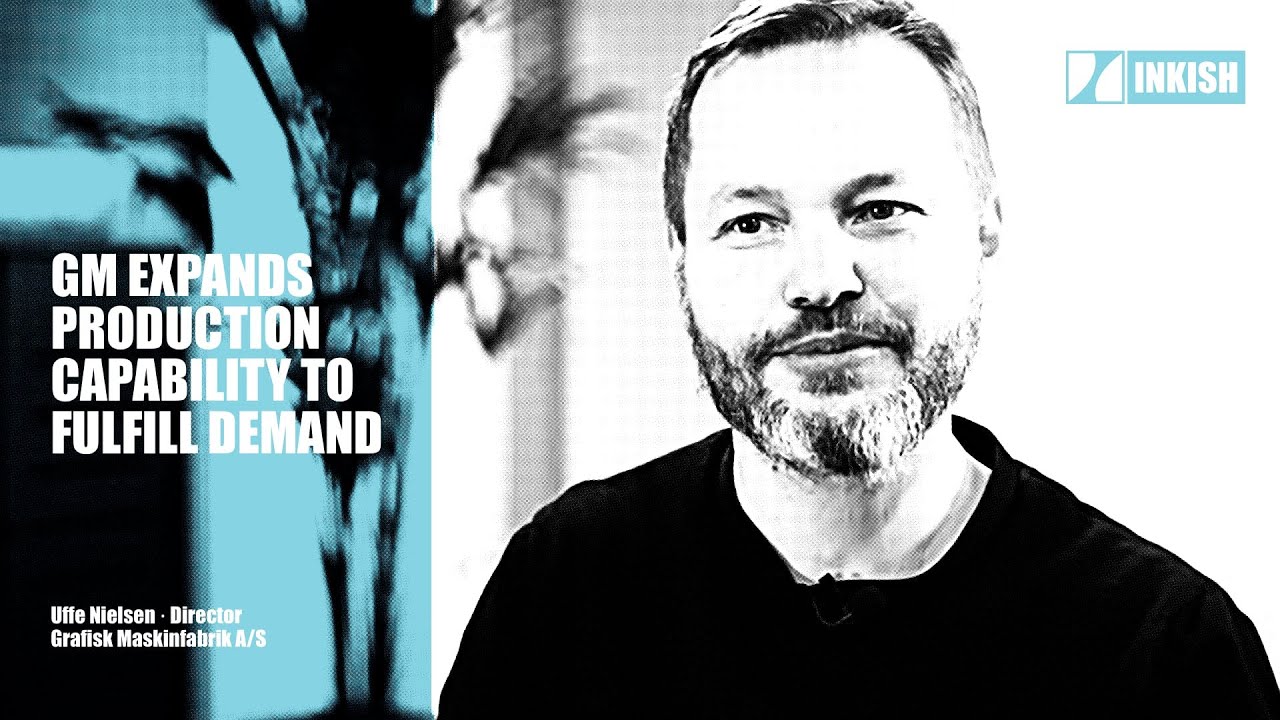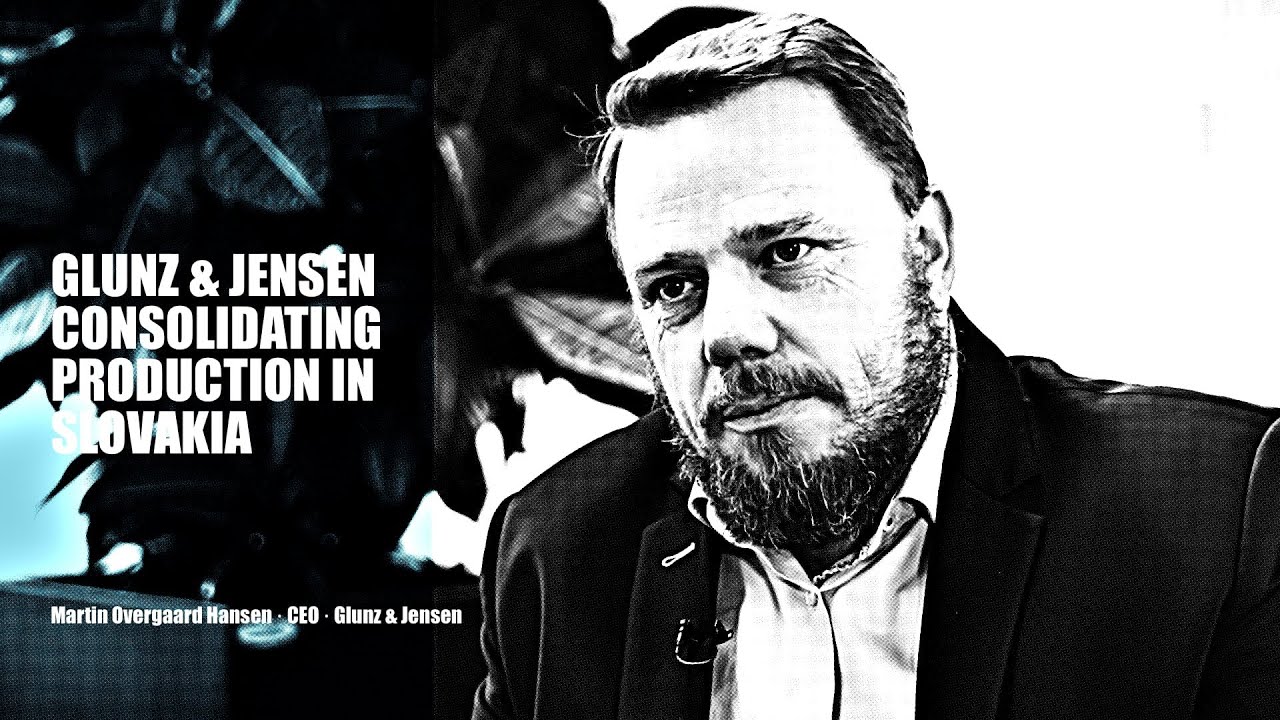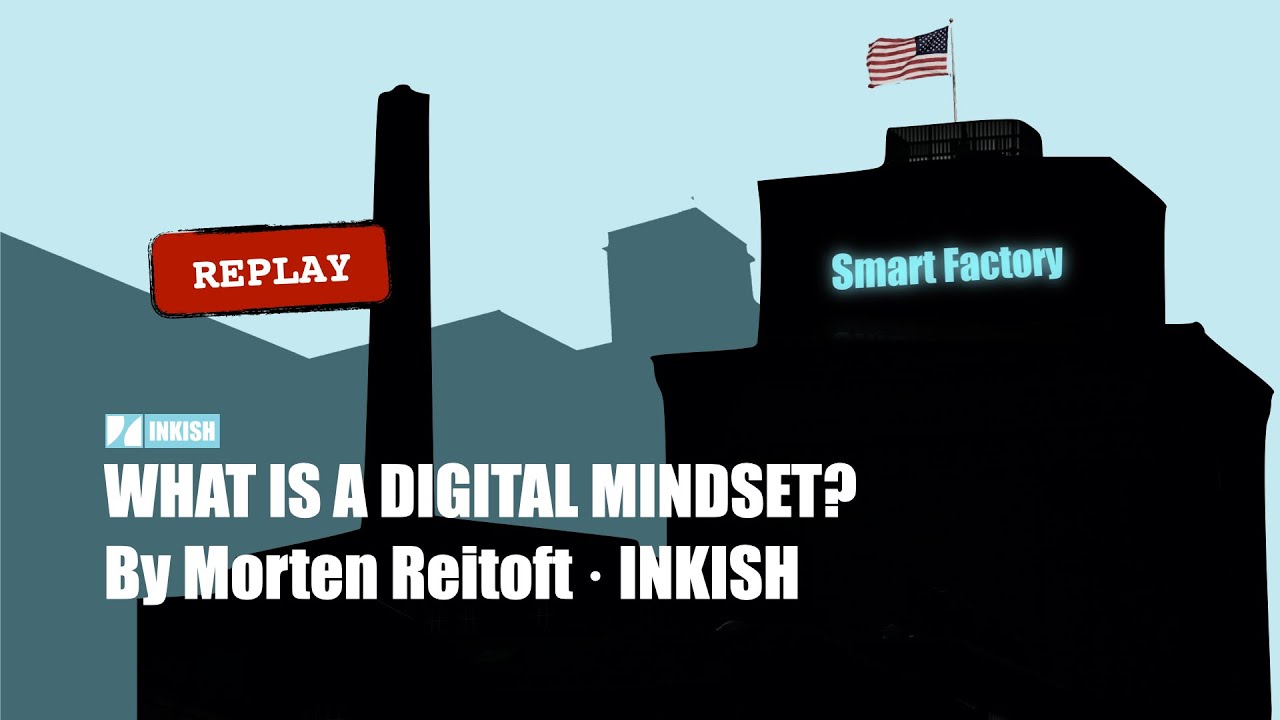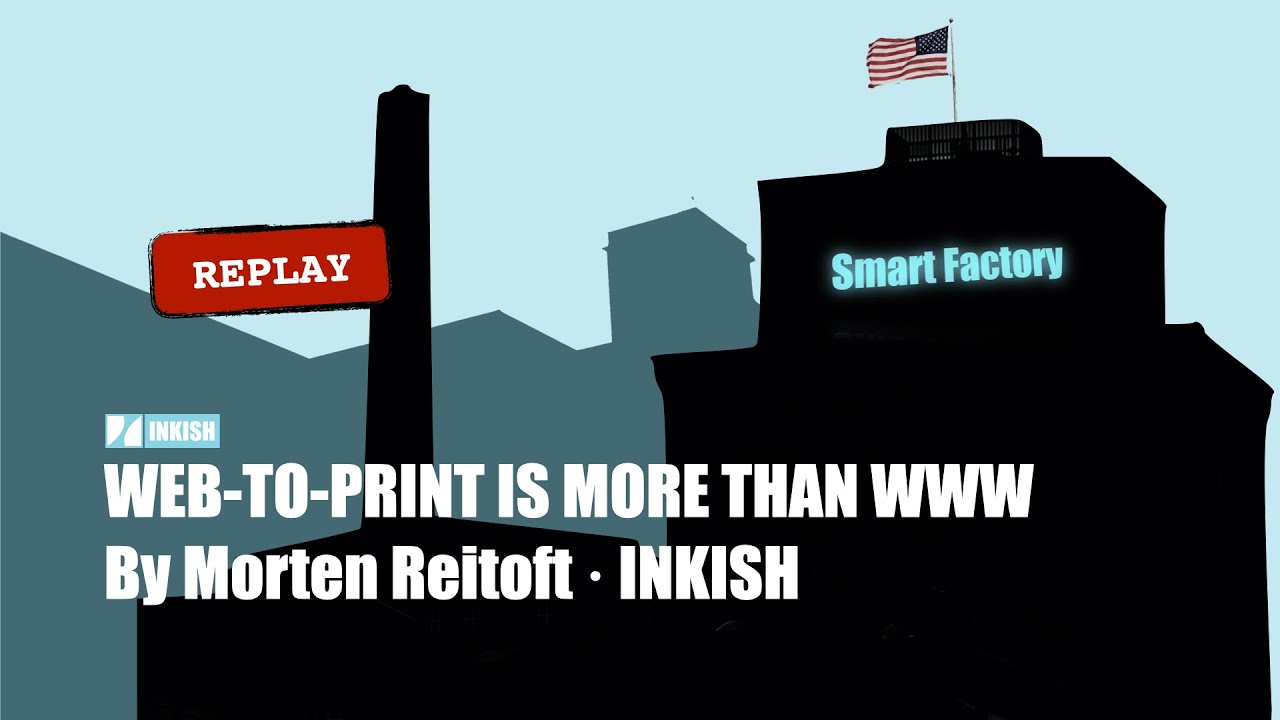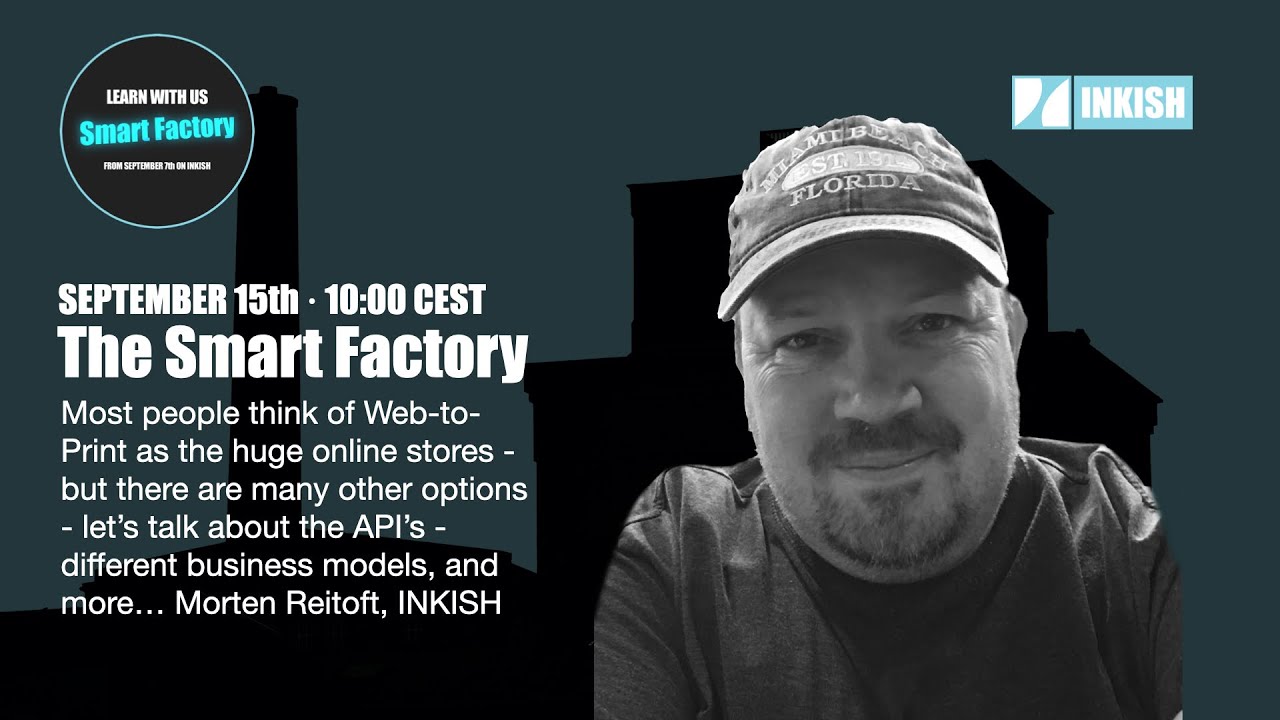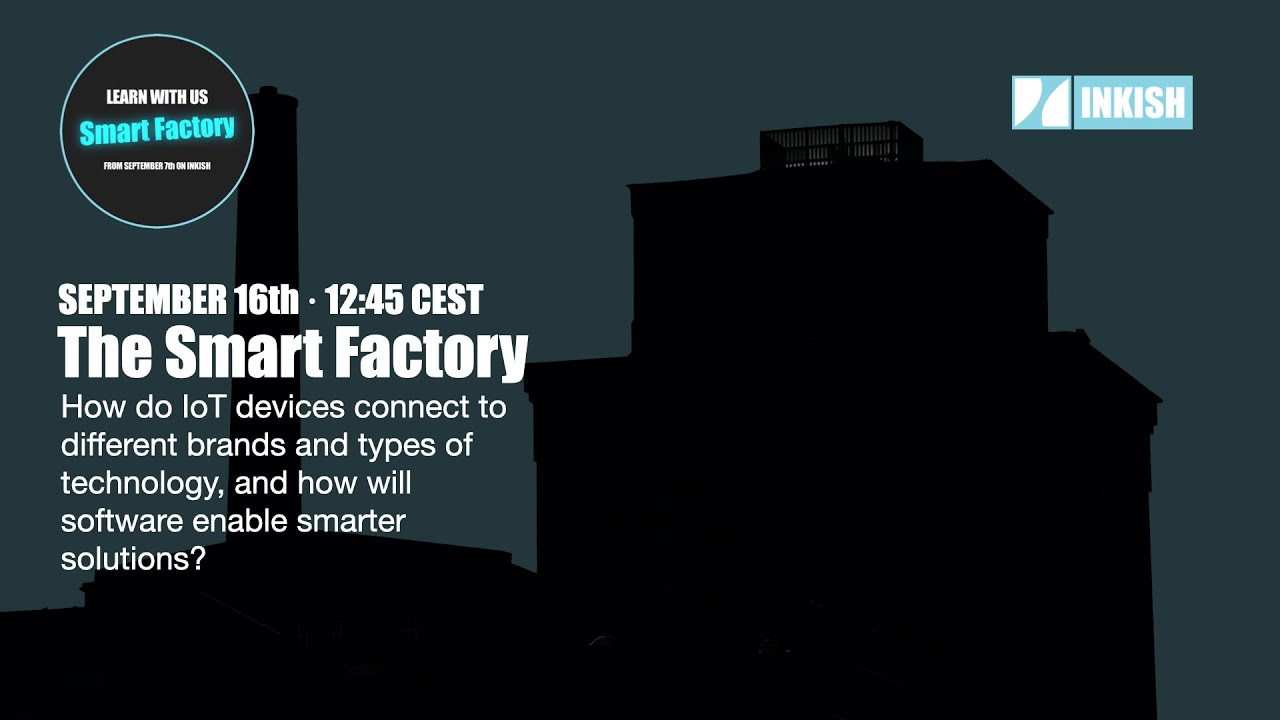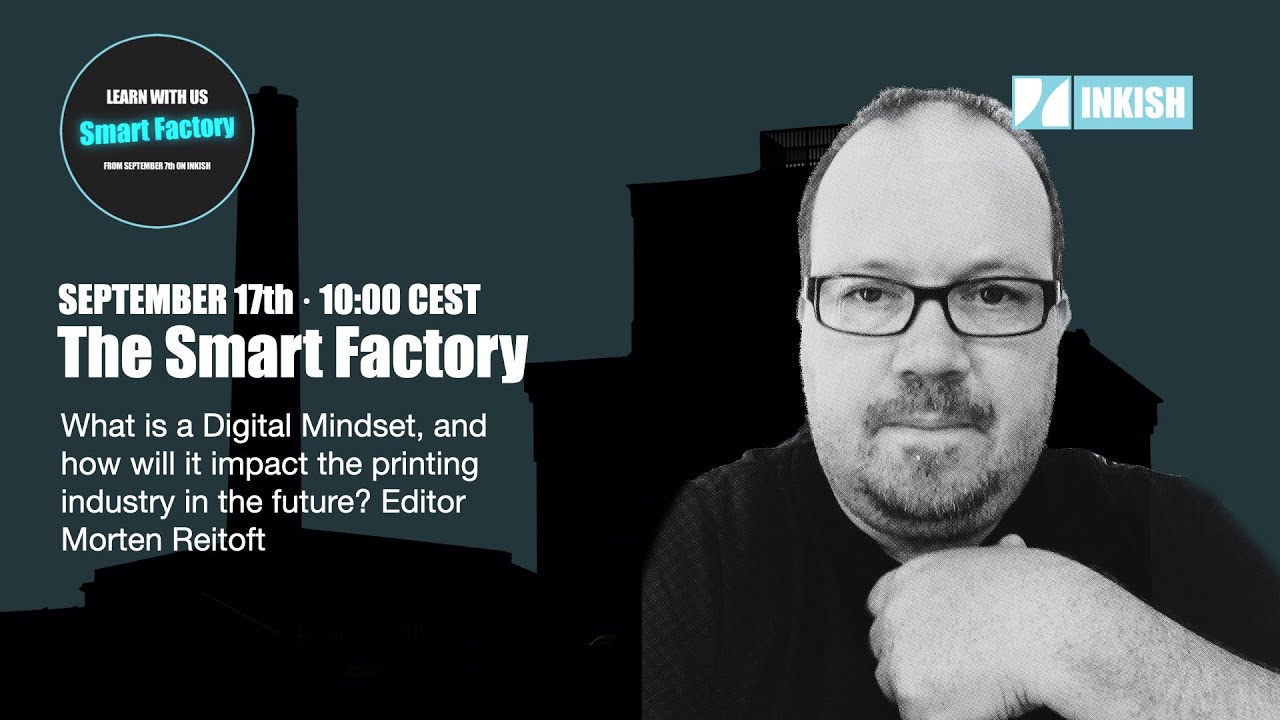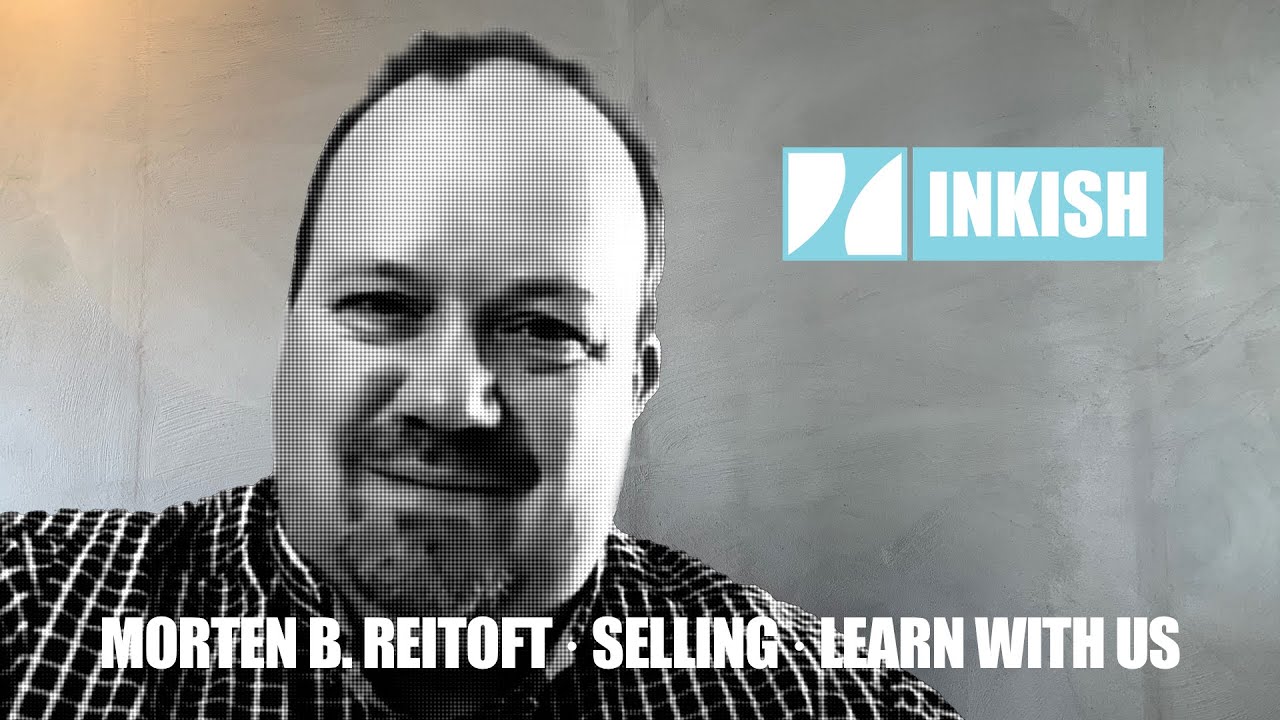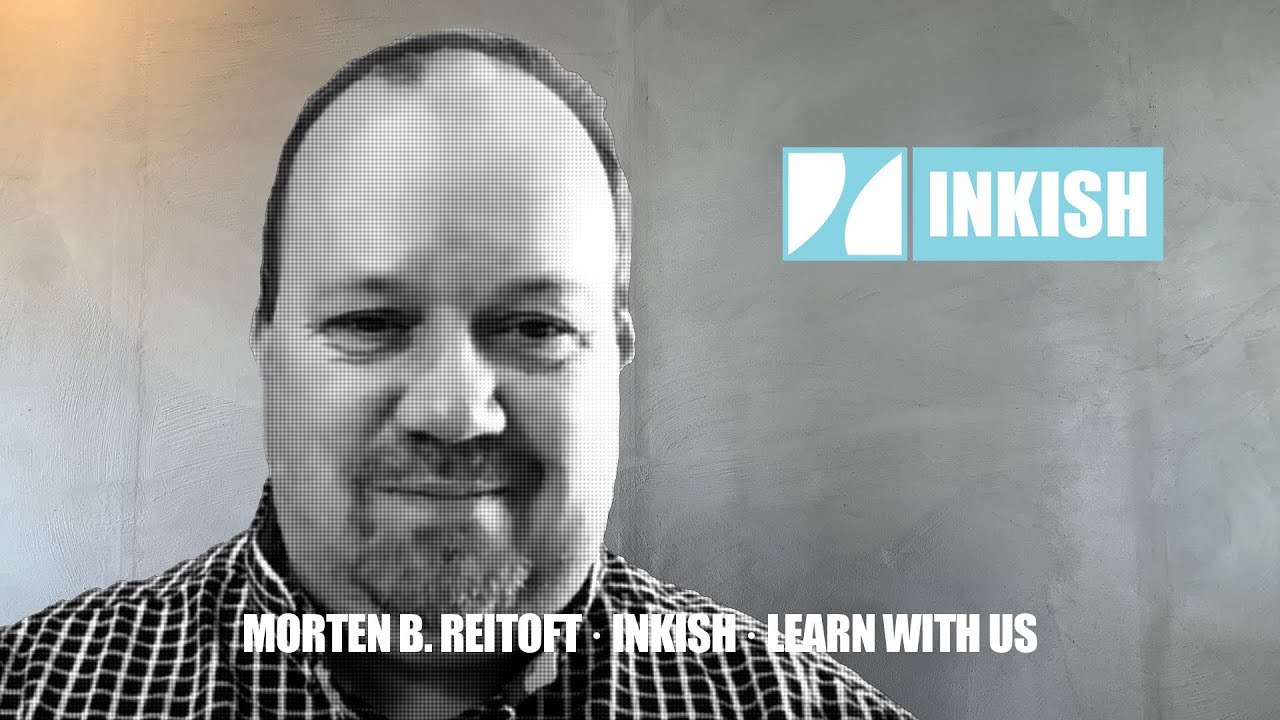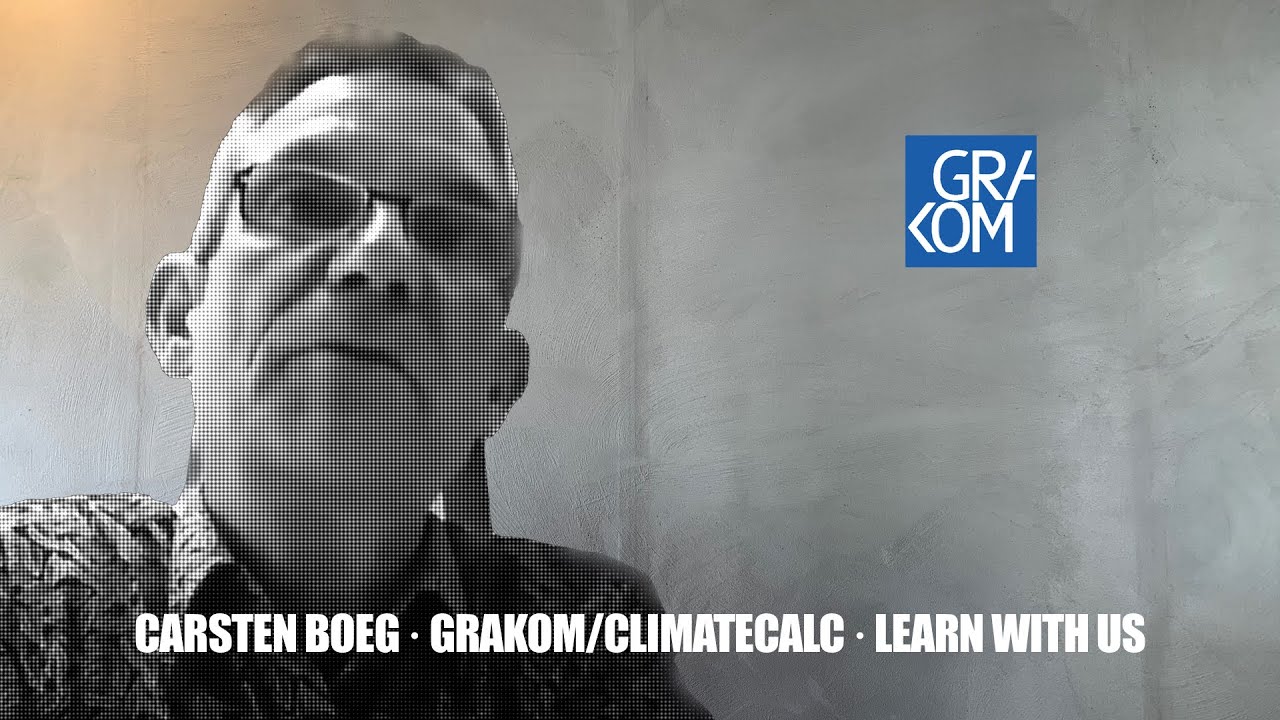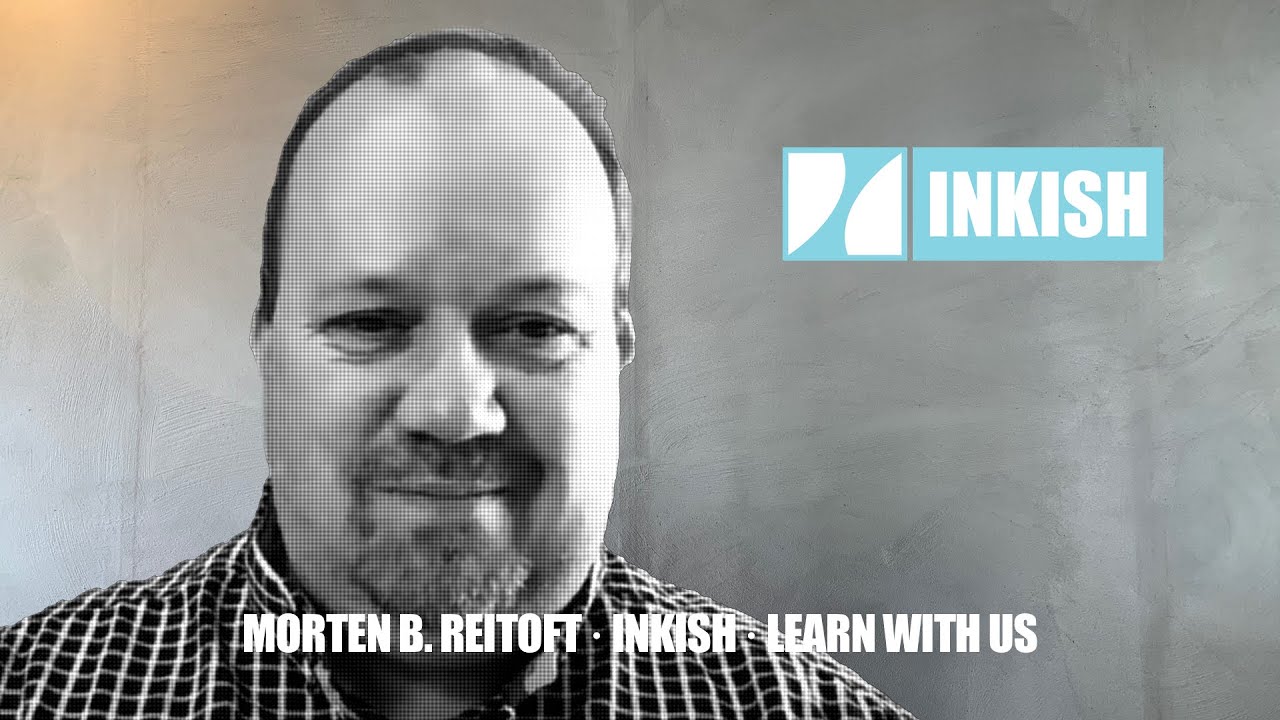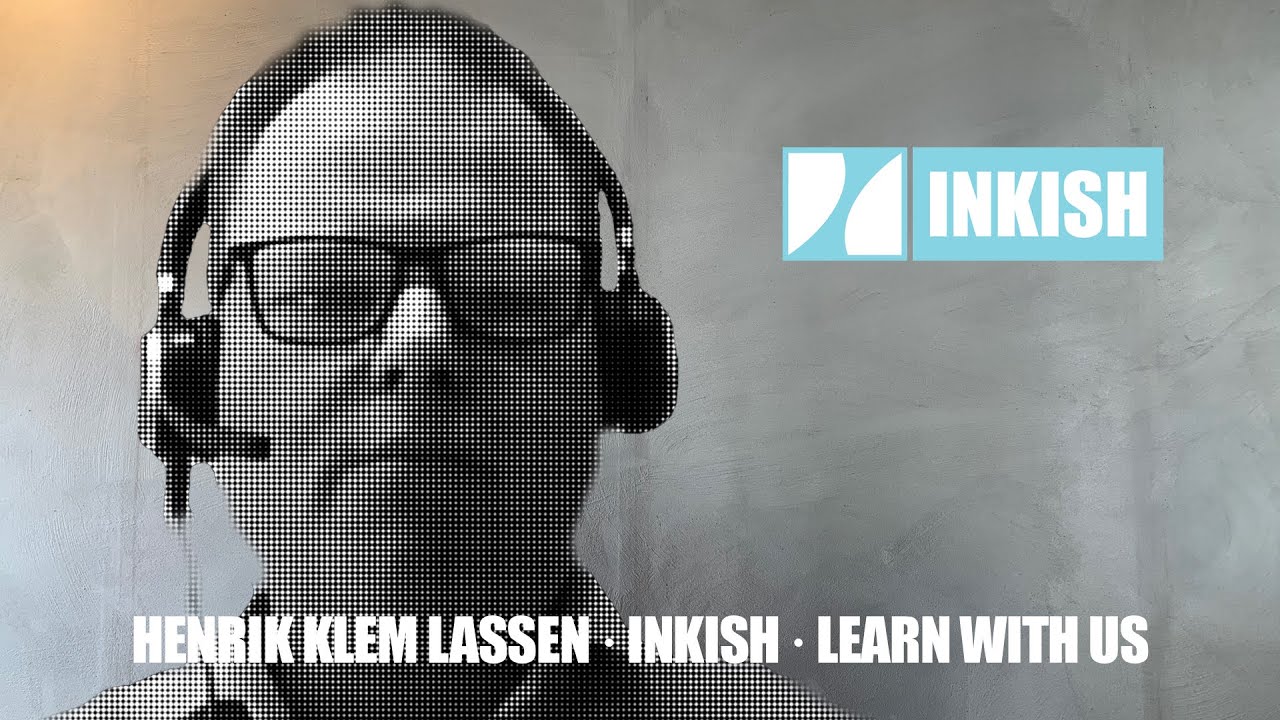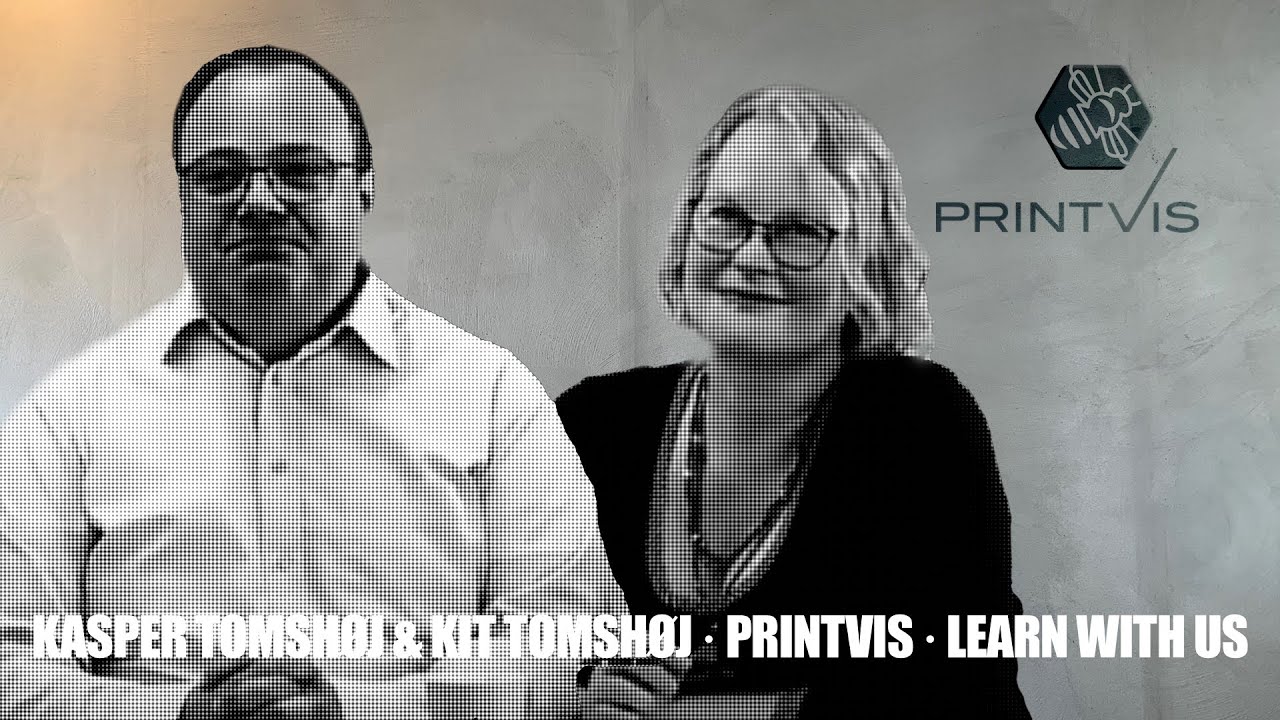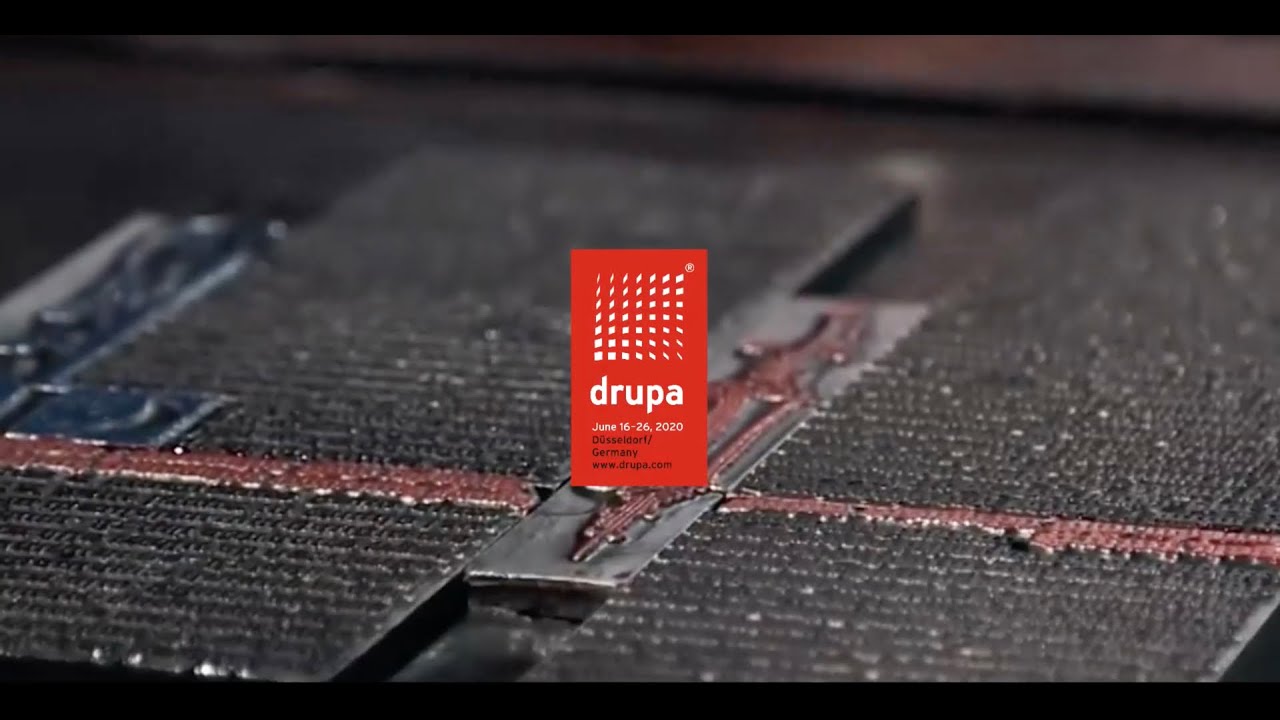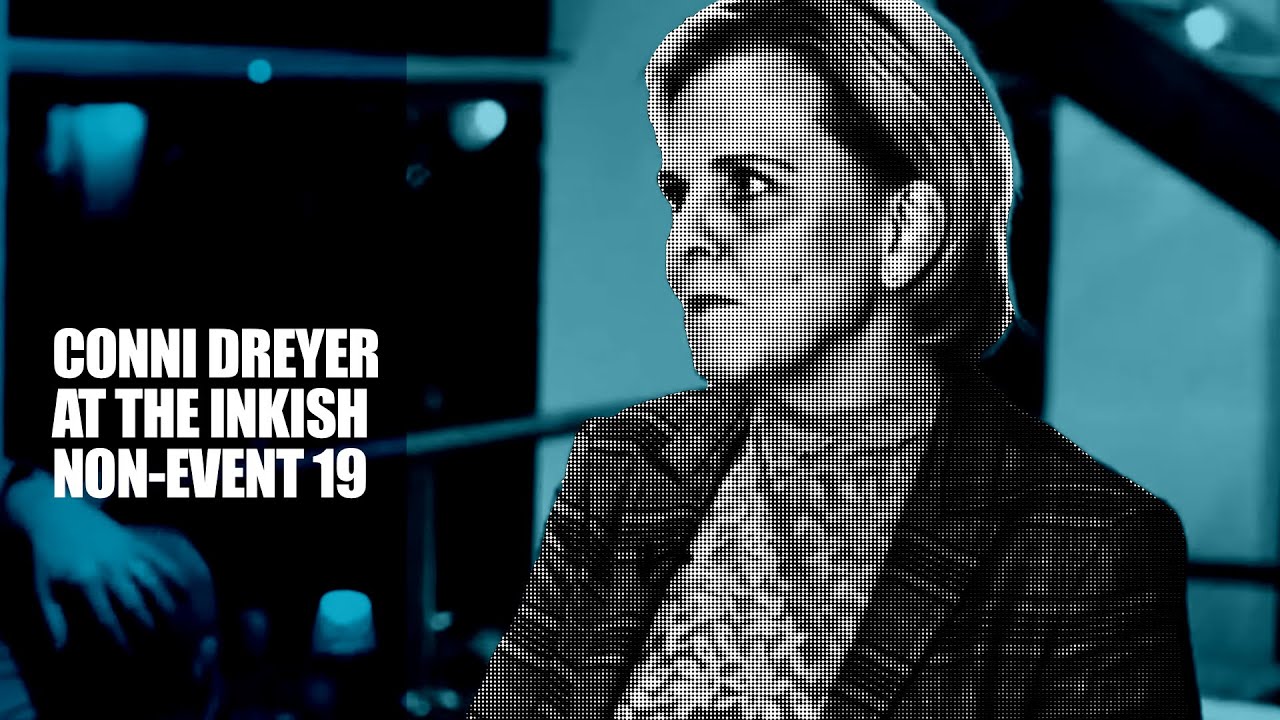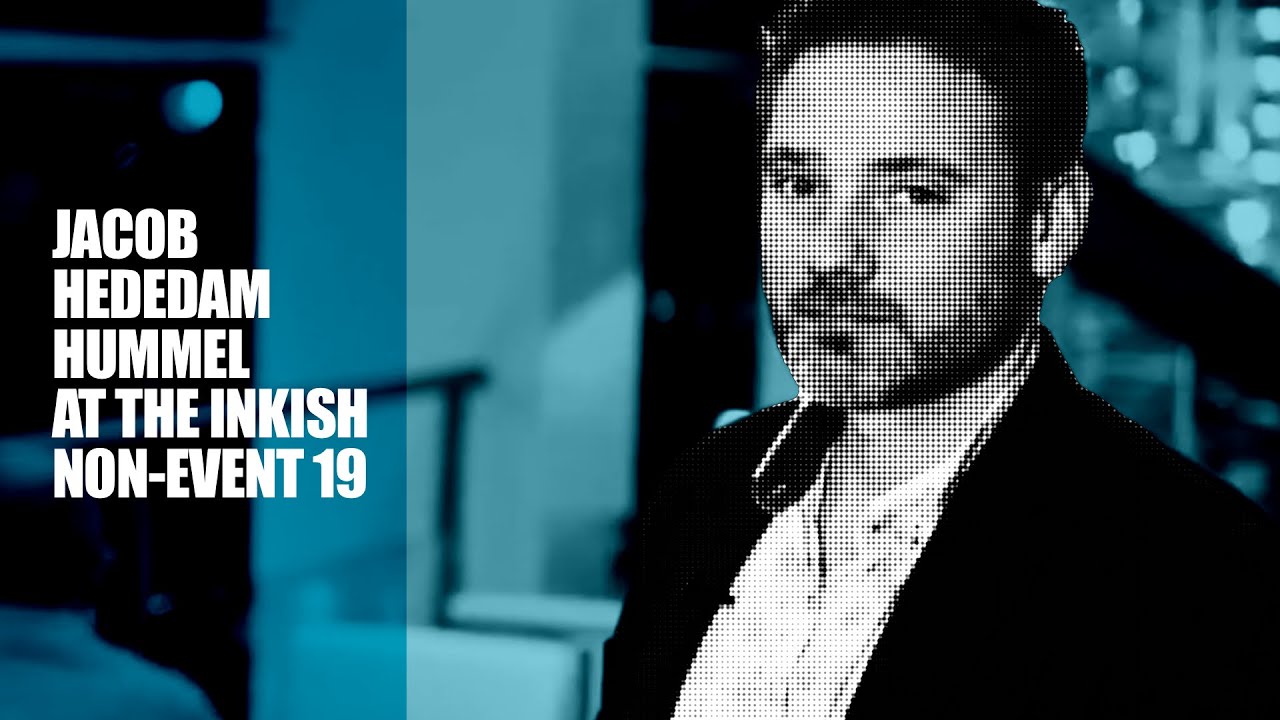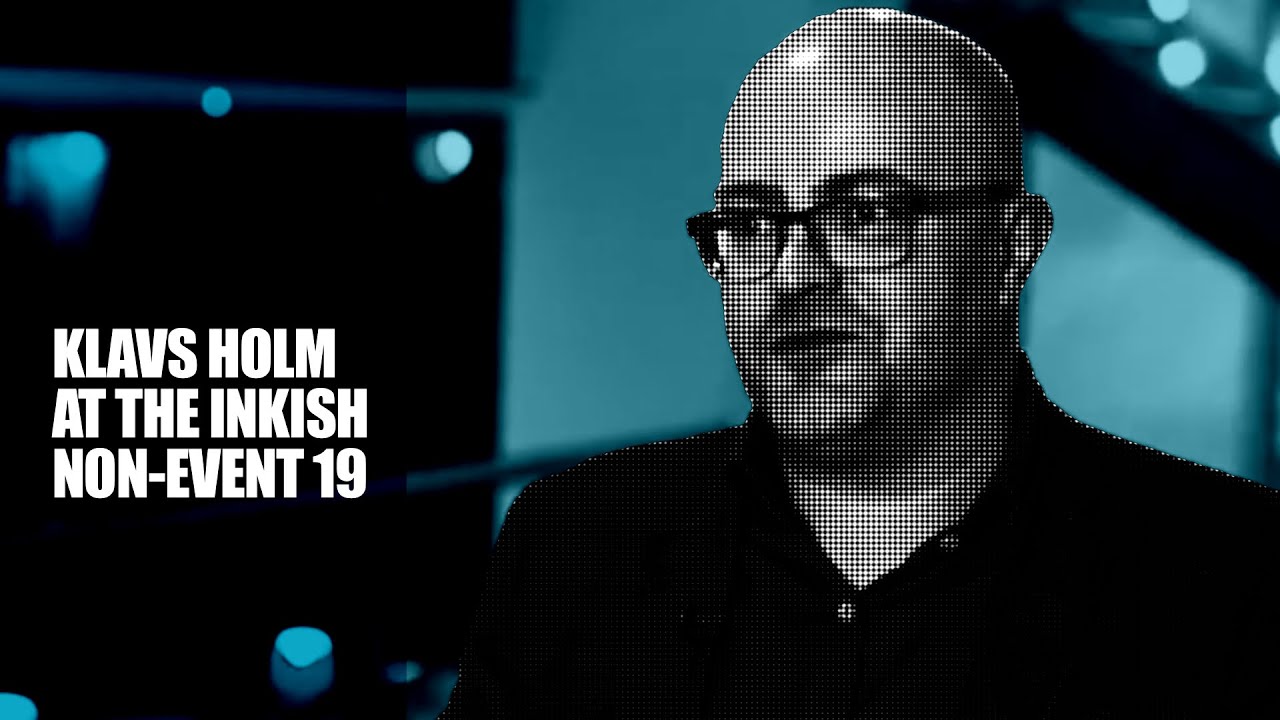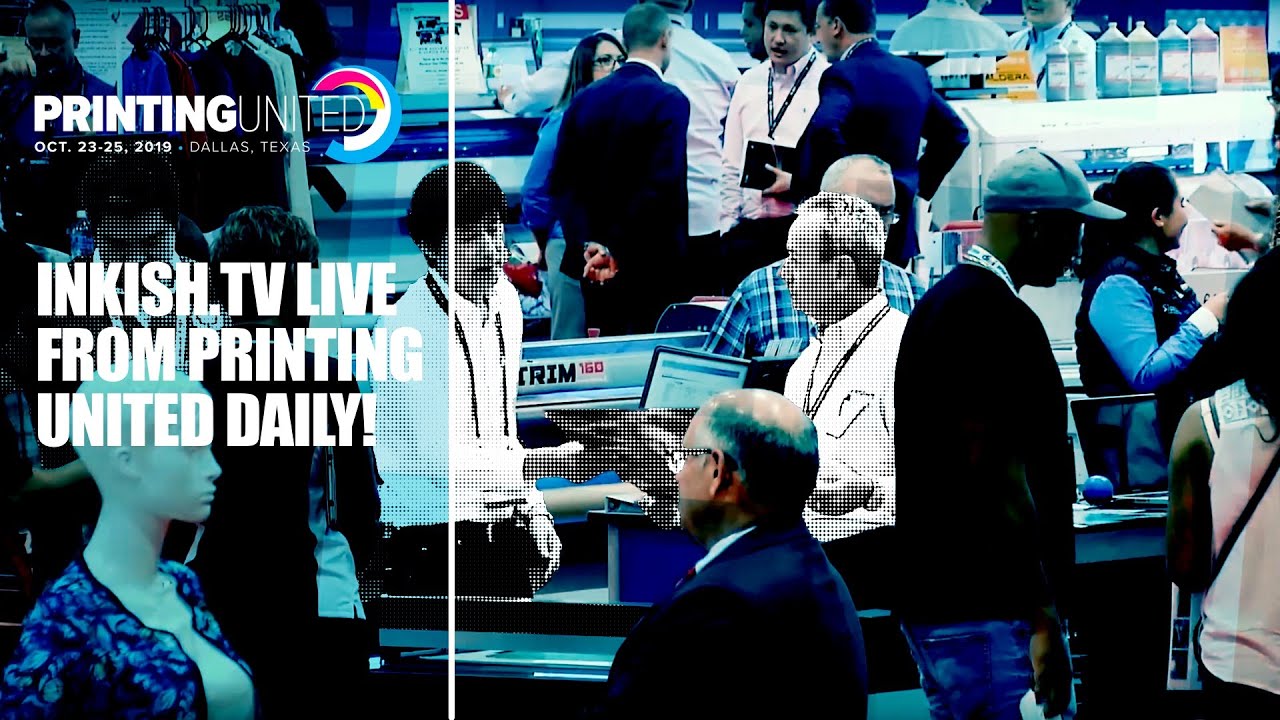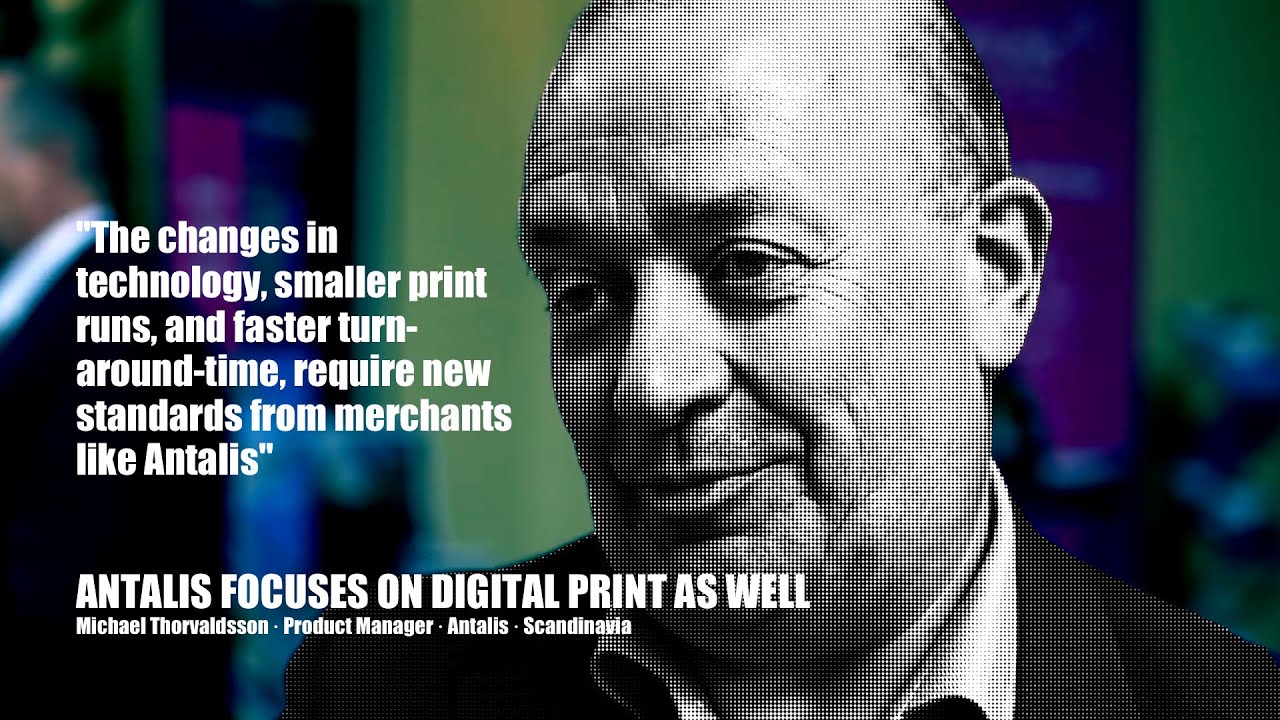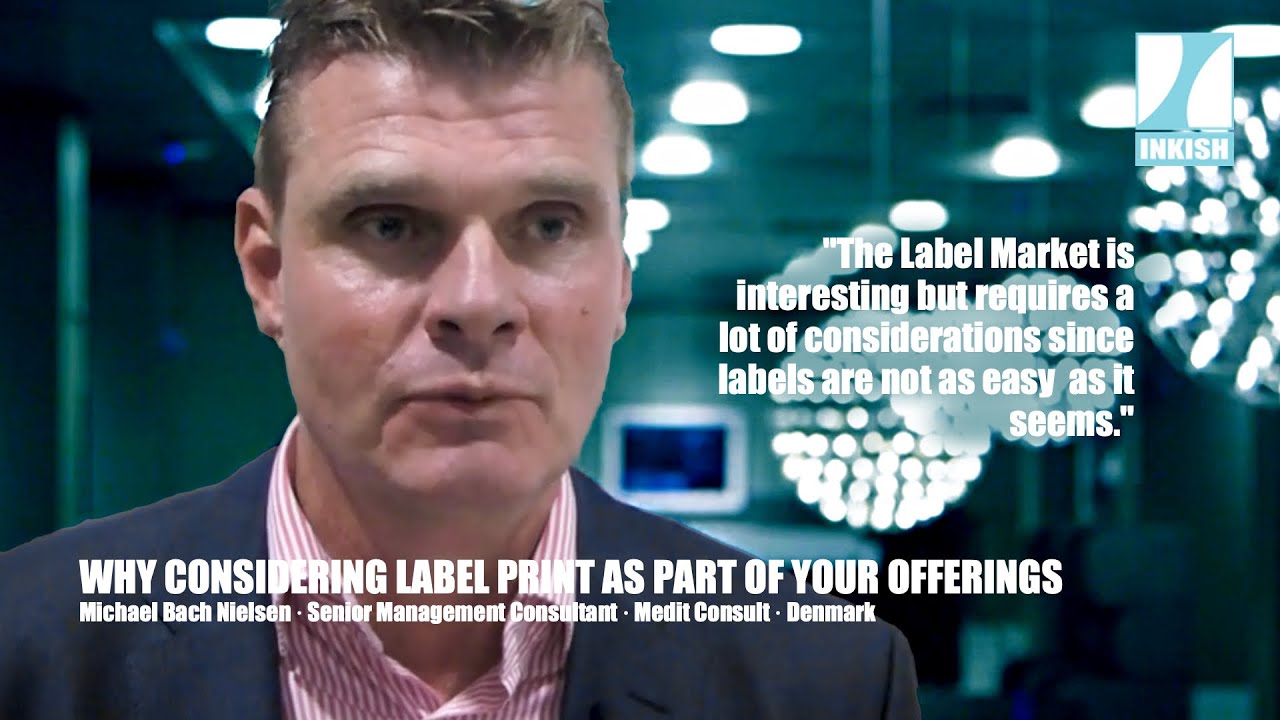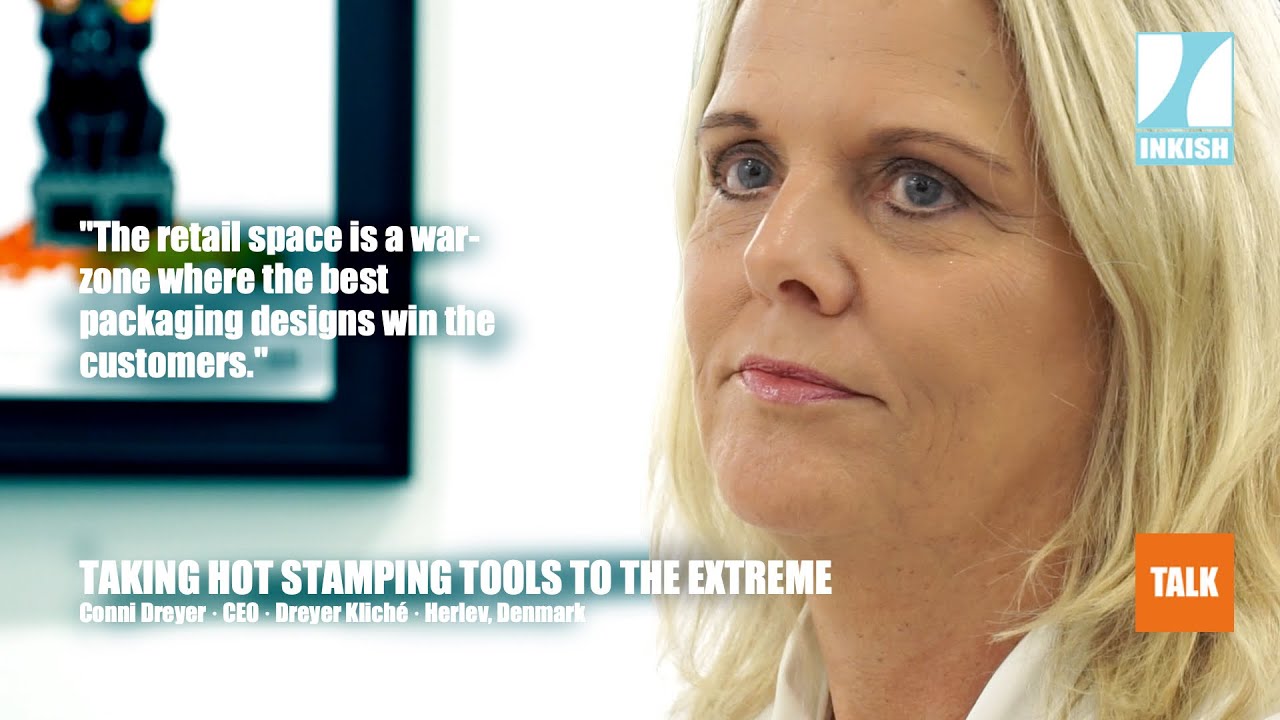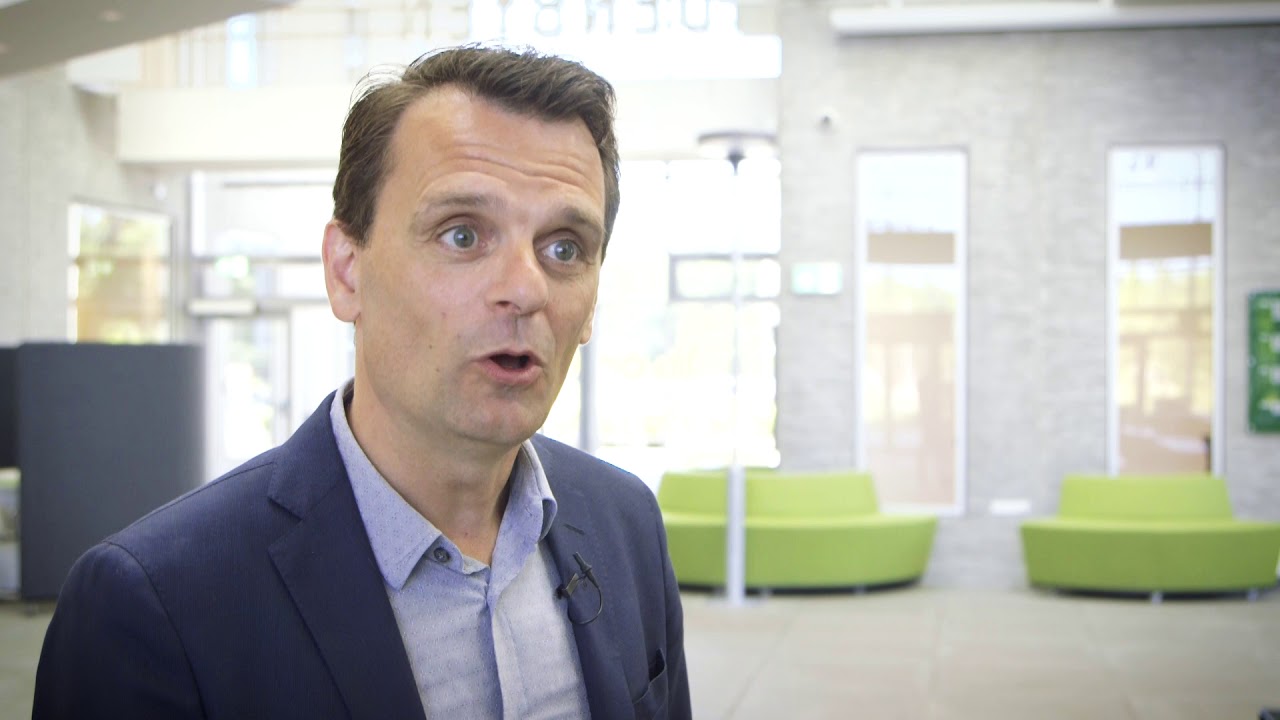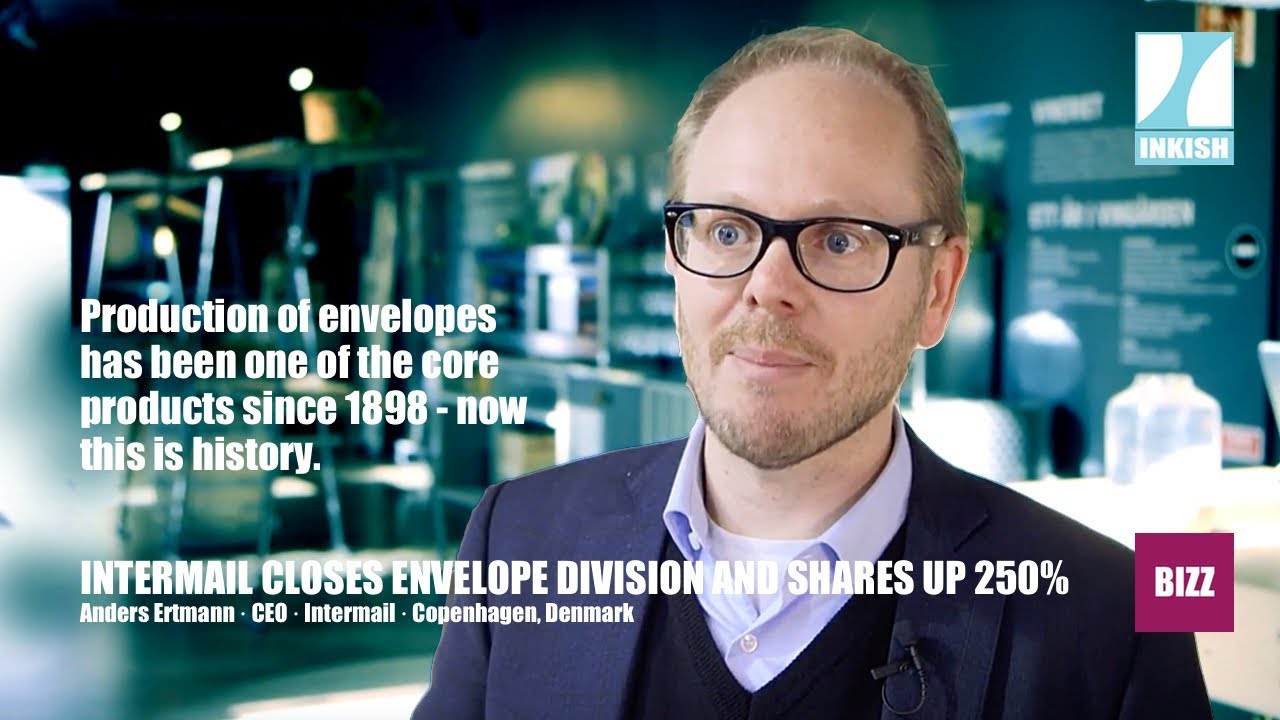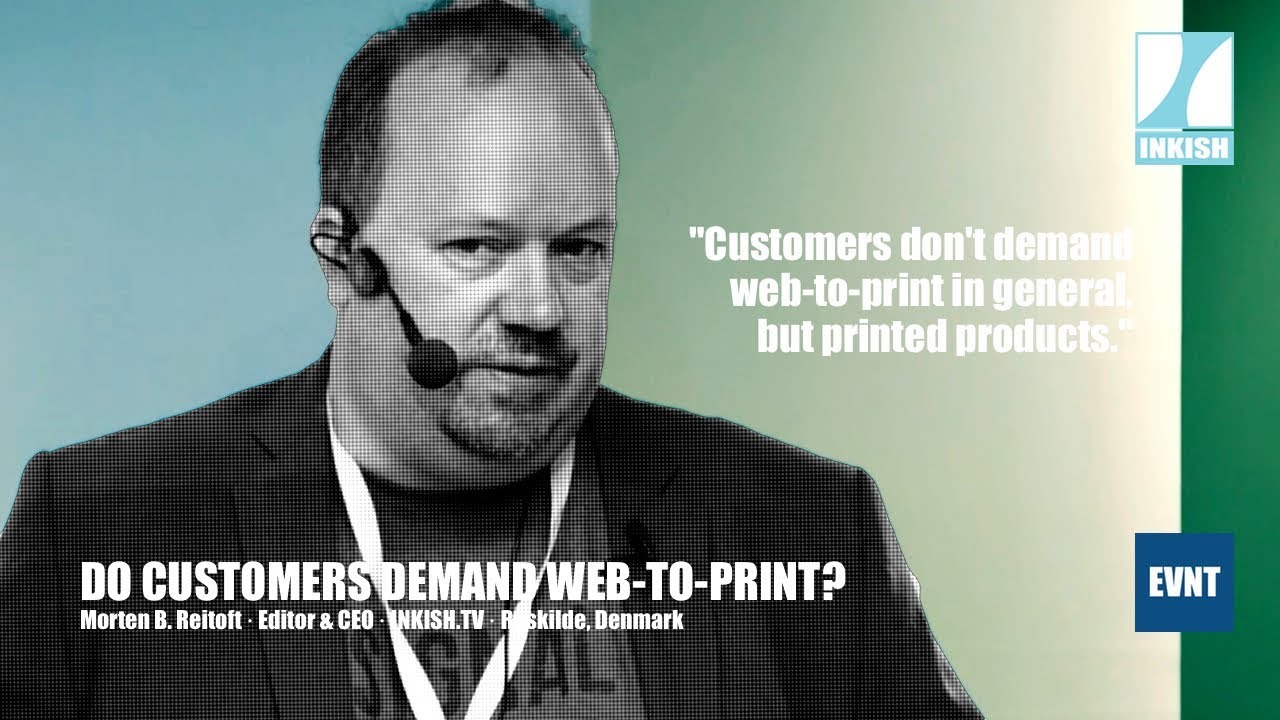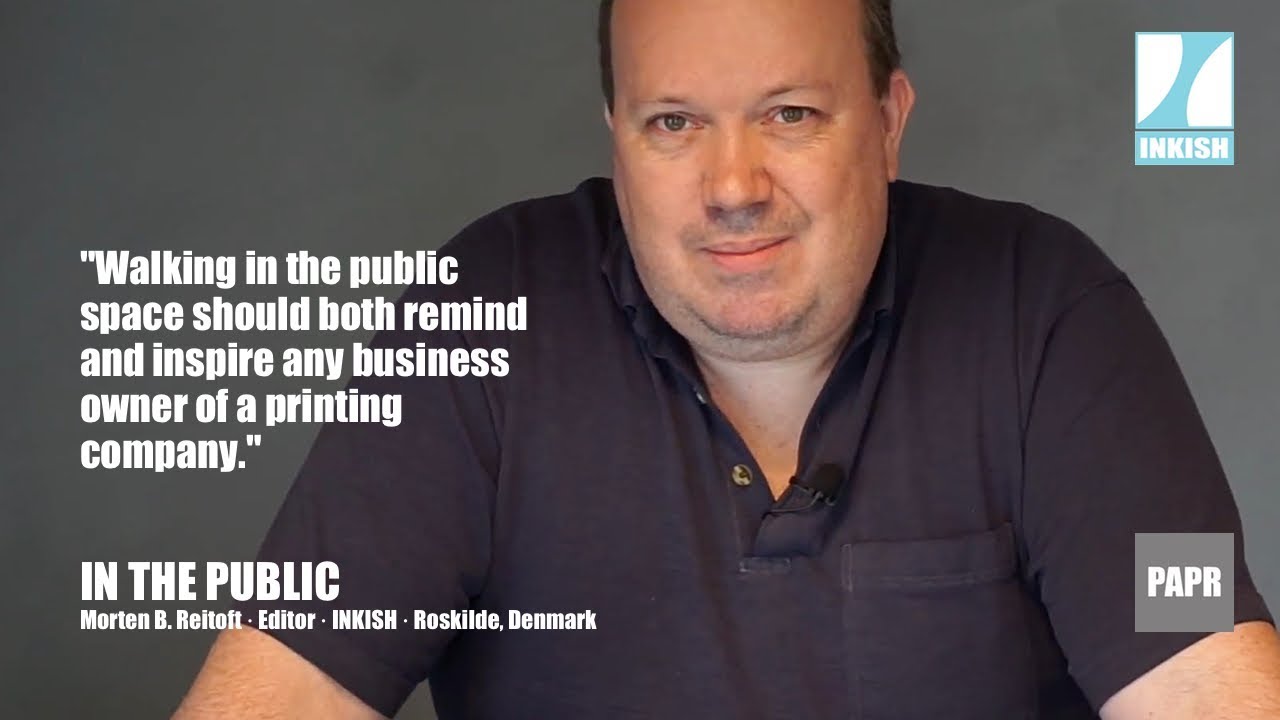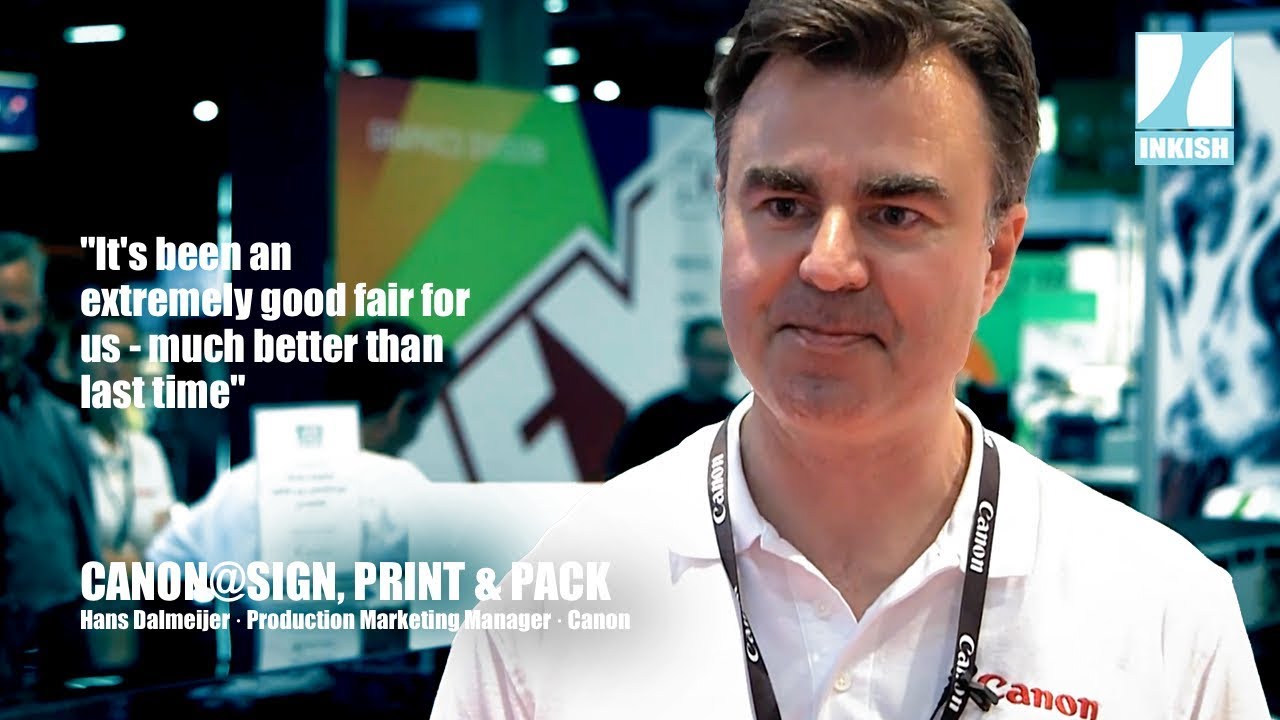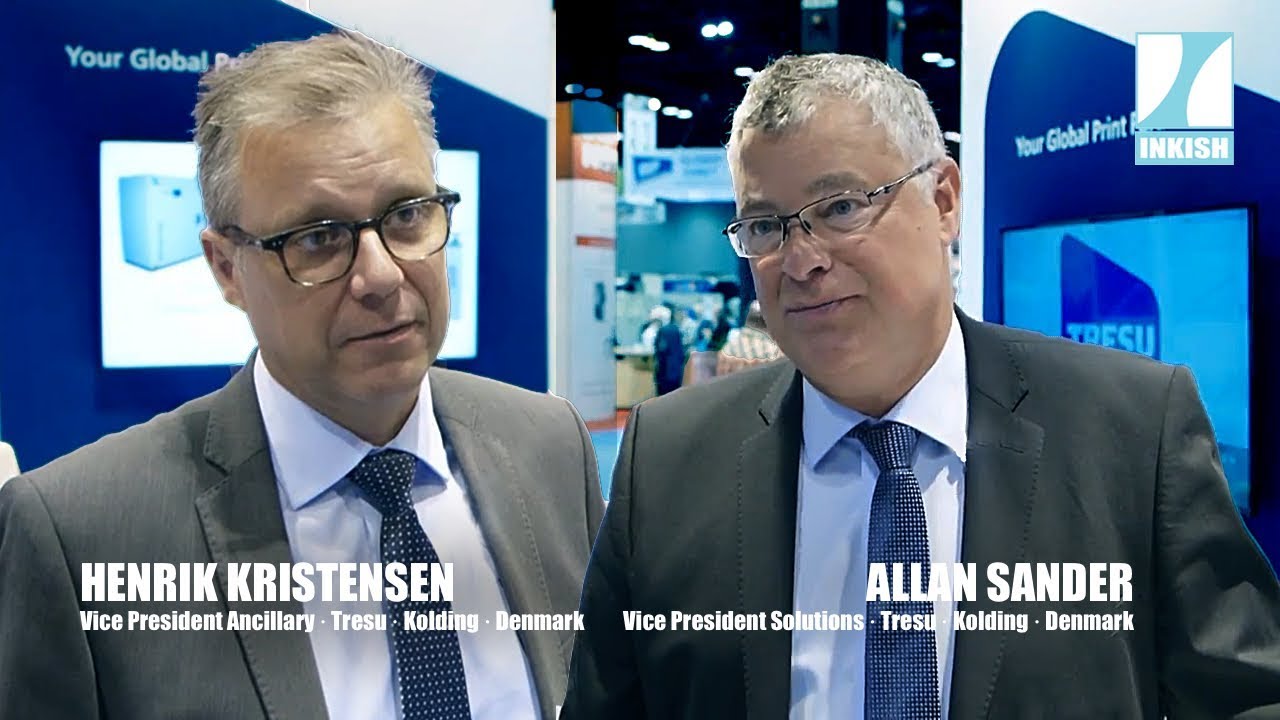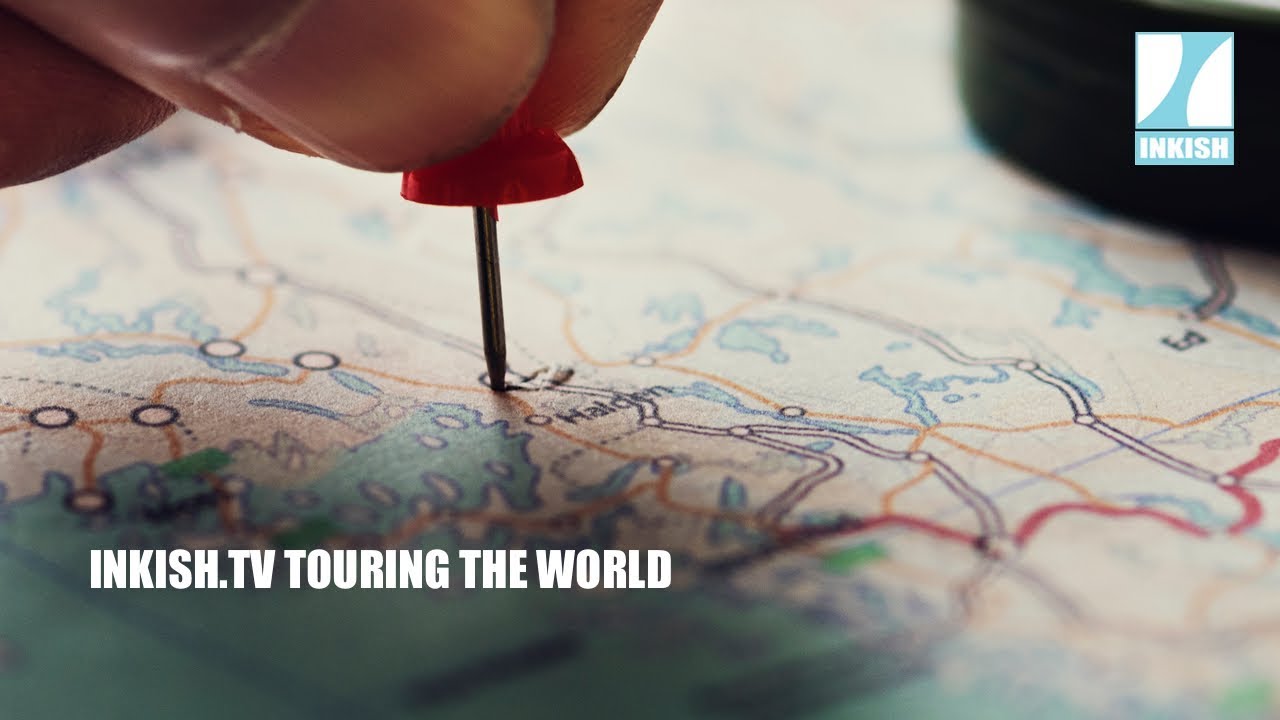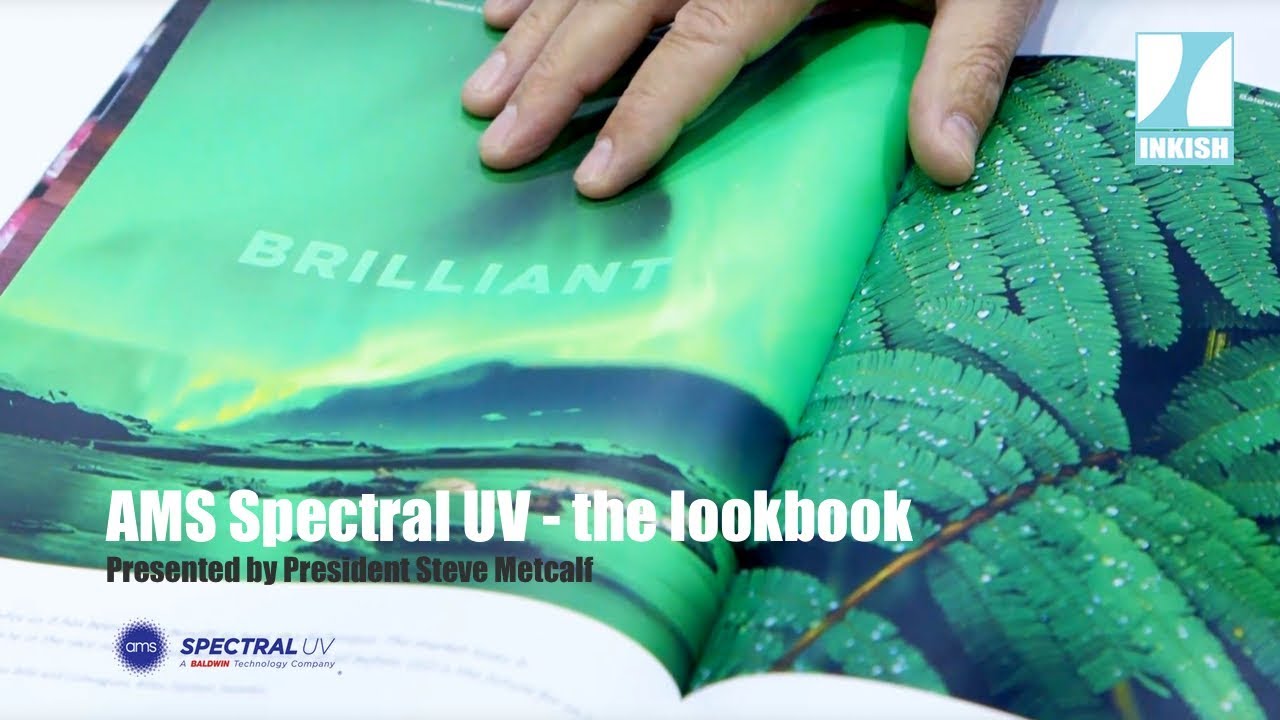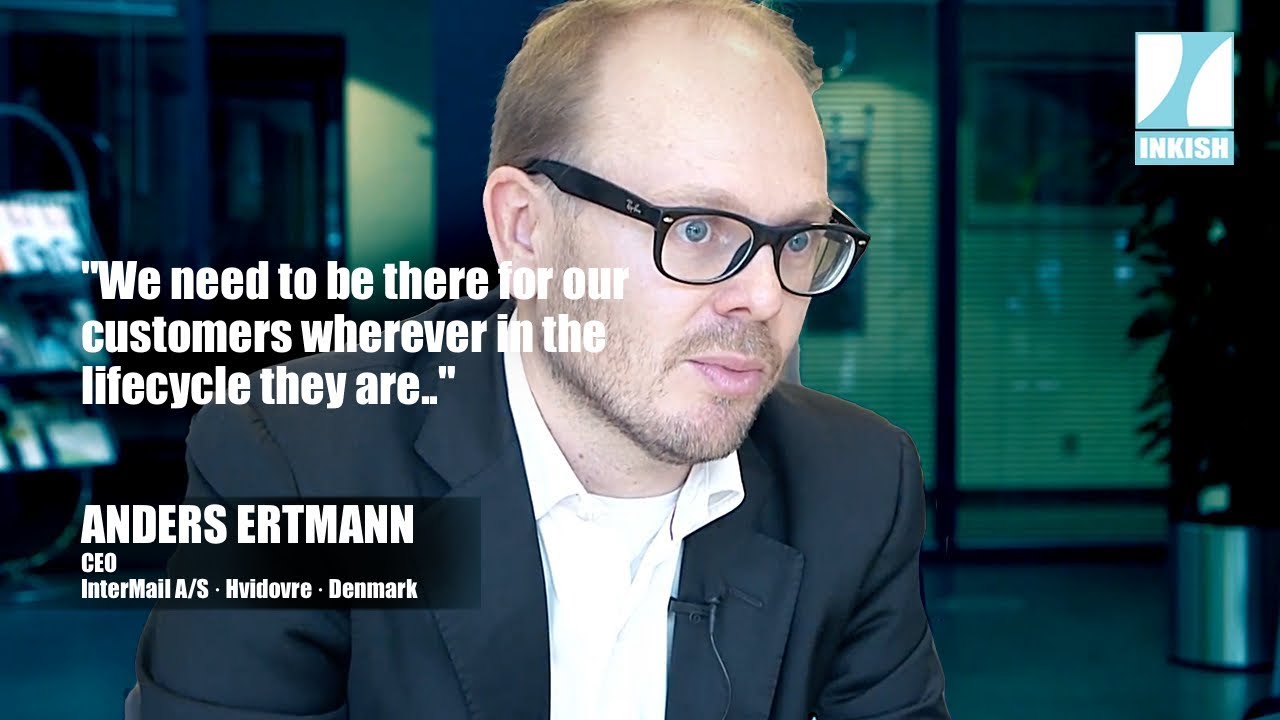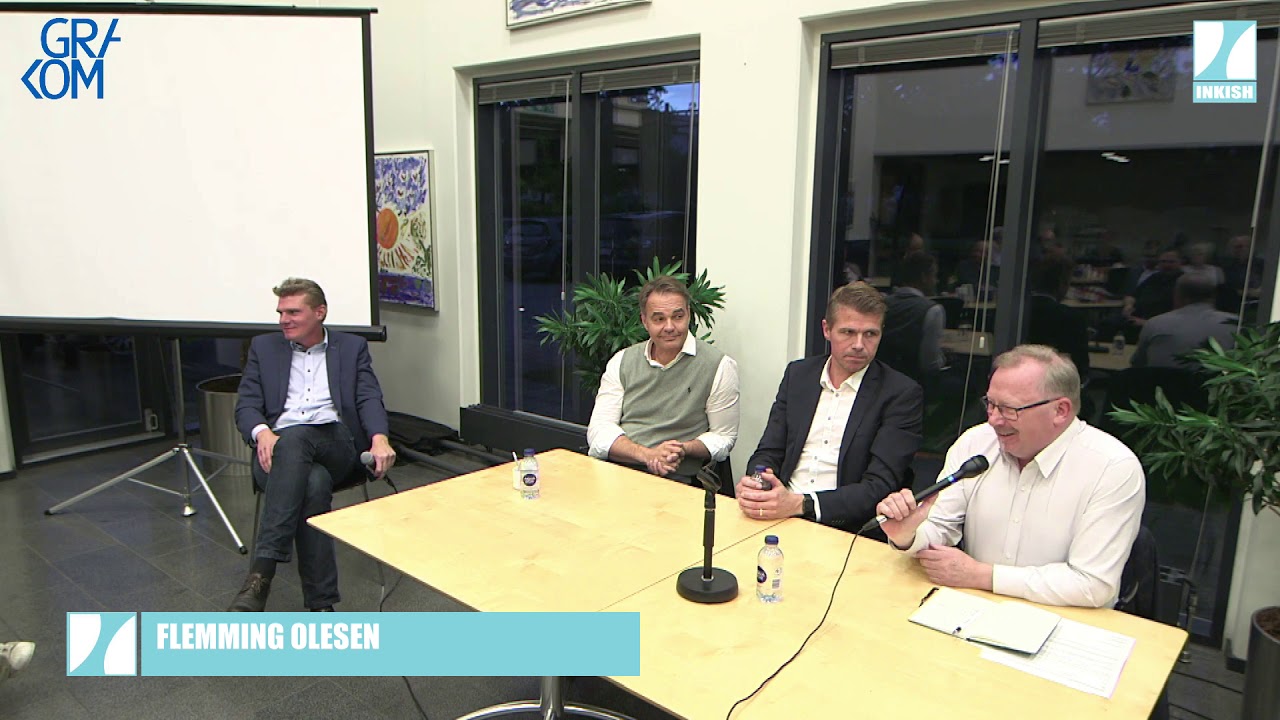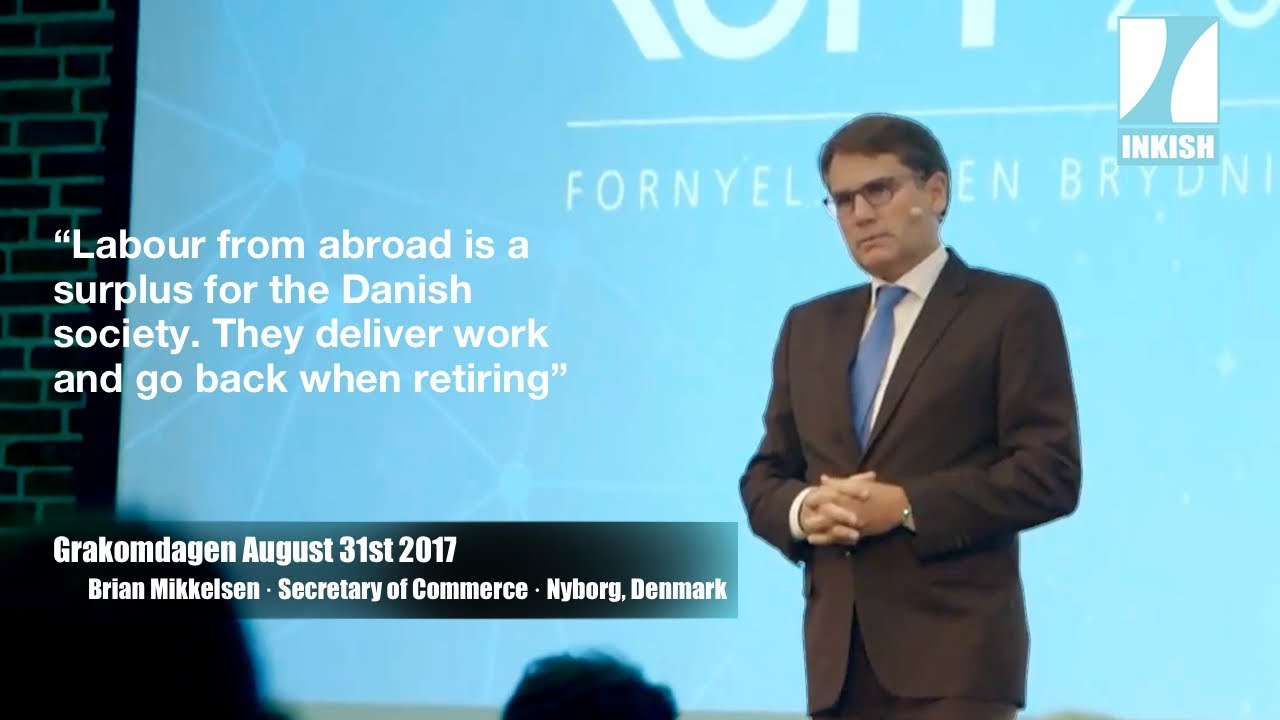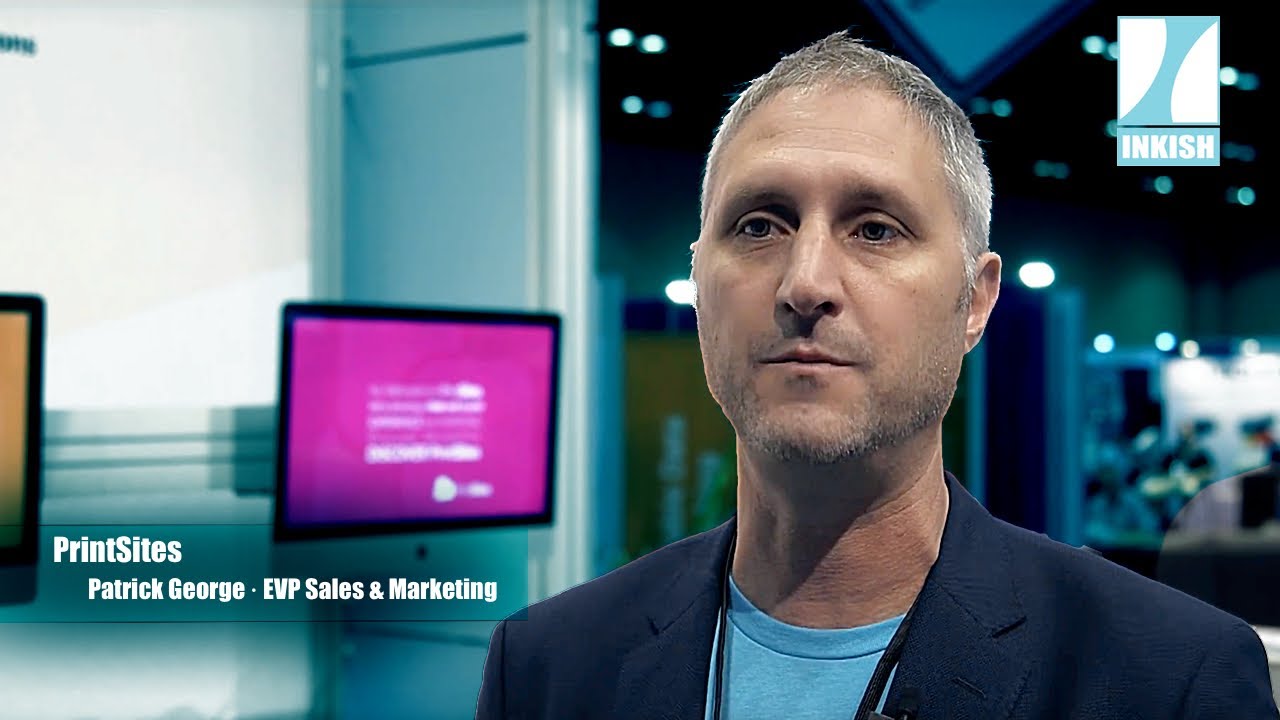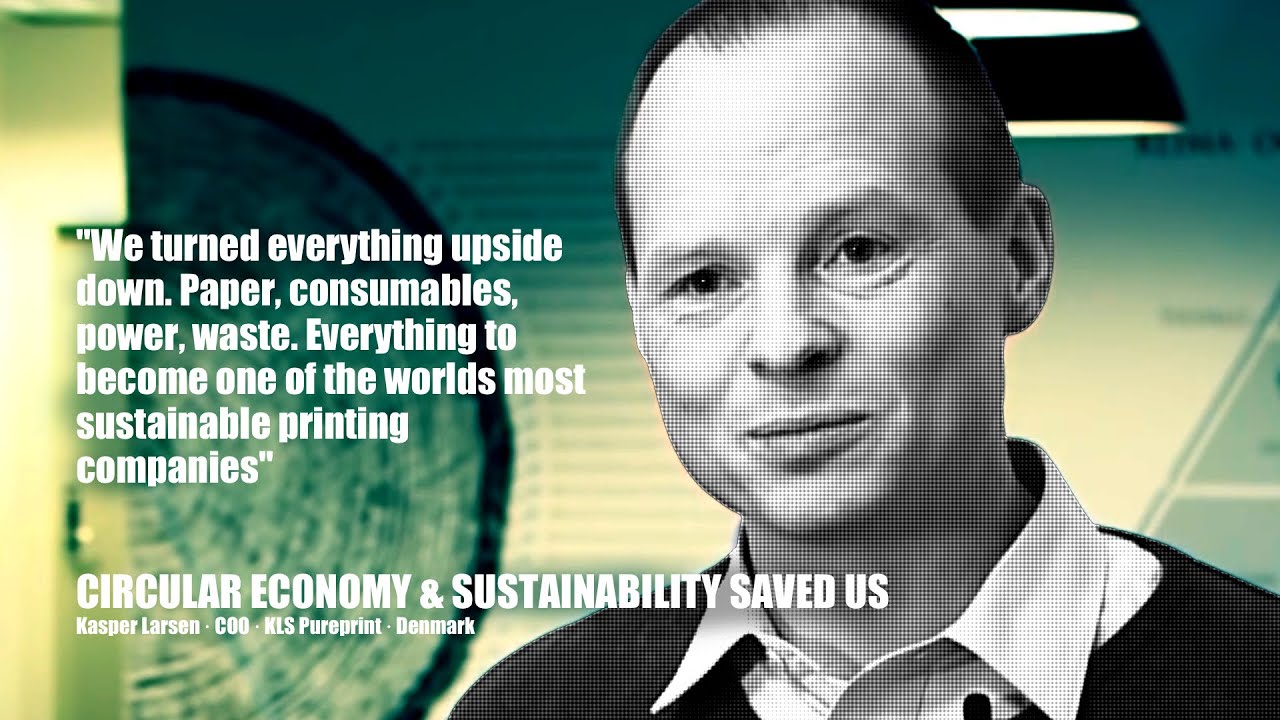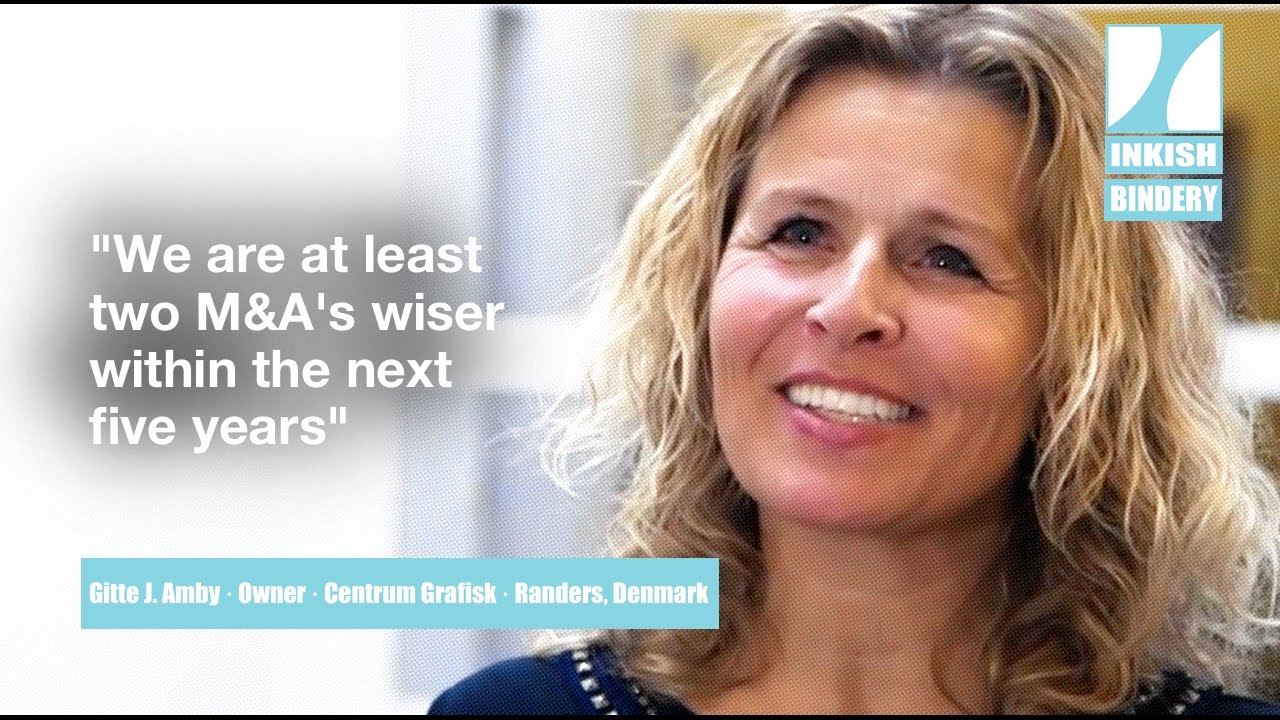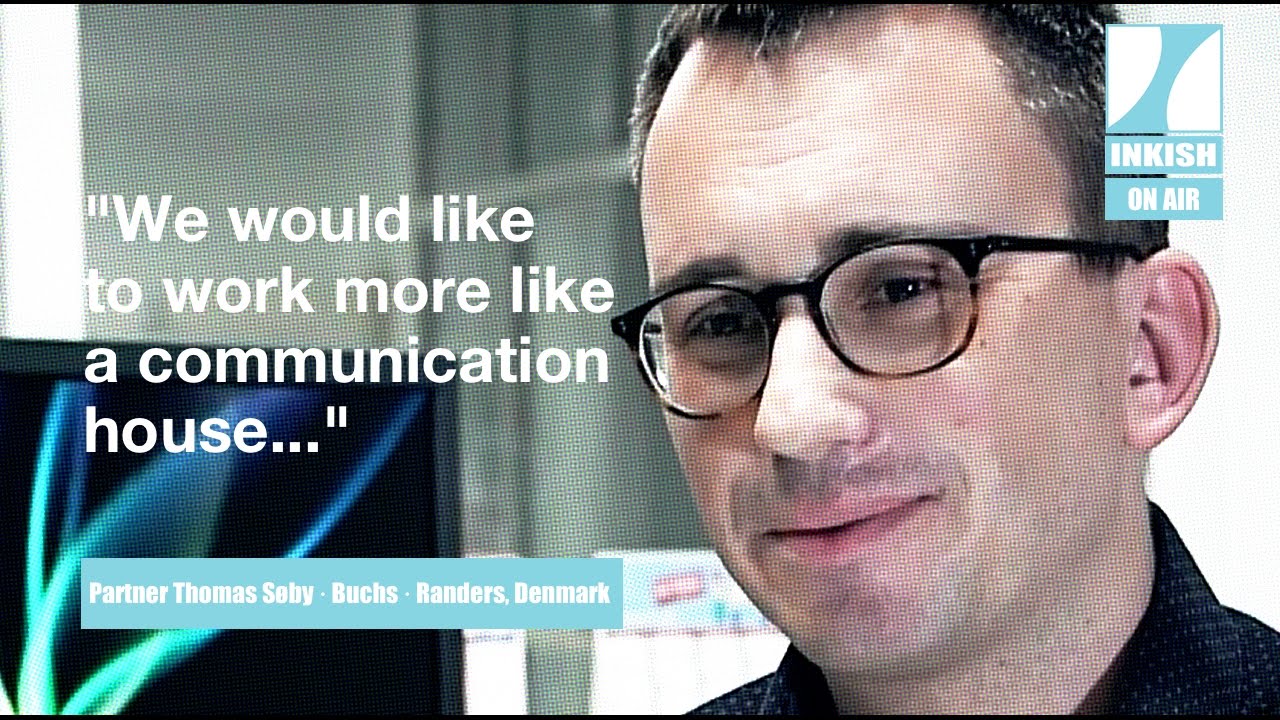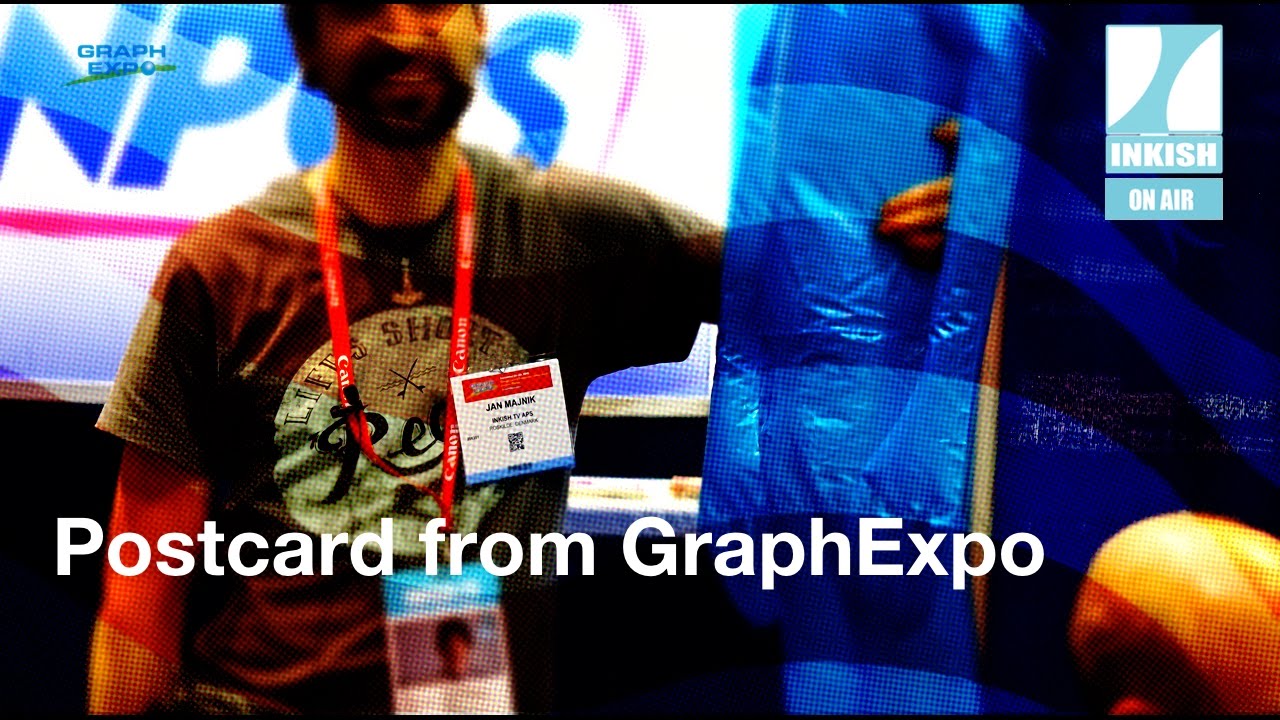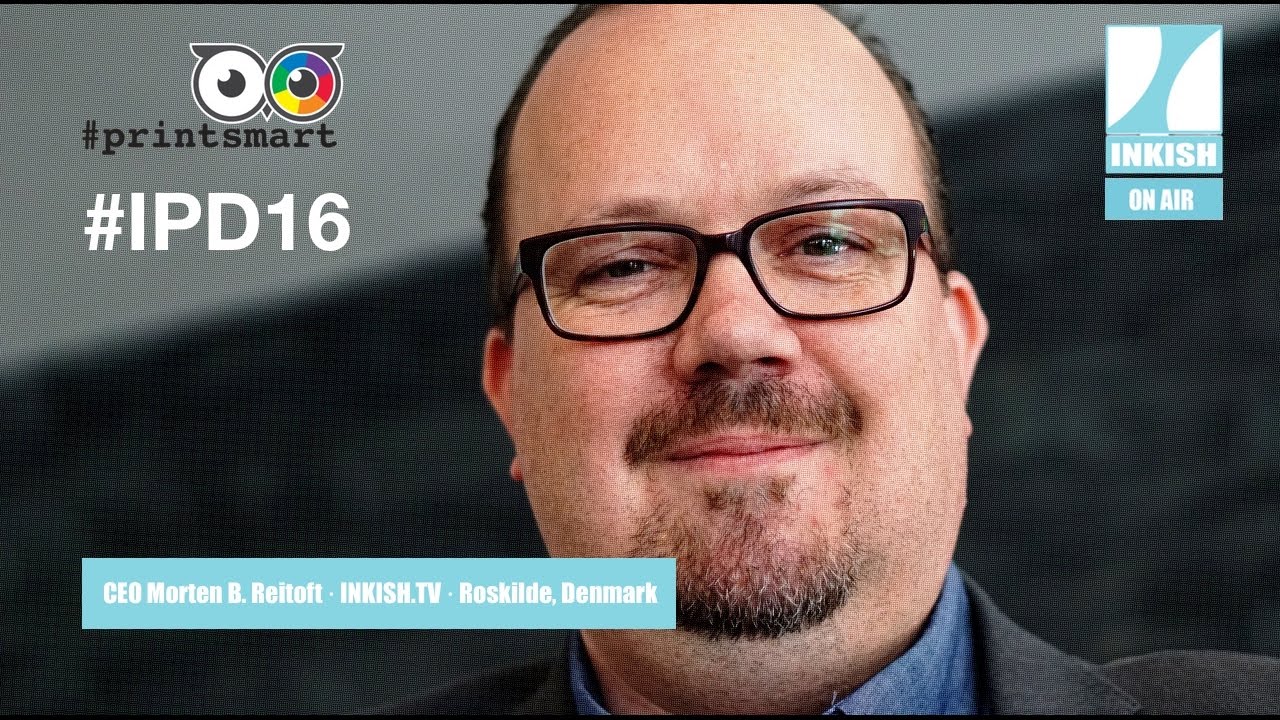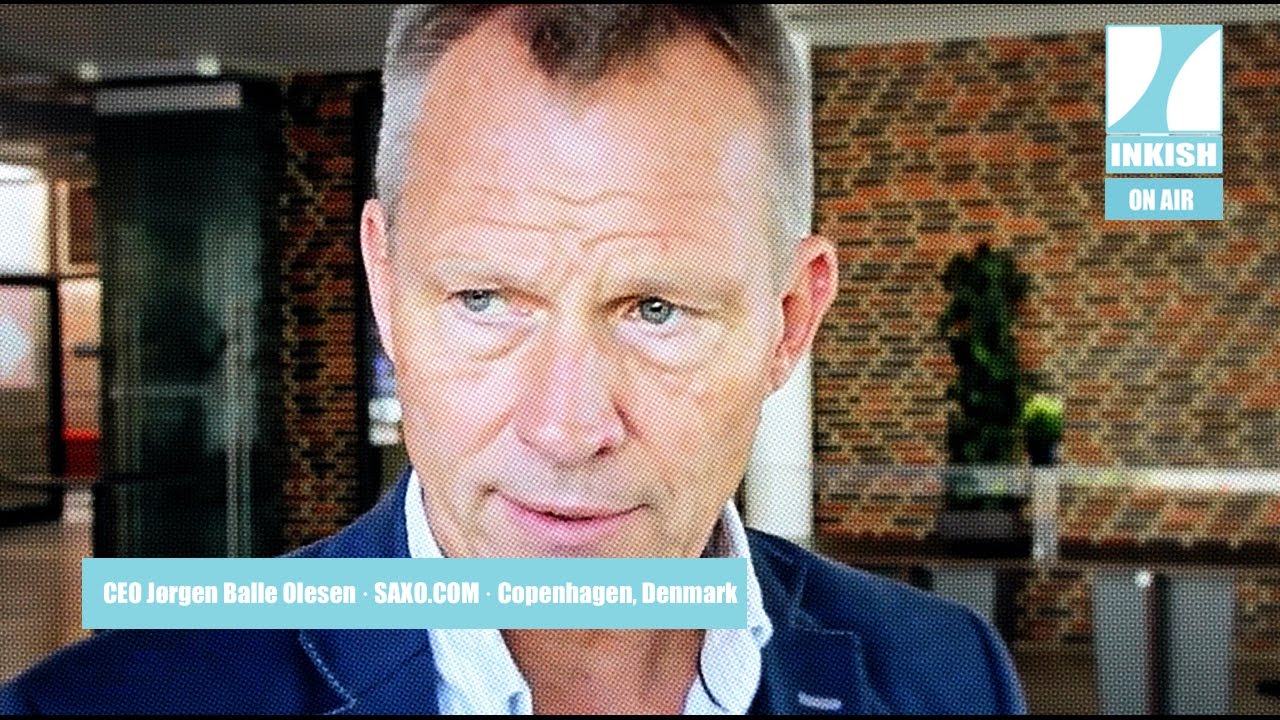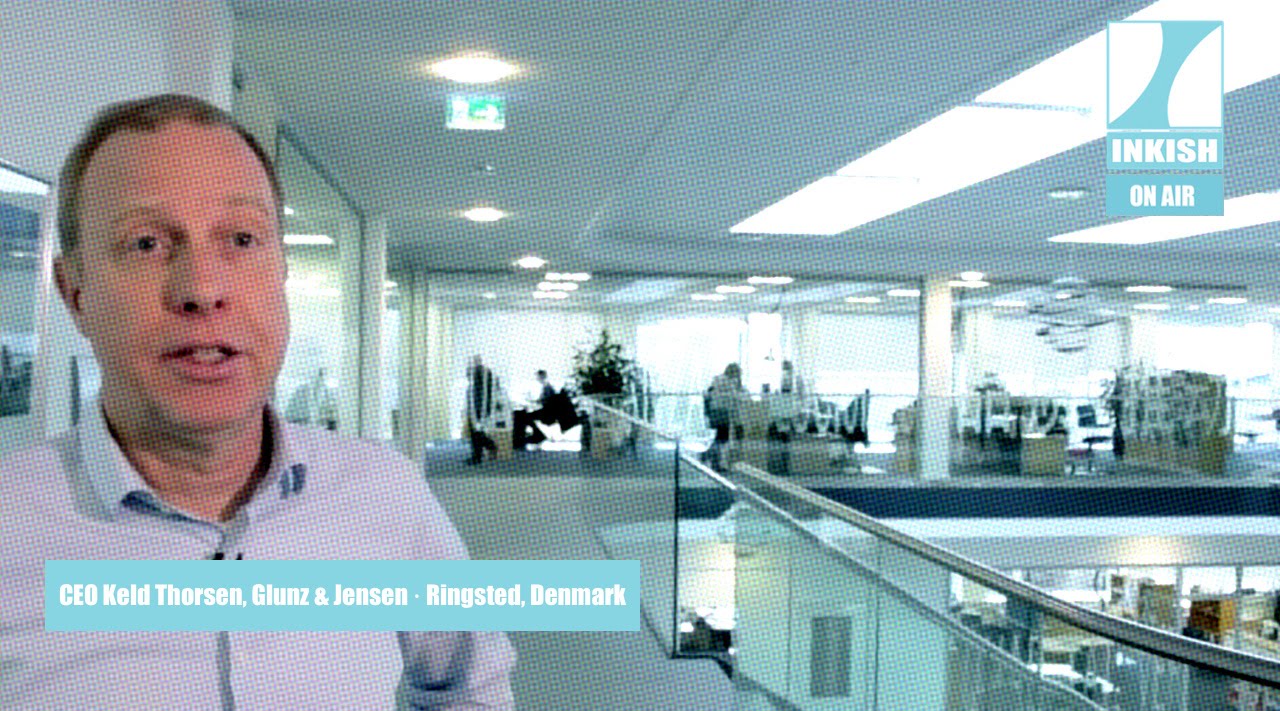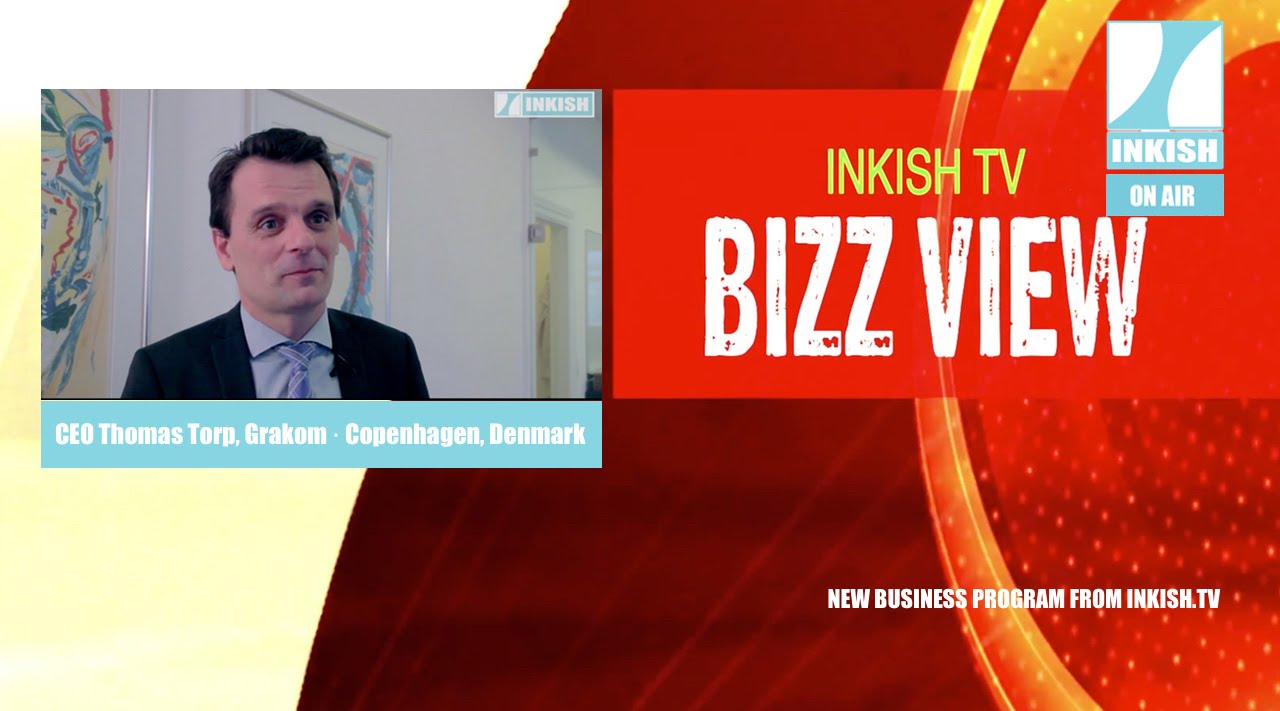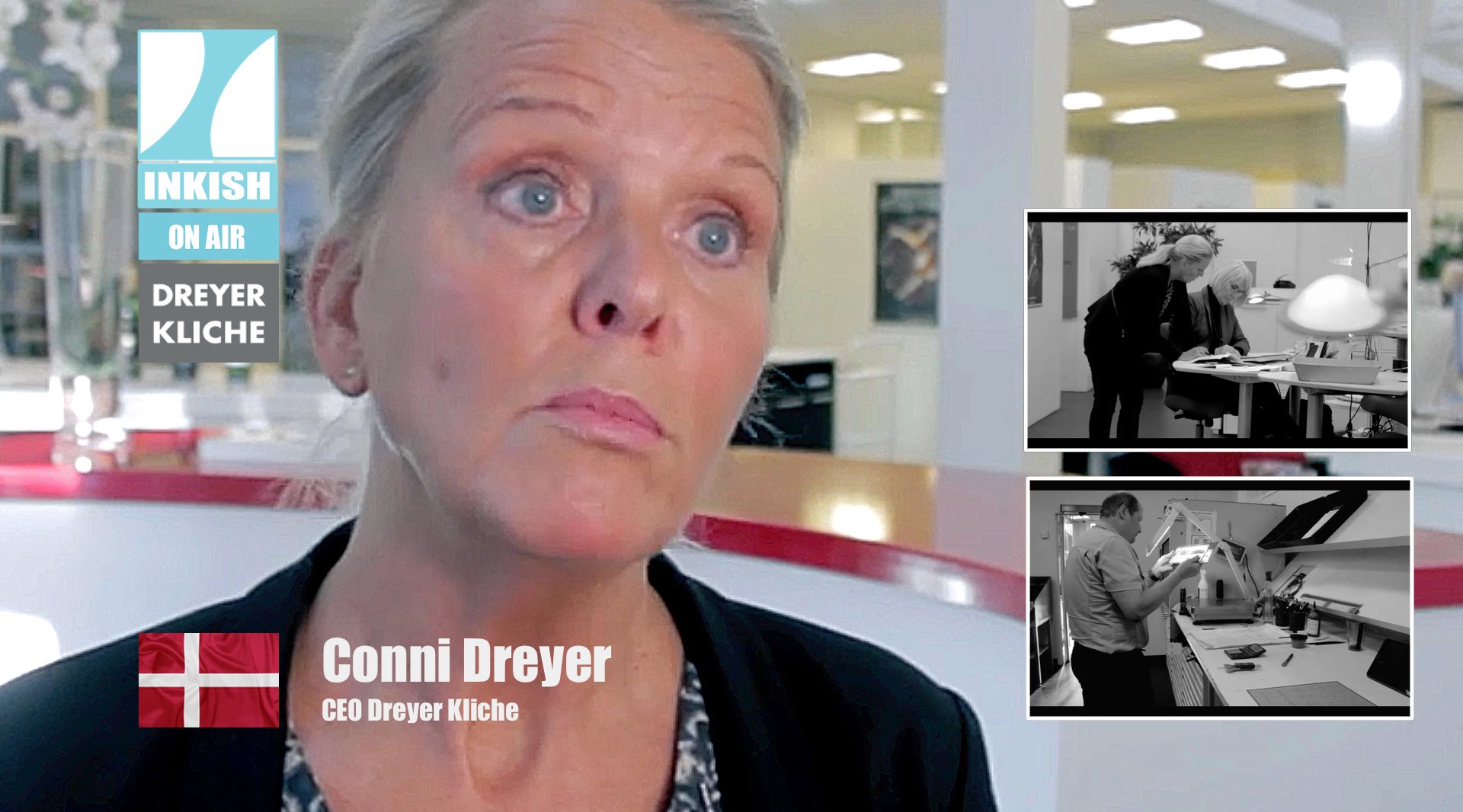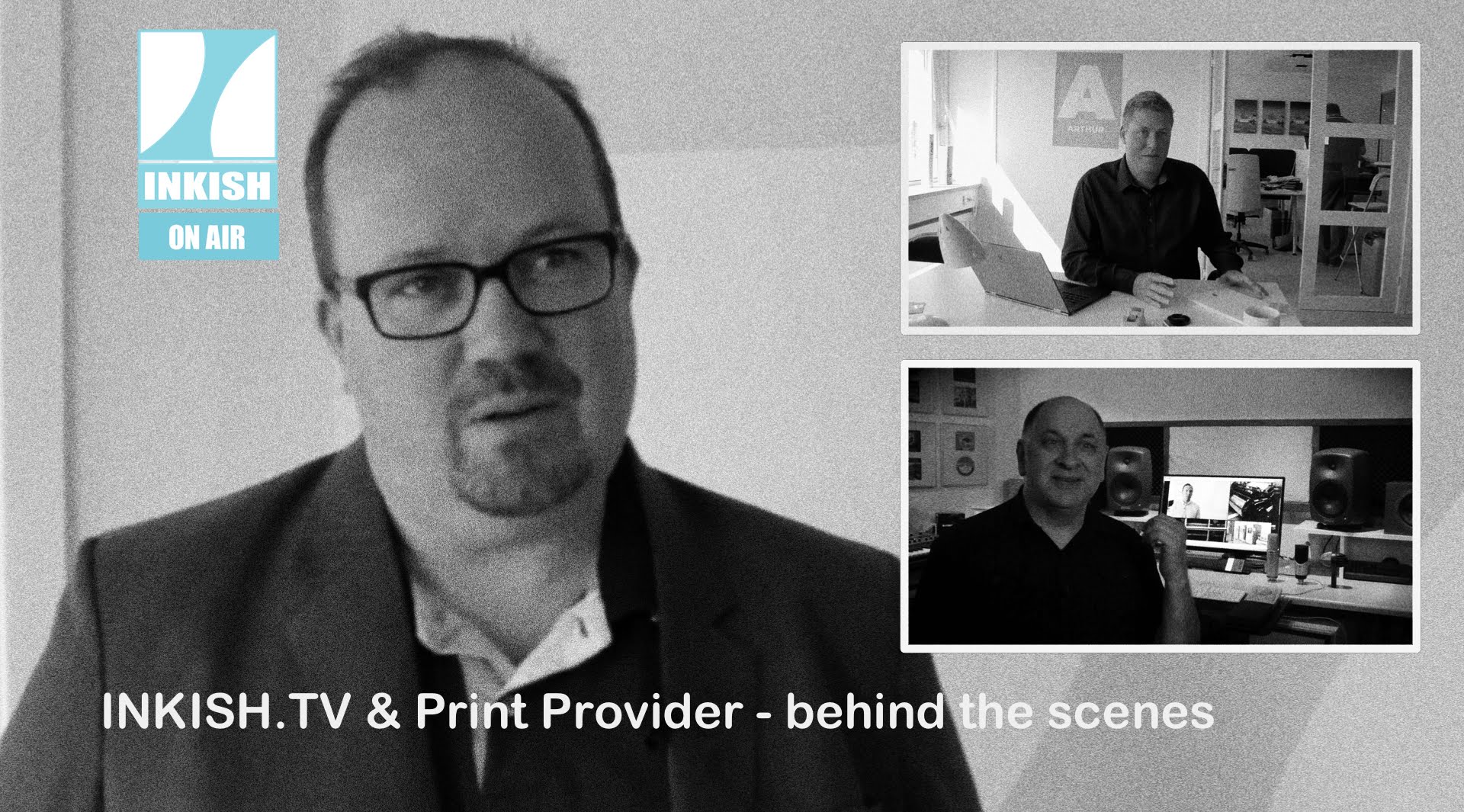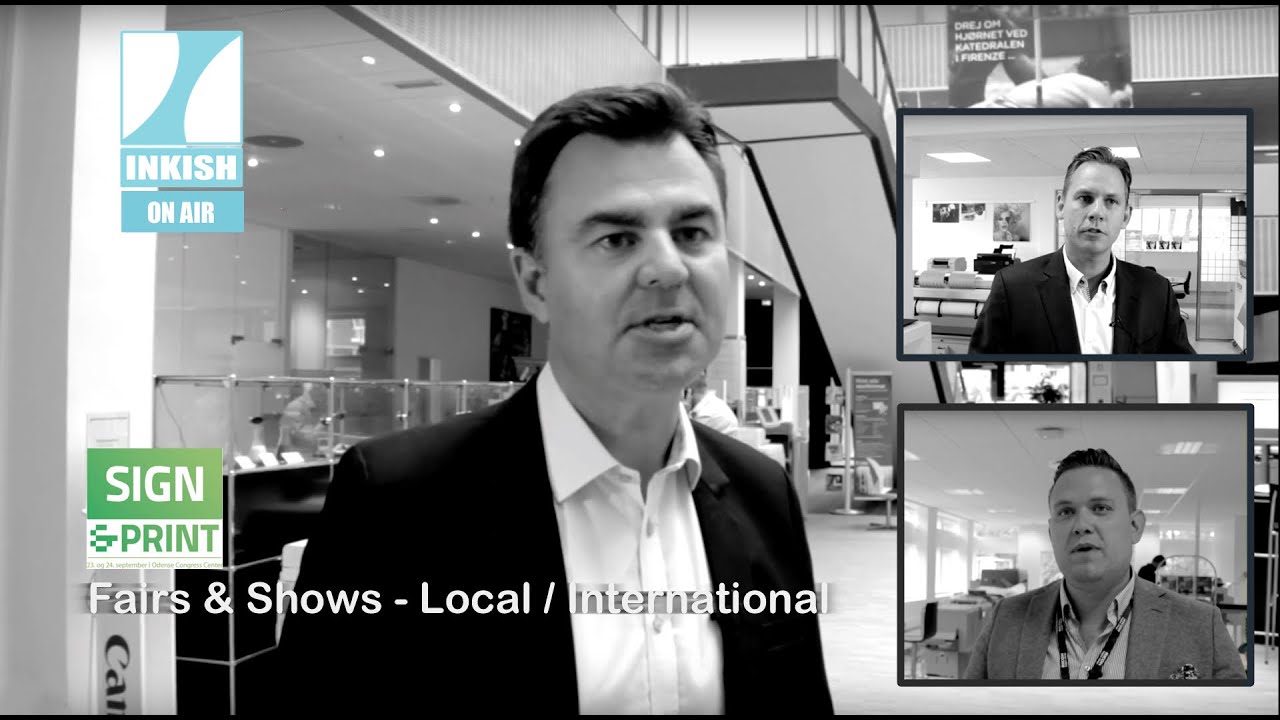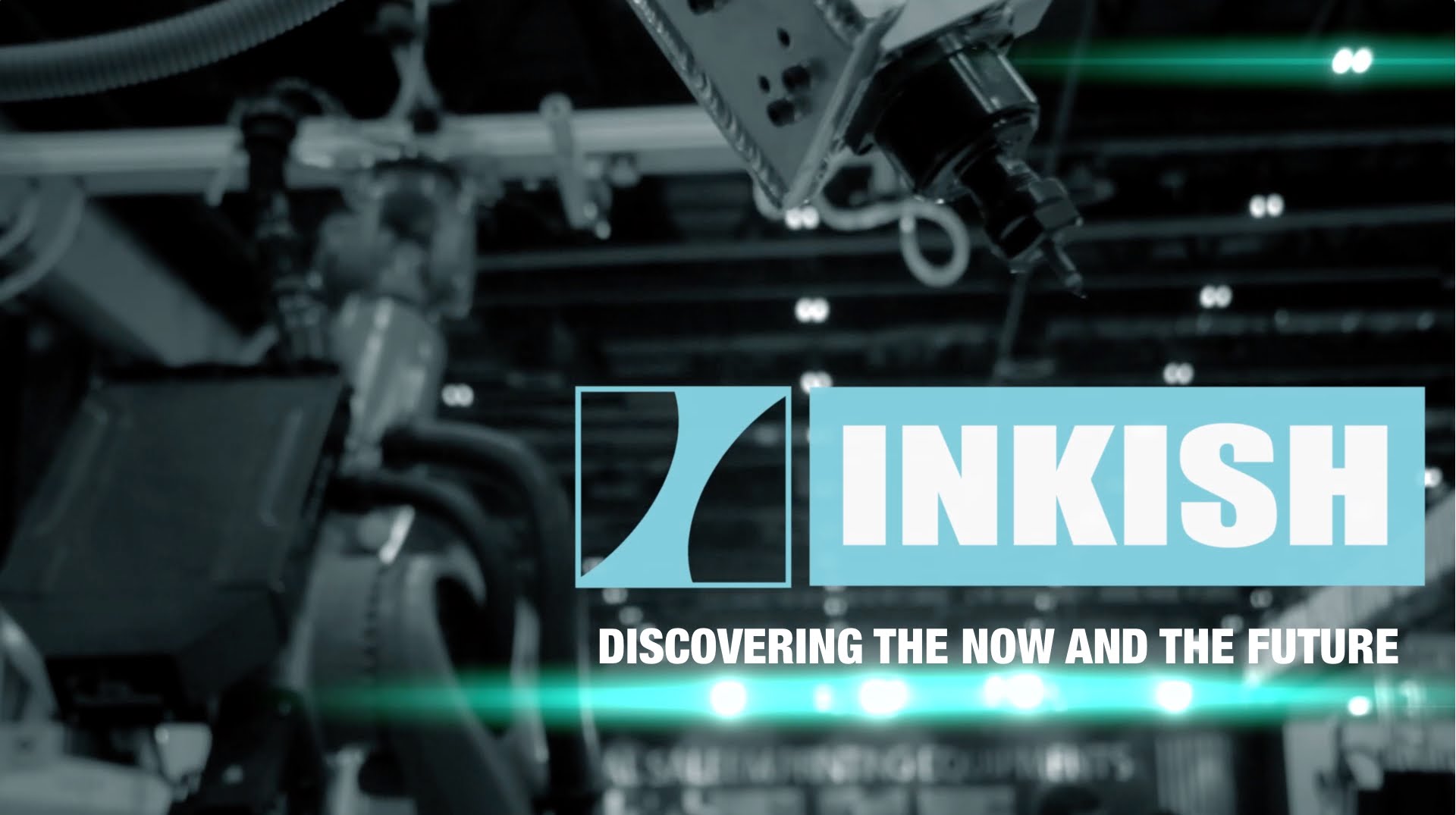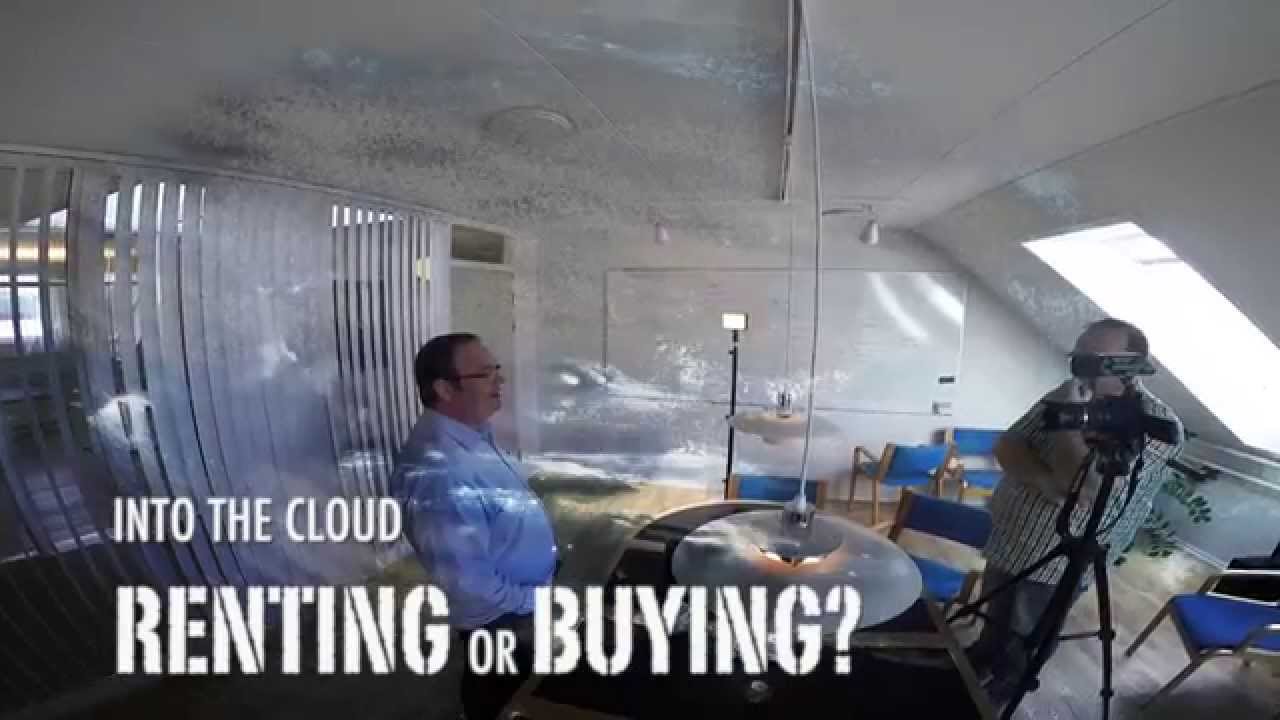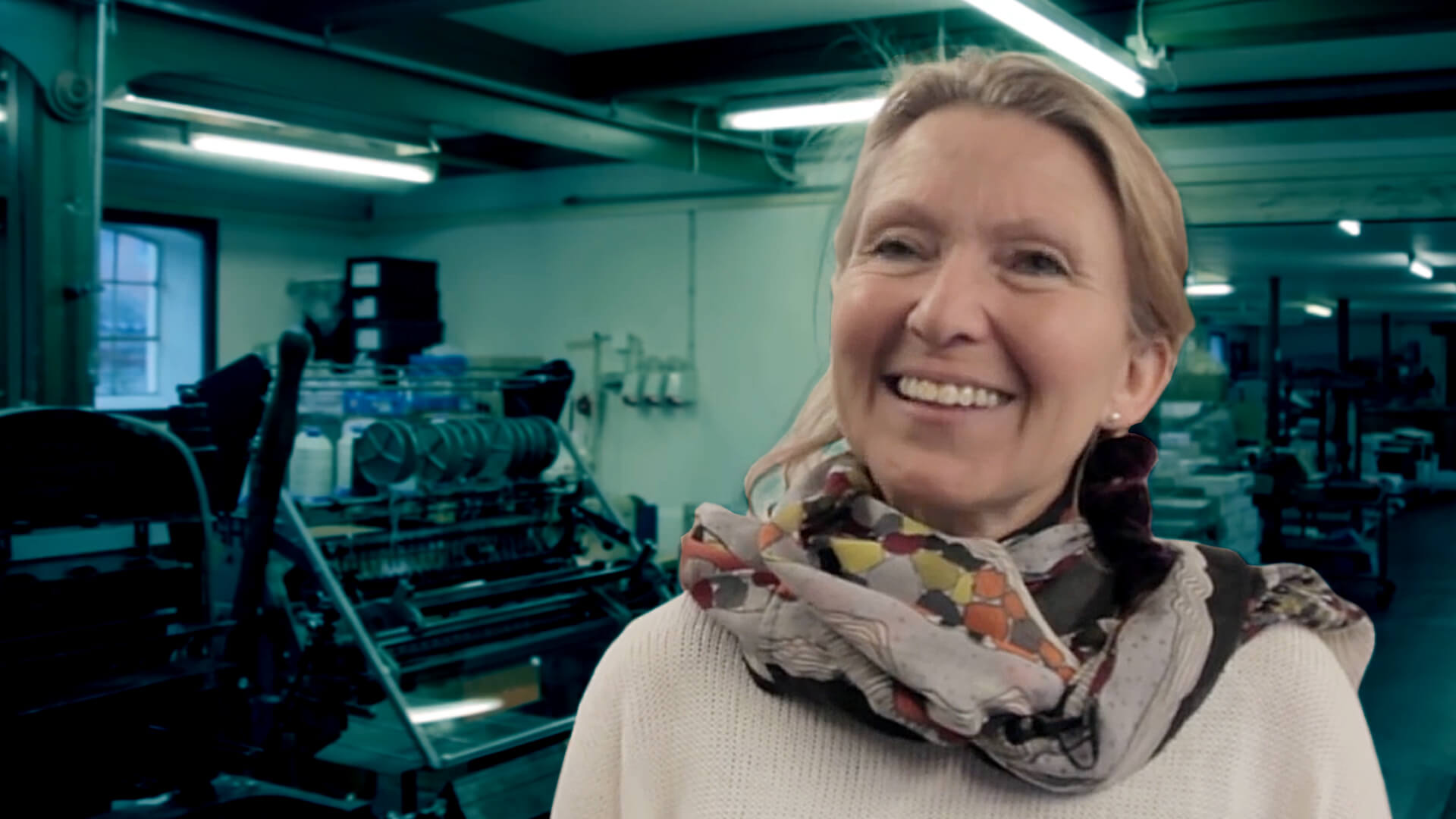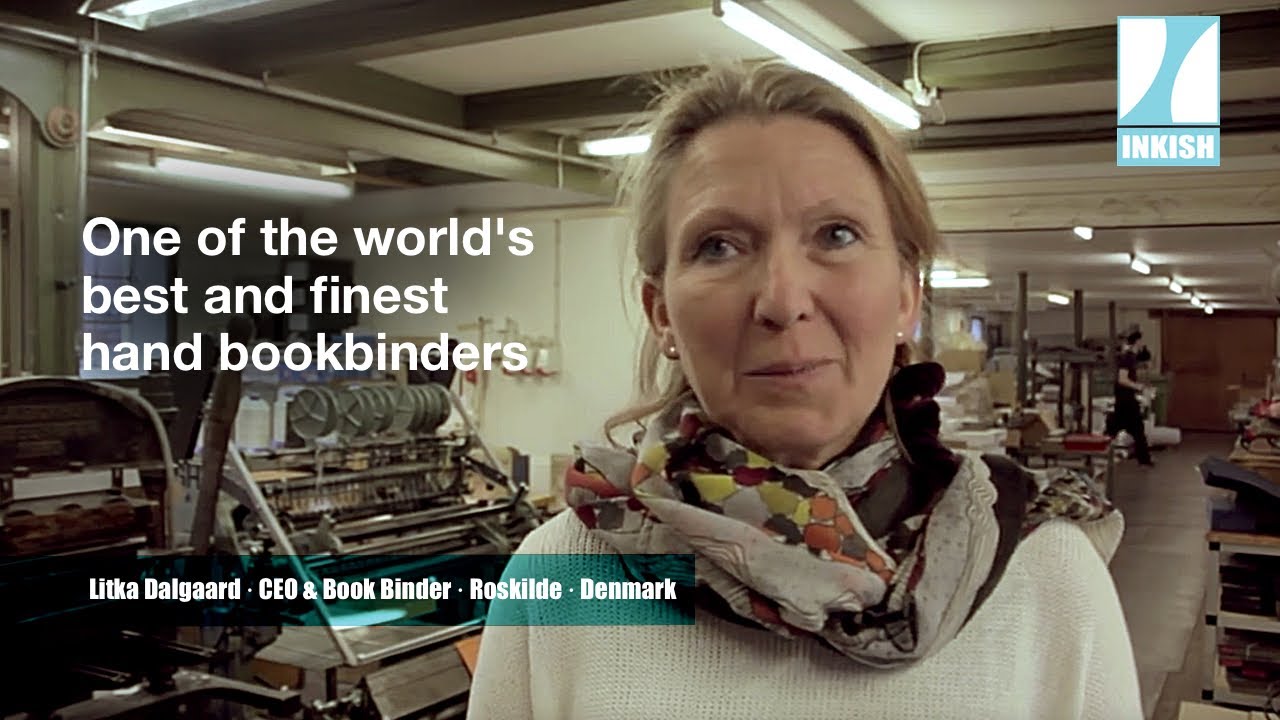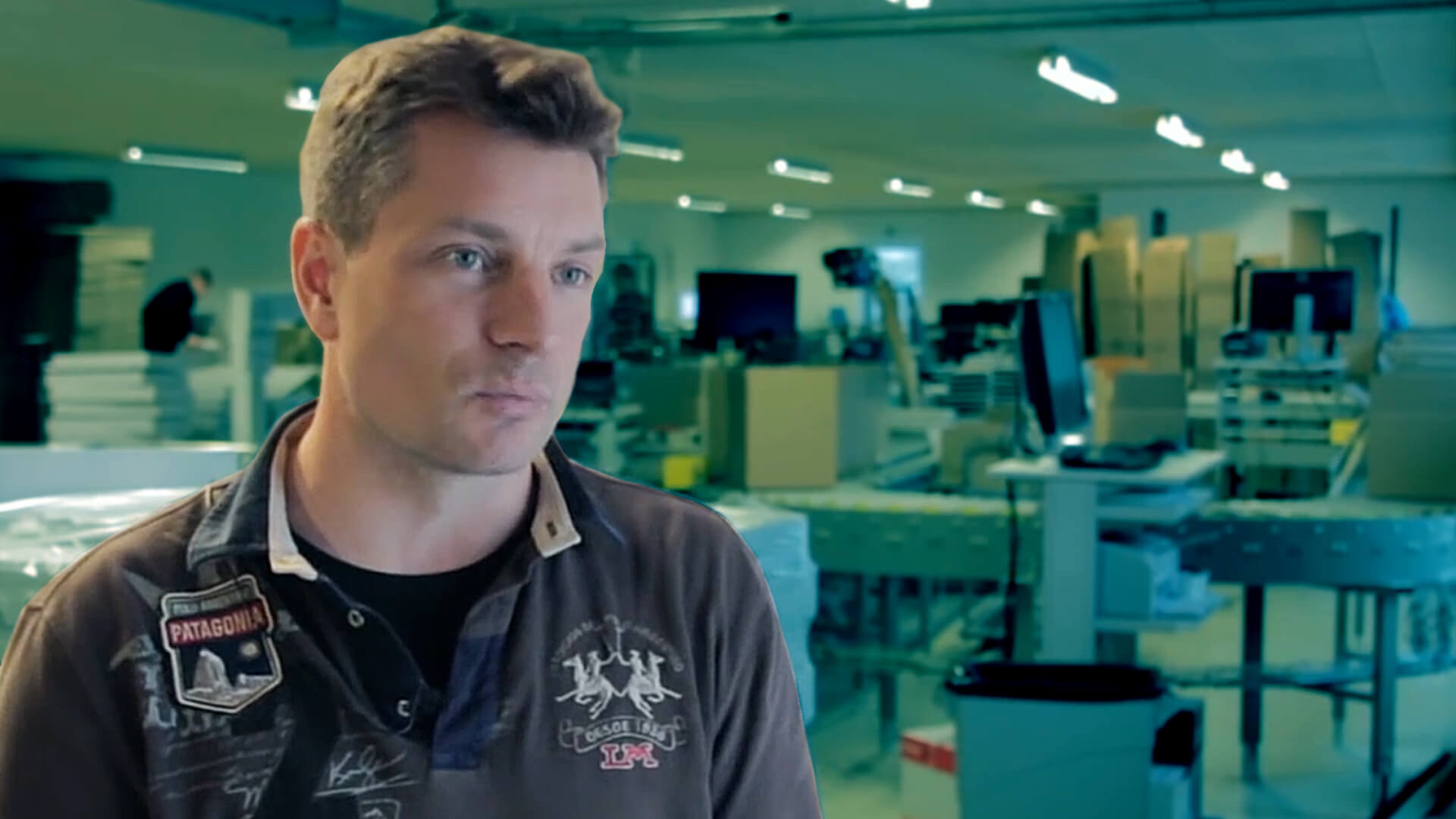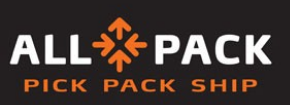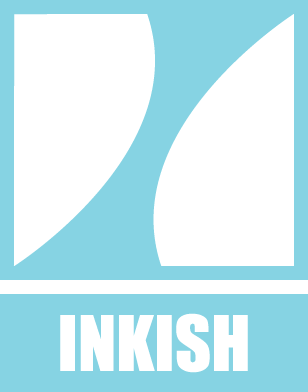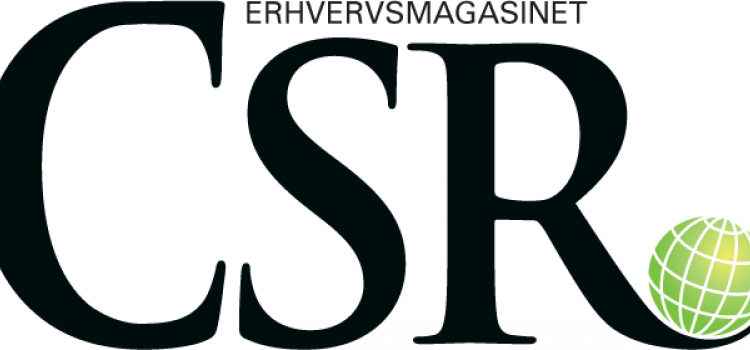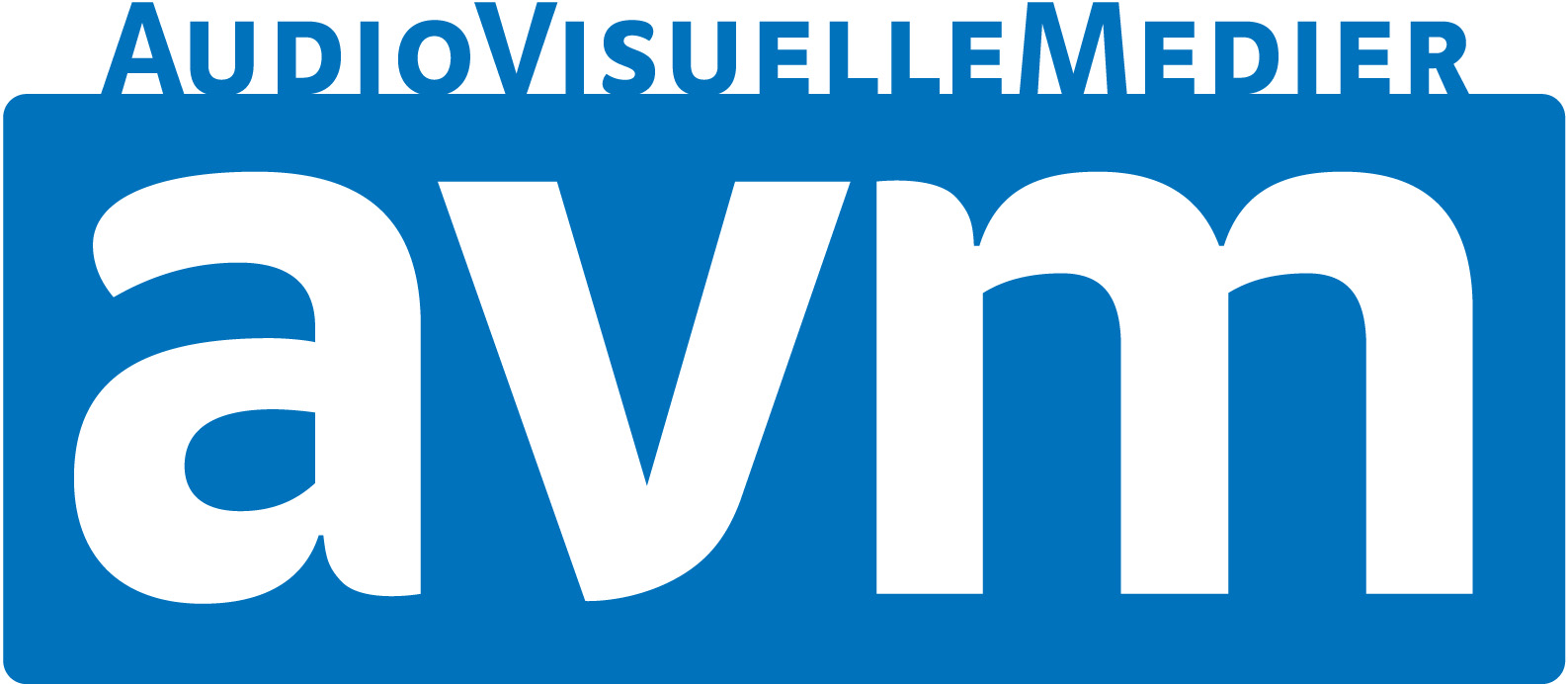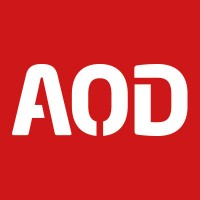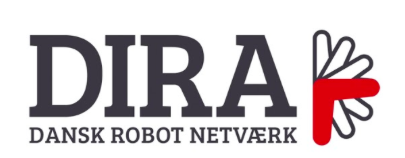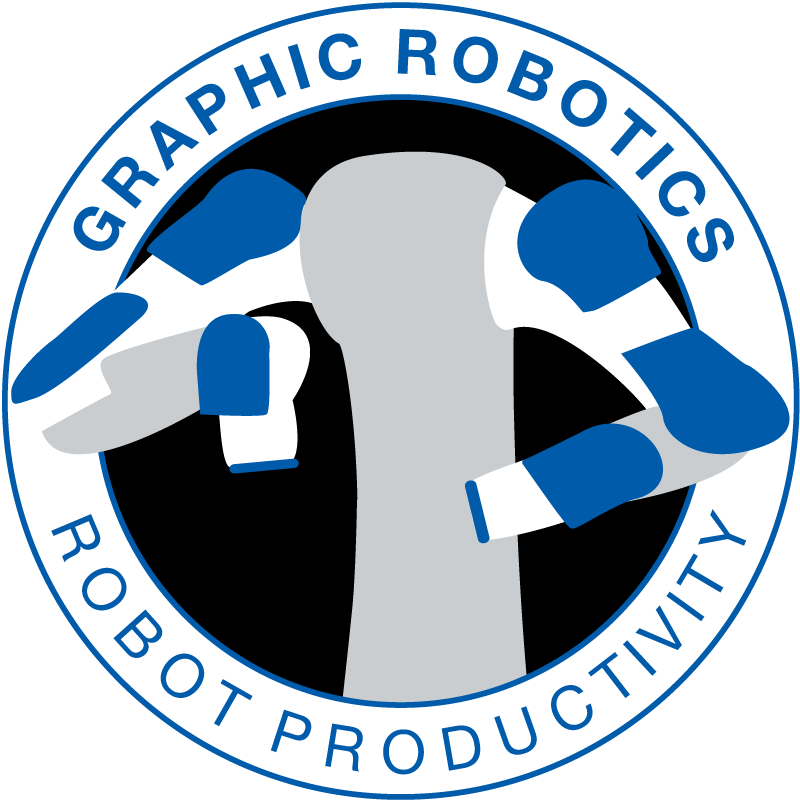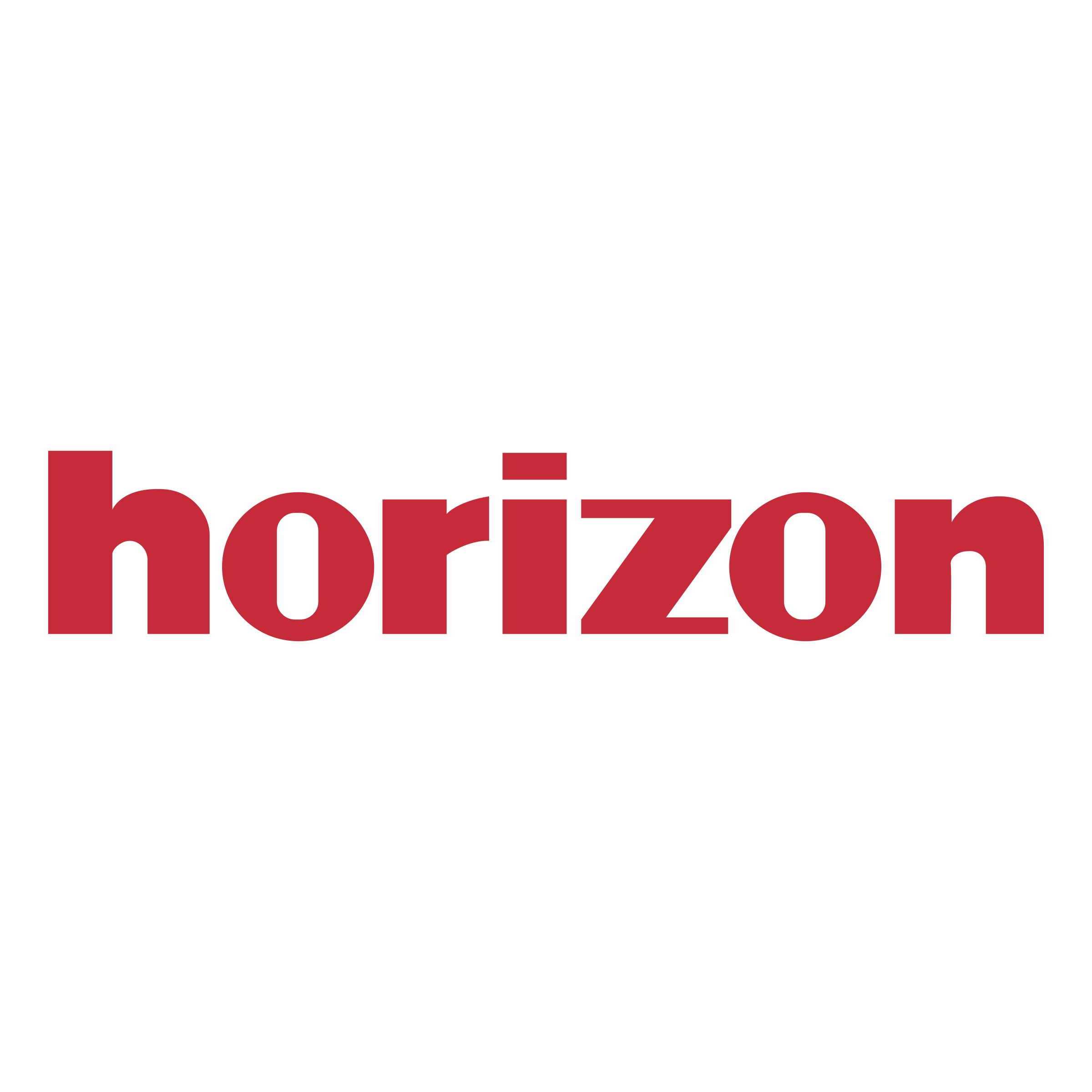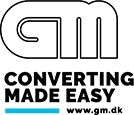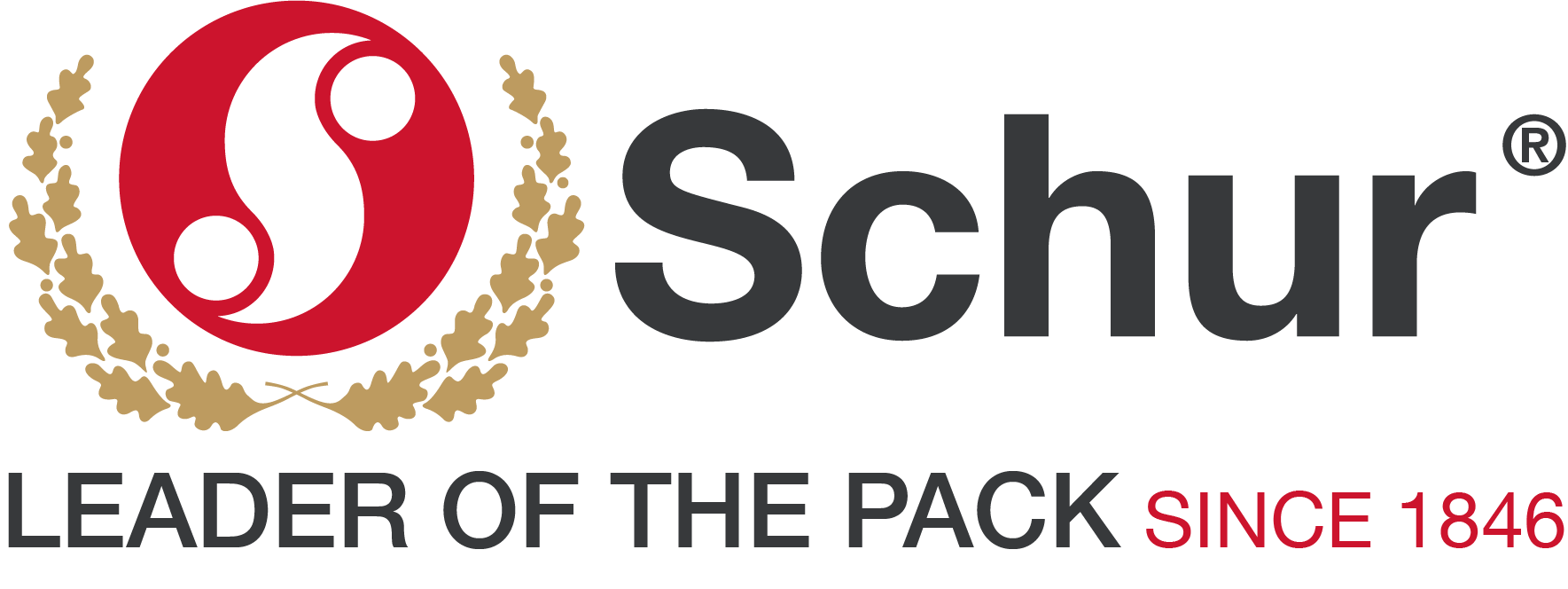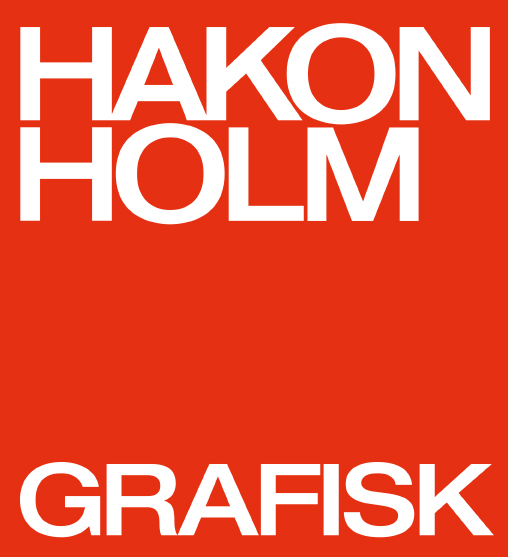 denmark
denmark
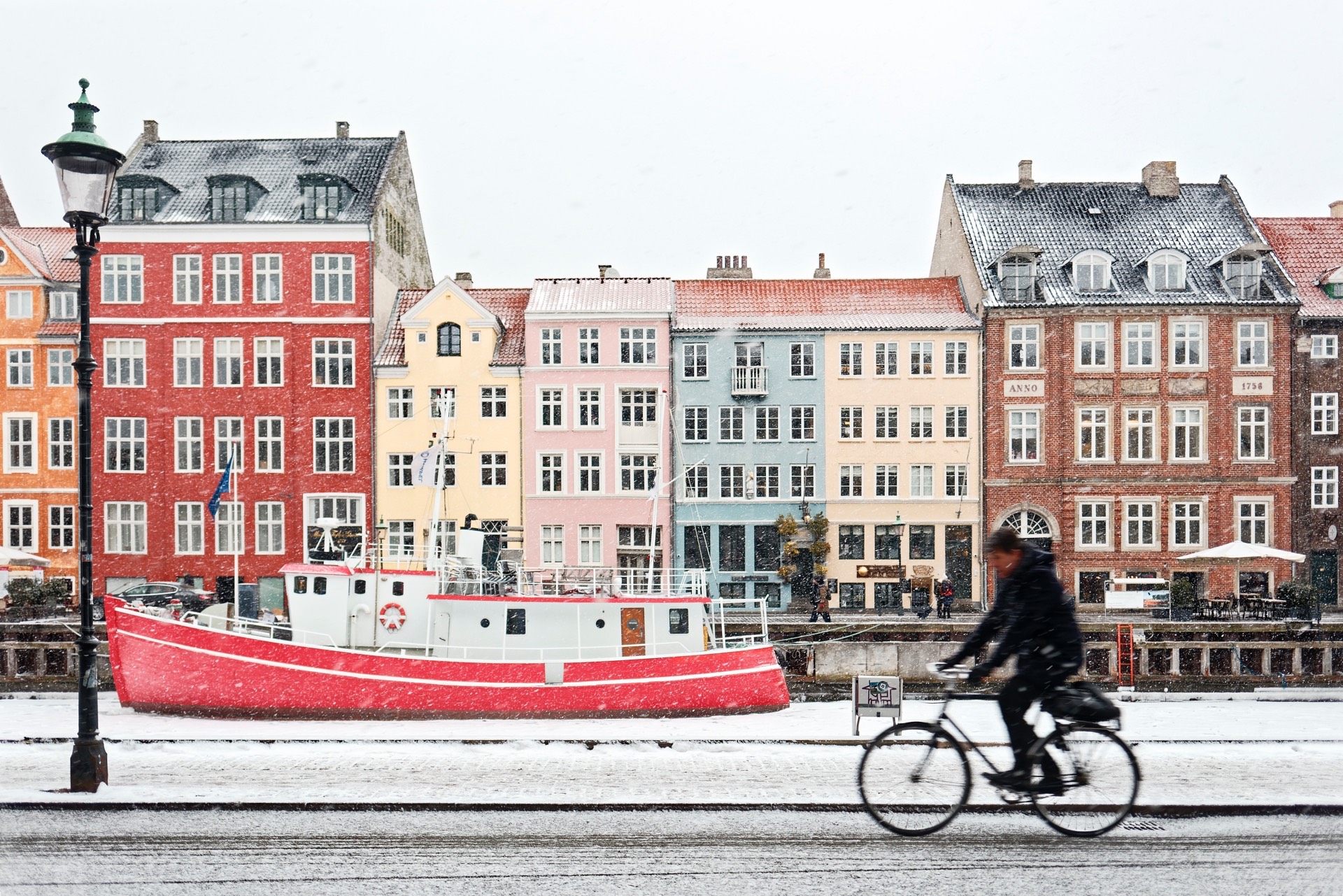

Denmark (Danish: Danmark, pronounced [ˈtænmak] (![]() listen)), officially the Kingdom of Denmark,[N 9][N 2] is a Nordic country. Denmark proper, which is the southernmost of the Scandinavian countries, consists of a peninsula, Jutland, and an archipelagoof 443 named islands,[N 2][10] with the largest being Zealand, Funen and the North Jutlandic Island. The islands are characterised by flat, arable land and sandy coasts, low elevation and a temperate climate. The southernmost of the Scandinavian nations, Denmark lies southwest of Sweden and south of Norway,[N 10] and is bordered to the south by Germany. The Kingdom of Denmark also includes two autonomous constituent countries in the North Atlantic Ocean: the Faroe Islandsand Greenland. Denmark has a total area of 42,924 km2 (16,573 sq mi), land area of 42,394 km2 (16,368 sq mi),[3] and the total area including Greenland and the Faroe Islands is 2,210,579 km2 (853,509 sq mi), and a population of 5.8 million (as of 2019).[11]
listen)), officially the Kingdom of Denmark,[N 9][N 2] is a Nordic country. Denmark proper, which is the southernmost of the Scandinavian countries, consists of a peninsula, Jutland, and an archipelagoof 443 named islands,[N 2][10] with the largest being Zealand, Funen and the North Jutlandic Island. The islands are characterised by flat, arable land and sandy coasts, low elevation and a temperate climate. The southernmost of the Scandinavian nations, Denmark lies southwest of Sweden and south of Norway,[N 10] and is bordered to the south by Germany. The Kingdom of Denmark also includes two autonomous constituent countries in the North Atlantic Ocean: the Faroe Islandsand Greenland. Denmark has a total area of 42,924 km2 (16,573 sq mi), land area of 42,394 km2 (16,368 sq mi),[3] and the total area including Greenland and the Faroe Islands is 2,210,579 km2 (853,509 sq mi), and a population of 5.8 million (as of 2019).[11]
The unified kingdom of Denmark emerged in the 10th century as a proficient seafaring nation in the struggle for control of the Baltic Sea.[2] Denmark, Sweden, and Norway were ruled together under one sovereign ruler in the Kalmar Union, established in 1397 and ending with Swedish secession in 1523. The areas of Denmark and Norway remained under the same monarch until 1814, Denmark–Norway. Beginning in the 17th century, there were several devastating wars with the Swedish Empire, ending with large cessions of territory to Sweden. After the Napoleonic Wars, Norway was ceded to Sweden, while Denmark kept the Faroe Islands, Greenland, and Iceland. In the 19th century there was a surge of nationalist movements, which were defeated in the First Schleswig War. After the Second Schleswig War in 1864, Denmark lost the Duchy of Schleswig to Prussia. Denmark remained neutral during World War I, however, in 1920 the northern half of Schleswig became Danish again. In April 1940, a German invasion saw brief military skirmishes while the Danish resistance movement was active from 1943 until the German surrender in May 1945. An industrialised exporter of agricultural produce in the second half of the 19th century, Denmark introduced social and labour-market reforms in the early 20th century that created the basis for the present welfare state modelwith a highly developed mixed economy.
The Constitution of Denmark was signed on 5 June 1849, ending the absolute monarchy, which had begun in 1660. It establishes a constitutional monarchy organised as a parliamentary democracy. The government and national parliament are seated in Copenhagen, the nation’s capital, largest city, and main commercial centre. Denmark exercises hegemonic influence in the Danish Realm, devolving powers to handle internal affairs. Home rule was established in the Faroe Islands in 1948; in Greenland home rule was established in 1979 and further autonomy in 2009. Denmark became a member of the European Economic Community (now the EU) in 1973, but negotiated certain opt-outs; it retains its own currency, the krone. It is among the founding members of NATO, the Nordic Council, the OECD, OSCE, and the United Nations; it is also part of the Schengen Area. Denmark has close ties to its Scandinavian neighbours also linguistically, with the Danish language being partially mutually intelligible with both Norwegian and Swedish.
Denmark is considered to be one of the most economically and socially developed countries in the world.[12] Danes enjoy a high standard of living and the country ranks highly in some metrics of national performance, including education, health care, protection of civil liberties, democratic governance, prosperity, and human development.[13][14][15] The country ranks as having the world’s highest social mobility,[16] a high level of income equality,[17] has the lowest perceived level of corruption in the world, the eleventh-most developed in the world, has one of the world’s highest per capita incomes, and one of the world’s highest personal income tax rates.[18]
Photo Credits:
Photo by Max Adulyanukosol on Unsplash
Photo by Mona Eendra on Unsplash
Photo by Julian Hochgesang on Unsplash
Tue May 14th
Morten B Reitoft · INKISH · PreDrupa LI...
Editor Morten B. Reitoft welcomes the audience to the final pre-Drupa Live event, the fourth in a series. He acknowledged previous technical issues in Casablanca and hoped for a smoother session - which we got :-) The program will feature Matthew Faulkner from Canon as the first guest and will be broadcast on multiple platforms (LinkedIn, Inkish TV, YouTube, and Facebook), encouraging audience engagement through questions. Reitoft discusses the impact of Drupa's cancellation in 2020 due to COVID-19 and the industry's anticipation for the 2024 edition, which is two weeks away. He describes the planning process, which began a year ago, and the creation of a physical brochure called "Drupa 24" featuring high-profile industry figures like Montserrat Peidro, Ulrich Stetter, Anthony Thirlby, François Martin, John Sommers, Paul Hudson, and Sarah Kilcoyne-Guilliam, offering their perspectives on the event. A daily segment called "Bonjour," a casual show featuring industry guests over croissants and coffee, is mentioned, with hosts like Pat McGrew. Key guests for these segments include Dr. Andreas Pleßke, Annette Friskopp, Daniel Erni, Ralf Sameck, Christoph Gamper, Julie Watson, Yasu Taketsugu, Jennifer Kolloczek, Volker Leonhardt, Diego Dias, Jordi Giralt, Erik Normann, and Tim Sterbach. Reitoft highlights the extensive coverage planned for Drupa, with over 300 films and episodes featuring industry insights on technology, business, sustainability, IoT, robots, and workflow. INKISH and its content partners will be key sources for updates on the event. They also introduce the INKISH In-Flight magazine, a 144-page printed publication available as a physical copy or a digital file, with an option to have it delivered to hotels for €15. The speaker expresses excitement for Drupa and its opportunities for networking and technology showcases, transitioning to the first guest, Matthew Faulkner, with a brief introduction.
Thu February 22nd
Super Satisfied Canon iX3200 customer · ...
It doesn't happen SO often that INKISH makes films in our backyard, but it's so nice when it happens. The first INKISH film was ALSO from Lasertryk in Denmark, but many things have changed. Back then, Xerox iGens were the workhorses of the time - now you see HP Indigo, the Canon iX3200, and, of course, the two Heidelberg XL106 - and a tonne of binding and finishing equipment. In this film, Production Manager Morten Jespersen explains how the IX3200 fits into the production and when they choose to work with either of the technologies available. Great to be back, and it is always fun to see how companies develop with a combination of focused people and the right investments! Here you can see the first INKISH film ever - also from Lasertryk :-)
Thu February 8th
Bonjour Day 3 · Arnaud Linquette · C!Pri...
Bonjour C!Print, J3 et dernier jour du salon. En invité, ami de longue date d'INKISH et personnalité bien connue de la communauté graphique internationale, anciennement chez Xerox et Memjet, aujourd'hui patron de Gravotec, Arnaud Linquette. Gravotec est leader des solutions de marquage permanent et conçoit, fabrique et distribue des solutions innovantes de gravure, de marquage et de découpe. Avec plus de 60 000 clients dans 77 pays, cette entreprise 100% française est un leader du marché basé à Lyon (France). Retrouvailles - avant de se dire au revoir - pour cette 11ème édition de C!Print. C'était très amusant de vous voir tous ici, prenez soin de vous ! —— Bonjour C!Print, Day 3 and last day of the show. As a guest, a long-time friend of INKISH and a well-known personality in the international graphics community, formerly at Xerox and Memjet, now boss of Gravotec, Arnaud Linquette. Gravotec is the leader in permanent marking solutions and designs, manufactures and distributes innovative engraving, marking and cutting solutions. With over 60,000 customers in 77 countries, this 100% French company is a market leader based in Lyon (France). Reunion - before saying goodbye - for this 11th edition of C!Print. It was great fun seeing you all here. Take care!
Wed February 7th
BONJOUR avec Philippe Alzina & Jacq...
Nous rencontrons Philippe Alzina, bien connu dans l'industrie graphique française et participant au salon C!Print depuis ses débuts. Excellent aperçu de comment tout a commencé, de ce que cela est devenu et de ce que cela signifie pour les PSP françaises. La finition et l'embellissement de l'impression sont des mots que nous entendons beaucoup comme un sujet important d'intérêt et de diversification. Mistral Graphic opère directement dans cet espace et on en apprend un peu plus sur eux. Excellente conversation et toujours agréable d'entendre des personnes ayant une longue histoire dans l'industrie. —— We meet Philippe Alzina, well known in the French printing industry and a participant in the C!Print show since the beginning. Great overview of how it all started and what it has become and means for French PSPs. Print finishing and embellishment are words that we hear a lot as an important topic of interest and diversification. Mistral Graphic operates directly in this space and we learn a little more about them. Great conversation and always nice to hear from people with a long history in the industry.
Sat January 6th
Replay · Why Marketing ROI is ZERO · Mor...
In this webinar, Morten B. Reitoft shares his experience in marketing, emphasizing the importance of instinct over data-driven approaches. He expresses skepticism about the effectiveness of commonly used marketing buzzwords and techniques, particularly in high-value, long-decision industries like printing. The webinar challenges the traditional reliance on metrics like clicks and views, arguing that these may not translate into real business value. Reitoft advocates for more authentic, quality-focused marketing strategies that resonate with specific audiences. The discussion also highlights the disparity between B2C and B2B marketing, stressing the need for tailored approaches that address specific customer needs in the business world. The speaker warns against superficial online marketing tactics and underlines the importance of understanding the market and the products being marketed. They suggest that marketing should be about driving immediate conversions and building relationships and trust, which are crucial for long-term sales in the B2B sector. Furthermore, the webinar addresses the challenges of measuring marketing ROI meaningfully, proposing that traditional metrics may not accurately reflect the impact of marketing efforts on sales, especially in industries with long sales cycles. The speaker encourages marketers to focus on creating relevant content and engaging with customers meaningfully, using marketing as a tool for education and relationship-building rather than just for pushing sales. Overall, the webinar provides insights into more thoughtful, customer-centric marketing strategies, questioning conventional marketing wisdom and advocating for a more nuanced, instinct-driven approach in the complex world of B2B marketing. Download the Presentation here.
Fri December 1st
Weber Reitoft · Ohne Reitoft · #8
Andreas Weber, reporting about the INKISH NON-EVENT23.
Thu October 19th
Printing United 2023 · Reporting from St...
I'm Morten from INKISH TV, currently at Printing United in Atlanta, standing in front of Standard Finishings' impressive booth. When attending trade shows, especially in the U.S., where most only last three days, it's not expected to see a wealth of equipment. However, Printing United, since its inception in Dallas in 2019, has been growing in terms of equipment showcased. The Las Vegas edition last year had more, but this year in Atlanta, there's more equipment than any previous Printing United event. Standard Finishings, which represents Hunkeler and Horizon, is no exception. Hunkler and Horizon offer turnkey solutions, covering everything from paper processing to finishing. Companies like Standard Finishings work closely with print OEMs. After all, it's almost impossible to think about digital printing without considering the necessary finishing equipment, whether nearline, online, or offline. This largely depends on the type of applications, the amount of printing equipment, and the product range. Behind me is a prime example of this integrated approach: an unwinder that processes printed rolls into sheets, which feeds into the Horizon binder. The result is a neatly saddle-stitched product ready for dispatch. In the industry, both Hunkeler and Horizon hold strong positions. And for those in the North American market looking to dive deeper, Standard Finishings is the go-to partner. Signing off from INKISH TV, this is Morten.
Wed October 11th
Weber & Reitoft – Rum Etikett...
In this, Weber & Reitoft, Andreas Weber, and Morten B. Reitoft talk about Caribbean Label Craft, based in Bridgetown, Barbados. An amazing label converter that, despite the high cost and long distances between customers, is a success. The question is, of course, can we learn from the nice people from Caribbean Label Craft - and as always, YES! Link to film: https://inkish.tv/inkish-video/clc/
Thu October 5th
Weber Reitoft · Am Messe · Sprechen über...
In this, Weber Reitoft, Andreas Weber & Morten B. Reitoft have decided to talk about four films recorded at LabelExpo - namely the ones with Volker Selg from IST Metz, Filip Weymans from Xeikon, Tobias Theurer from Theurer.com and finally Christoph Gamper from DURST. We apologize for the lack of subtitles in this edition, and we hope we will soon be able to deliver! Links: https://inkish.tv/inkish-video/levolker/ https://inkish.tv/inkish-video/leweymans/ https://inkish.tv/inkish-video/letheurer/ https://inkish.tv/inkish-video/legamper/
Wed September 27th
Weber & Reitoft – Wir Spreche...
Liebe Freunde, Ich spreche nicht gut Deutsch, aber es ist wichtig für mich zu versuchen. In unserem neuen wöchlichen Programm mit Andreas Weber sprechen wir über Filme und Themen, von denen wir denken, dass sie für deutsche Drucker und Geschäftsführer interessant sein könnten. Ich hoffe, dass es Ihnen gefällt und lassen Sie mich wissen, wenn Sie Vorschläge zur Verbesserung haben. Nächste Woche sprechen Andreas Weber und ich über LabelExpo. Vielen Dank, Morten B. Reitoft Redakteur LinkedIn Profiles: Andreas Weber: https://www.linkedin.com/in/andreasweber/
Thu September 21st
C!Print Madrid 2023 – Bonjour day ...
Last day at C!Print Madrid 2023 - last Bonjour. Nayeli and I look back on a very good show so far, a very good turnout, and a great vibe in the hallways. Visitors and exhibitors seem happy that they decided to come, and so do we! linkedin.com/in/jacquesmichiels-benelux linkedin.com/in/nayelli-gonzález-menéndez-6952a764
Wed September 20th
C!Print Madrid 2023 – Bonjour day ...
The second “Bonjour,” our morning edition today, is in the good company of our friends from the C!Print organization. We enjoyed hearing from Florent Zucca, marketing manager for all C!Print shows, and Mónica Calvo, responsible for the Madrid edition. What is their view on the changing and challenging times they and their clients face and that they see developing here and in the rest of Europe? Good insides as they are also a kind of a barometer for the health of the sector. ___ El segundo “Bonjour”, nuestra edición matutina de hoy – antes de la inauguración de la exposición – está en buena compañía de nuestros amigos de la organización C!Print. Tenemos el placer de escuchar a Florent Zucca, responsable de marketing de todas las ferias de C!Print y a Mónica Calvo, responsable de la edición de Madrid. ¿Cuál es su opinión sobre los tiempos cambiantes y desafiantes que enfrentan y que ven desarrollarse aquí y en el resto de Europa? Buenos informationes porque también son una especie de barómetro de la salud del sector.
Tue September 19th
C!Print Madrid 2023 – Bonjour day ...
It’s our First day at the Spanish C!Print exhibition held in Madrid, so – what to expect? C!Print in Madrid is back this year, but in a different and even more prestigious location, this being the famous IFEMA exhibition centre (Fair Institution of Madrid). INKISH will cover the expo in a bi-lingual format, so Spanish and English mixed and, of course, with subtitles. A lot of people are expected to come, so meet the team and check out the interviews from the show floor we will bring during the next few days. We will be hosting a morning “Bonjour” every day, so we will keep you updated on what we have seen and share our thoughts and feedback with you. linkedin.com/in/jacquesmichiels-benelux linkedin.com/in/nayelli-gonzález-menéndez-6952a764
Fri September 15th
Reporting from HP · Morten B. Reitoft · ...
We were supposed to have an exclusive walkthrough of the 200K at LabelExpo, but as HP asked it to be rescheduled at the last minute, we couldn't change our program - so Editor Morten B. Reitoft gives you a short update. Link to the INKISH V12 film from Israel you can find here: https://inkish.tv/inkish-video/v12/
Wed September 13th
Bonjour · Day 2 · Labelexpo 2023 · James...
Label Expo Brussels DID deliver on all parameters (except internet speed and temperature). Still, a very good show, and here in the morning of Day 2, James Quirk and Morten B. Reitoft share their views on the first day and expectations for the third. INKISH will only cover two days here, but still, that gives you thirty interviews - almost all online as you read this!
Mon September 11th
Bonjour · Day 1 · Labelexpo 2023 · James...
LabelExpo Europe in Brussels is the most important global show in the label industry, but the maybe more correct "label" would be flexible, packaging, label, mid-web industry, nevertheless, in this Bonjour, James Quirk and Morten B. Reitoft speculate about all the interesting trends and technologies we expect to see the next days. Stay tuned for a lot of interviews and presentations.
Fri August 18th
Super Optimized Label Production · Peter...
A webinar just a few days ago said that Label Converters see up to 80% of their production being re-orders. With Labelhub, most of these orders can be 100% automated and managed by the customers freeing up capacity, enabling faster turnaround, and by all means, helping Converters. Labelhub offers their customers the option to create customer portals integrated into the Converters MIS systems. Updated designs can, with drag'n'drop, be easily replaced, proofed, stepped, and sent directly to the printing machine, including laser dies, production data, etc. Labelhub seems to be a super interesting tool, and as we speak with the founder and CEO, Peter Vogt, we learn that Labelhub is an add-on to existing MIS systems. Still, by building up the customer portals in Labelhub, you essentially make it easier for yourself if you, at some point, decide to change MIS/ERP system.
Tue August 15th
Artificial Intelligence Webinar · Replay...
In this AI webinar, you will learn about the impact of AI on labor, legislation, and the printing industry - spiced with examples from various AI applications. Enjoy Morten B. Reitoft's lecture here on INKISH! Links: http://chat.openai.com https://openai.com/dall-e-2 https://www.respeecher.com/ https://www.descript.com/ https://runwayml.com/ https://www.youtube.com/watch?v=8KErdsJEzaY https://dreamtonics.com/synthesizerv/ https://www.futuretools.io/ Presentation: https://inkish.tv/wp-content/uploads/2023/08/LearnWithUs-AI-Presentation_s.pdf Report from PwC https://inkish.tv/wp-content/uploads/2023/08/intro-implementing-ai-manufacturing.pdf
Tue August 1st
Using Films in Your Communication · Žiga...
In this INKISH #LearnWithUs webinar, we focus on tips & tricks for using films in your communication. INKISH, Head of Production, Žiga Kovač, gives you tips on how to use your SmartPhone for production. Ed Cornelissen hereafter talks about why he, as a printer, uses films to communicate and teach his audience. Finally, Editor Morten B. Reitoft shares the anatomy of storytelling - what to do and what not to do. See or see it again to learn!
Mon June 26th
INKISH MAGS – Webinar REPLAY
In this webinar, Editor Morten B. Reitoft gives you an insight into why we believe there is a need for a new printed magazine in the industry, how it will be made, where it differentiates from existing publications, and why we believe this will be a game-changer. The presentation can be downloaded here: https://inkish.tv/wp-content/uploads/2023/06/Max-Impact_s.pdf
Wed April 26th
Branding vs. Marketing · Morten B. Reito...
In this session, Morten B. Reitoft explains his view on branding vs. marketing and why branding is the better option for CapEx investments. The logic is simple - PSPs and Converters don't buy anything based on a single point of communication, so why should a conversion lead to anything relevant - and how many times should the same lead be generated over a period of 3-6-12 months before it reverts into a REAL conversion - namely the sales? In the session, Morten B. Reitoft also explains how he sees the role of marketing in a company - regardless of whether it's with an OEM or a PSP. You don't have to agree!
Thu March 2nd
Bonjour Innovationdays · Michel Hunkeler...
Who's better to conclude on the Innovationdays than Michel Hunkeler? In our fourth and last Bonjour session, your hosts Jacques Michiels and Morten B. Reitoft talk to Michel Hunkeler. A very satisfied Michel Hunkeler also says that Hunkeler has many great things in the pipeline for the future - though without revealing any details - but we tried - promise!
Wed March 1st
Hunkeler Innovationdays · Day 3 · 2023...
A great third day of Innovationdays with a continuous wealth of learning. Talking to PSPs, vendors, specialists, and even a friend from Keypoint Intelligence. Don't say we are not bringing the world into your living room :-)
Wed March 1st
Bonjour Innovationdays · Giulia Sinatra ...
We enjoy our Bonjour format, inviting different people into exciting chats about the industry. We welcome Giulia Sinatra and Jacob Hededam Hummel from Meccanotecnica and HP to this morning's session. Of course, we talk about print and technology, but we also talk about how to make the industry more attractive to young people. Really a good morning show, so enjoy :-)
Wed March 1st
Hunkeler Innovationdays · Day 2 · 2023
Innovationdays have become a significant event for almost all companies and visitors the event is an overwhelming show of equipment, meetings, people, old friends, and so many inputs, that at least your INKISH team has no problems falling a sleep after busy days - and often followed up by dinner parties, meetings, etc. in the evenings. Day 2 was great and we interviewed quite a few people - many already published on INKISH.TV - so tune in, and enjoy!
Tue February 28th
Bonjour Innovationdays · Jennifer Kolloc...
Second day at Innovationdays in Lucerne, and another Bonjour ready to be presented. Today's Bonjour is with Sr. Director Marketing, Jennifer Kolloczek from Canon, and Bryan Takano, Market Promotions at Horizon International. A nice, relaxed, and casual format where we talk technology, market, business, and all with a smile and a bit of fun. Enjoy our Bonjour and all the interviews.
Tue February 28th
Bonjour Innovationdays · Annette Friskop...
At Innovationdays, INKISH starts early, and though today's Bonjour was filmed a bit later due to the late arrival of planes from America, we are certain that you will like this format. Informat, fun, and still to learn from. In the first Bonjour, you'll meet Annette Friskopp, General Manager, HP PageWide - responsible for HP T-Series Advantage 2200, and Daniel Erni, who took over the CEO position for Hunkeler on January 1st, 2023. Interesting chat moderated by your INKISH hosts, Jacques Michiels and Morten B. Reitoft.
Wed February 1st
Great Event with many Attendees · Bonjou...
C!Print 2023 in Lyon is, by all measures, already a success. The EuroExpo Center in Lyon was filled up with guests, and most of the day, it seemed very busy. There was a good mood, and we got some excellent interviews from many exciting people. In this Bonjour! Jacques Michiels and Morten B. Reitoft share impressions from the first day and expectations for our last day at C!Print. Enjoy, and remember to see our interviews on INKISH.TV. We already have many films online, and all are now uploaded with English subtitles (the French language editions!)
Tue January 31st
Bonjour C!Print · What to Expect · Jacqu...
First day - what to expect? Well, C!Print in Lyon is live, and your hard-working INKISH team starts speculating about the expectations for the day. Enjoy, and check out the interviews we will be doing on January 31st and February 1st.
Sat December 3rd
Global Warming & Solar Flares · Hen...
Sustainability is one of the most critical topics in the global printing industry these years. Global warming is a severe challenge to everybody, and while companies, individuals, and governments work on solutions to reduce the CO2 in the atmosphere, more things influence global temperatures. Henrik Svensmark is an Astro Physicist at DTU Space and has for years researched how solar flares influence cloud formation, which also has a huge impact on global warming. In this unusual presentation (for being in the graphic arts industry), Henrik Svensmark guides our audience through the research and the ideas they are pursuing. Great presentation and the INKISH team is happy that we can bring this interesting research to our audience. Thank you Henrik Svensmark.
Tue November 29th
Robots in the Graphic Arts Industry · He...
At IGAS, we saw more robots than ever before at any tradeshow. Henrik Christiansen from Cool Graphics is a well-known robot/cobot specialist in the printing industry. In this film, he walks us through several different types of robots and explains when it's called a cobot and when it's called a robot. What is the difference between an AMR and an AGV, and why two arms instead of one? We also get a view of the different types of grippers, so in short, a guided tour of the different types of robots and how they are utilized in our industry. GREAT - so watch it :-)
Fri October 21st
Bonjour PRINTING United 2022 – Day...
Thank you to everybody who has followed us during the past three days. PRINTING United has been a success, and we have been covering as much as we possibly could. This is the last edition of our BONJOUR program, where Deborah Corn, Pat McGrew, and Morten B. Reitoft talk about what we have seen and our expectations for the last day. This has been fun, exhausting, and a lot of hard work! Thank you to our sponsors, supporters, followers, friends, and, most importantly, those who choose to see and read our content!
Thu October 20th
Bonjour PRINTING United 2022 – Day...
The second day of PRINTING United had just started, and we were the early birds. The trio briefly touched on yesterday's findings and what to expect today. It will be a good day, visiting exciting exhibitors like HP, Design'n'Buy, Tecnau, Scodix, Koenig & Bauer, AMP, Heidelberg, Canon, Kyocera, and Solimar.
Thu October 20th
Bonjour PRINTING United 2022 · Deborah C...
PRINTING United has started, and thousands of people arrived today, filled with expectations, and so did Deborah Corn, Pat McGrew, and Morten Reitoft. Every morning we will speculate over expectations and evaluate the day passed. The first day didn't go as 100% as planned, as the Las Vegas Convention Center broke all records for bad internet. Not because you always find things to complain about, but in today's world where we need to be connected, and as a media, even more. But here we are, and hopefully, we will find a technical solution in the coming days - but enjoy :-)
Fri September 30th
Morten B. Reitoft · Editor-in-Chief · IN...
Editor Morten B. Reitoft spoke at the Horizon Finishing First event. The presentation is about why automation isn't always needed and, when needed, how to identify the potential.
Sat September 24th
The Finishing Line · GM Part II · Uffe N...
Uffe Nielsen is the CEO (and one of the owners) of GM in Denmark. Known for its label finishing machine. This session is almost the same as the previously published one, but as we had some sound issues, we did the second session and decided to keep both. Uffe Nielsen is extremely passionate about his company, its products, and for sure, also the labels produced. Uffe Nielsen reveals who they sell to in this Learn With Us session, but he also reveals that GM is entering into the mid-web segment. Interesting and worth a watch!
Thu September 22nd
The Finishing Line · GM · Uffe Nielsen ·...
If passion flows in the veins, Uffe Nielsen is a living example. His family-driven company GM (Grafisk Maskinfabrik), has developed into a global supplier of amazing finishing technology for converters, and in this Learn With Us session, he gives us an in-depth introduction to GMs products and, in particular about the company's self-developed laser cutter. Really interesting!
Thu September 15th
Labelhub enables easy re-ordering · Pete...
We find Labelhub on the Screen both at LabelExpo, and for a good reason. Labelhub was shortly after its first release discovered by Charlie Brown from Screen As Charlie Brown says in this interview and presentation, Labelhub serves a very simple need, namely, to automate the re-ordering process and fill up the machines. Peter Vogt is the founder and CEO of Labelhub, and with a background in the label industry and in IT, Labelhub is developed with strong domain knowledge. Enjoy the story - a bit long, but spoiler alert - you will see how easy Labelhub is to use, and you will see the fantastic Screen label press :-)
Wed September 14th
INKISH Welcome you to LabelExpo 2022 · M...
We are ready to cover LabelExpo Americas in Chicago intensively with interviews, demos, and reporting. Not much more to say but welcome!
Sat June 4th
FESPA Berlin 2022 · Day 4
Our coverage of FESPA Berlin 2022 on the day is over. The first and only interview is with no less than FESPA’s own Michael Ryan. As you can see in today’s coverage Ryan is excited about how FESPA has been executed, and the overwhelmingly positive feedback from visitors and exhibitors. After interviewing Michael Ryan, our own editor Morten B. Reitoft gives you a short analysis of FESPA through the eyes of INKISH.
Fri June 3rd
FESPA Berlin 2022 · Day 3
FESPA Berlin 2022 · Day 3 00:00:46 Epson with Duncan Ferguson 00:27:01 Kongsberg with Stuart Fox 00:34:30 Enfocus with Davy Verstaen 00:55:41 Seiko with Jens Herman 01:06:19 Hybrid Software/Global Graphics with Justin Bailey 01:29:32 Roland DG with Anders Mydtskov 01:47:02 Mimaki with Mark Sollman 02:07:01 Aeoon with Angelo Schiestl (German) 02:20:17 Kornit with Amit Rabin 02:49:30 Canon with Matthew Faulkner 03:01:21 Fujifilm with Steve Cookman Great third day with so many interesting demos, presentations, and interviews!
Thu June 2nd
FESPA Berlin 2022 · Day 2
Fespa Berlin 2022 · Day 2 00:00:46 Brother with André Albrecht 00:27:43 Hexis with Christophe Inigo 00:38:18 Antalis with Francois Lainé 01:03:45 SAPPI with Paola Tiso 01:10:22 Fujifilm with Oliver Mills 01:29:27 InEdit with Luca Sandron 01:48:05 eProductivity Software with John Lowe 02:07:18 Beaver Paper with Tobias Sternbeck 02:20:21 Print.com with Marco Aarnink Exciting day :-) The Interviews will after FESPA be cut into episodes so it will be easier to go directly to the content of your interest!
Wed June 1st
FESPA Berlin 2022 – DAY 1
In this LIVE-stream from we cover many interesting companies - and you can see each of the companies below with an approx time code for when the interviews/demos start: 00:00:41 Printess with Christoph Schacht and Christoph Clermont 00:12:26 SAi with Jasper Lauwens 00:29:16 Canon with Nuray Işık Kapucu 00:45:39 Agfa with Mike Horsten 01:24:29 Mondi Group with Bart Aten 01:33:57 BHS Corrugated with Nils Gottfried 01:42:15 Hanglory with Will Xu 02:02:41 PLASTGrommet with Rafa Menéndez 02:23:39 EFI with Hanan Yosefi 02:46:11 Kornit with Omer Kulka GREAT DAY with many interesting take-aways!
Mon May 23rd
Why the GREEN agenda is the ONLY way to ...
At the Sign, Print & Promotion '22 in Helsinki I was asked to give a presentation under the above title - and it was quite fun to do, though the topic, of course, challenges many. It's not fair to deliver a polluted world to the next generations. We have to make a business based on green values, and sustainable behaviors. I don't have answers, but maybe the questions and the speculations can help you and set your agenda? LinkedIn Profile: https://www.linkedin.com/in/reitoft/
Tue April 26th
Peter Vogt · CEO & Founder · LabelH...
We follow up on Peter Vogt, the CEO & founder of Labelhub. We find out that the cloud-based online platform is tailored specifically for digital label PSPs, helps to increase overall productivity, saves time in the process, and creates more transparency in the value chain. Peter & his colleagues offer their services on a monthly subscription basis. LabelHub is a Danish software company with more than 20 years of experience in the label industry.
Tue April 26th
Olga Heckman · International Sales Manag...
LlinkedIn Profile: https://www.linkedin.com/in/olgaandersen/
Tue April 26th
Uffe Nielsen · Director · Grafisk Maskin...
LinkedIn profile: https://www.linkedin.com/in/uffe-nielsen-3809882/
Tue February 1st
Editor Morten B. Reitoft · Interviewed b...
I almost ALWAYS write the introduction text on YouTube, LinkedIn, and INKISH.TV, and to be honest, quite strange, to write about me. In this Conversations, CEO Julie Watson from Ultimate TechnoGraphics asked if she could interview me, and of course. However, it is important to stress that I am not in the market to promote myself, but ALWAYS promote our great industry and the amazing people I am so lucky to meet. Being an editor for INKISH, I take very seriously, and I hope the words I share here will be an understanding of where I come from, what drives me, and how I hope my words can inspire the people that see, listen, and read the stories we deliver on INKISH.TV and INKISH.NEWS. I love my work, and I am truly grateful for meeting all the really smart people out there! Thank you!
Wed January 5th
Schur, Sammeck & Winkler · Super Op...
Ralf Sammeck and Dirk Winkler of Koenig & Bauer along with Johan Schur of Schur Technologies describe how the two companies, acting as one service, work together to provide world class packaging print and logistics solutions. Advanced technologies including automated workflow and robotic AGV management implemented in the Schur Gallin packaging facility give a glimpse of what IOT can do to create modern, efficient production. LinkedIn: Johan Schur Ralf Sammeck Dirk Winkler
Wed October 27th
LabelHub SaaS Solution for Labels · Pete...
Three years ago, CEO and Founder Peter Vogt took the chance and established his company LabelHub. In this interview, Peter Vogt tells about the journey identifying the need for easy re-ordering of labels - due to the changes in demand from more often and short-runs, to minimize hands-on. LabelHub is a SaaS solution that enables label printers and their customers to manage a greater part of the production faster and smoother. Enjoy! LinkedIn Profile: https://www.linkedin.com/in/petervogtdk/
Tue October 12th
FESPA Amsterdam 2021
Wonderful being back at a REAL tradeshow. Not so many people, but still a positive buzz about the FESPA Amsterdam 2021 event. Exhibitors show equipment, applications, technologies - and are we back to normal? Well - almost. With the health security from RAI Amsterdam - we can move around without facemasks, and measures are by all means excellent.
Tue August 17th
Learn With Us · Communication · Replay
In this LIVE session from INKISH.TV, Editor Morten Reitoft share his views on marketing from the 4P's to the very purpose of marketing. Thanks to Mark Stephenson from Fujifilm to join the live session. Credits to: Coca Cola Commercial from the '40s Miss South Carolina All Packaging 1 All Packaging 2 Conor Neil Inspiration from Professor Wolters
Thu June 24th
Michael Thorvaldsen – Why using mo...
Michael Thorvaldsen (Antalis) - talking about paper and why it sometimes makes sense to choose a more expensive paper rather than always focusing on the lowest denominator. LinkedIn Profile: https://www.linkedin.com/in/michael-thorvaldsson-2666792/
Thu June 24th
Kasper Larsen on Why and How to be susta...
Kasper is the second printing company in the world, being cradle-to-cradle compliant. In this session we hear about the journey, why it's important, and how it can be good business! LinkedIn Profile: https://www.linkedin.com/in/kasper-larsen-b230252/
Thu June 24th
Kevin McKell · Fast Forward · Loch Lomon...
I live just north of Glasgow in Scotland on the banks of Loch Lomond. Like most sales guys…You know, you spend a lot of time traveling, a lot of time in the office. Probably way too much time working and not enough time personal. I have a lovely golden retriever dog. And him and I walk constantly. And this is my regular walk where I go with a dog. The Loch Lomond Whiskey is a very smooth whiskey. I think it should just be savored and enjoyed. My father is 87. And every night in life he has a big stiff whiskey. I'm sure, Captain Haddock, has maybe dabbled in some of the other ones as well. But but if that's his brand, then good on them. I have a beautiful wife and two lovely kids and a dog. And I love my dog. That's not to say I don't love my kids and my wife. It Is a very true saying. If you love your job, you'll never work a day in your life. My engineering background wants to help people solve problems. I believe in what I do. I believe that I try and do my best for the people that I do the job for. The challenge I have in the industry is the product that we sell, which is Corona treatment, not a lot of people really know it or understand it. They know they need it, but they don't really understand it. The founder of the company Vetaphone, that was actually the guy that invented Corona treatment. Because necessarily invent something doesn't necessarily mean you're the best. And actually that's something that I'm very conscious of. So therefore, to make sure that you are the best, you have to do it in a very different aspect. You have to address all areas of the process. As a company like you mentioned earlier, we're very proud of our history. And one of the things that really separates us from that is the knowledge of the process. We try and help them understand that not one size fits all. We're approaching them to help educate them in the process. And then we can go into the technology and why it's different. Why that is? Why should they buy the piece of equipment that we've got as opposed to just making something themselves? LinkedIn Profile: https://www.linkedin.com/in/kevin-mckell/
Mon June 7th
The Packaging Industry will Always Survi...
In this INKISH film, we visit TRESU and talk to VP, Ancillary & Global Customer Care, Henrik Kristensen & VP, Solutions, Ronni Nielsen. The company is well-known in the industry for its development of flexo-machines and a valuable OEM supplier to many different companies, but Heidelberg and HP to mention two! Both Ronni Nielsen and Henrik Kristensen explain how the four business units have supported the pandemic companies' efforts. Enjoy the film!
Mon May 24th
Flexo Wash is a One Stop Solution Provid...
In this INKISH episode, we visit the Danish global provider of washing equipment for labels, flexo, and gravure, and it's quite interesting to see how the company has developed into a global leader in the cleaning segment. In this film we talk to Director Lars Kongstad, Area Sales Manager Mette Laursen & Sales Director Svend Brix - and we are sure you will like this film! Enjoy!
Wed April 28th
Kim Regin Sustmann · Fast Forward · Comm...
Well, International Business is about communication. The picture is illustrating a situation where I just had signed a contract with a Chinese company. Helping them to come to the European markets. A short time after we signed the contract, the same day, the manager asked me to go into a meeting room and then explain to all his managers how it was to make business in Europe. And I'm sitting in front of this Chinese group of people, the two sitting left to me, they spoke some English. And the rest was just looking. And I had a preplanned English PowerPoint I was using. It is not about the word 'understanding'. It's more about the word do you comprehend? And this is where International Business Cross Culture very often goes wrong. Business in Europe is about knowing how and knowing who. It's about having a network. It's about knowing the markets. Empathy is about understanding, comprehending, trying to see who you have on the other side. Understand the way they are. It's about relationships. It is a people's business. It's very important. I'm not trying to sell them anything. I'm explaining them what my products can do. And what they can do for them. And together we find a concept which would be the right one for them. In Europe, we have trust. Straight away. The first time you and I we met each other, we had trust. In Asia, it's different. You earn trust, it takes time. You need to get closer and closer and closer. In this specific case, I came back to this guy five years ago. I called him saying: are you home? And he greeted with me with open arms. I hadn't seen him in the company for twenty over years. And said: look here Kim. This was the bottle you gave me thirty over years ago. I kept it and cherished it. And I saved it for a memorable day. That wasn't the customer's attitude. That was a friend's attitude.
Mon April 26th
Changing Trends Moving to Mid-Web for In...
The packaging market continues to surprise new innovative solutions, new capabilities, and a changing trend towards a wider format. FlexoPrint in Randers, Denmark, is one of Denmark's leading flexo printing companies, serving customers in Scandinavia, Germany, and as CEO Lars Ole Nauta says, "Wherever there is an order, we try to get it." In this film, we get an insight into the recent investment of the Nilpeter FA 26" machine, which, according to Nauta, serves a gap in the market. FlexoPrints flexibility to serve fast is a KPI that will help to fill the machine with more jobs. Enjoy the film.
Wed April 14th
Henrik Klem Lassen · Fast Forward · Isra...
That photo is taken from one of the last trips before the Corona started. We didn't really know what was going to hit us. When I look at that photo, it shows the international mindset. It shows the lack of worries that we had at the time. It's a mindset taking in what is interesting and good around us in the world. And people meet up internationally. We do come with our own culture. But we are still open to learn from others. The dog is clearly looking at a bright horizon. To have a dog is something that my wife and kids always wanted. And it has made us appreciate more of the things that we have in the area of our house. I've never taken so many walks. Even at six o'clock in the morning, because you can see the sun is rising. When you walk along the beach, walk in your own thoughts and think. And maybe we do too little of that. We are so busy answering the next e-mail that we stop thinking about what is actually not just the values, but also one of the opportunities. I do that as an offset for, for instance, our business development. We were hit really hard by this Covid-19 and we had to stop our usual business traveling around making films. And all of a sudden we had to rethink: what are we doing? Communication companies have to rethink their communication. How do we capture the value for our customers and for our business? In the beginning, we all thought that this was just going to go away in a matter of months. Now we're in the new reality. And I think that we've all learned a lot from that. And I think that our business models have developed as well. Some of the virtual meetings is here to stay. And I see INKISH as a new way of communicating. I think that it's very common for a lot of trade medias to communicate with the industry in a way where they preserve the already known ways of doing it.
Mon January 4th
We Stock Base Models & Customize on...
Uffe Nielsen is the 2nd generation owner (now with more partners) of Grafisk Maskinfabrik or GM. GM delivers advanced finishing technology for the label and flexible industry and is recognized as being among the best in the world. With a combination of OEM products and the company's own brand - Uffe Nielsen, in this video, talk about the benefits of combining three locations into one. The company is scaling up these years and take advantage of mass-production. Uffe Nielsen explains that they produce base-models for stock, which quickly enable them to customize the machines to the customer's need when ordered! Great company. This is our second film from GM - where the first is about the company's story and background. Watch the first part by clicking this link: https://inkish.tv/inkish-video/uffe-nielsen/
Tue December 15th
GM Expand Production Capability to fulfi...
As with so many companies, Grafisk Maskinfabrik or GM started 40 years ago in the current Director Uffe Nielsens parents' kitchen. Today GM is a recognized supplier of roll-based finishing equipment for digital and flexo labels, both under their own brand and an OEM supplier. Recently GM has moved to a new headquarter where the company now enjoys both a larger showroom and new and modern facilities with space for growth. In this Conversations, Director Uffe Nielsen talk to Editor Morten Reitoft about the history, the current situation, and the future. Great story - so please enjoy.
Mon December 14th
Glunz & Jensen consolidating produc...
Martin Overgaard Hansen is the relatively new CEO of Glunz & Jensen. The company has deep roots in the pre-press industry, producing equipment for high-quality plate-making. With administration and R&D in Denmark and production in Slovakia, the company is in a restructuring mode where the company is scaled to meet the future's needs. Martin Overgaard Hansen comes from outside the printing industry and has the tough job managing the restructuring. In this INKISH Conversation, we get a great insight into how the company sees itself and its future role.
Sun December 6th
What is a Digital Mindset by Morten Reit...
What is a Digital Mindset, and how will it impact the printing industry in the future? By INKISH Editor Morten B. Reitoft.
Sun December 6th
Web-to-print is more than www presented ...
Most printing companies think of web-to-print as the vista prints, the online printing companies, etc. Web-to-Print is way more, and entirely new ways to do business online promise this session by Editor Morten B. Reitoft from INKISH.
Fri October 23rd
drupa 2021 to be canceled · Andreas Webe...
*This is our opinion based on intense research that we will write about in a series of articles on INKISH NEWS in the week from October 26th-30th. We are confident that Drupa 2021 WILL be canceled - or at least, our analysis of the situation points in that direction. The conversation between Andreas Weber, CEO INKISH D-A-CH, and Morten Reitoft, Editor-in-Chief, INKISH, is an appetizer to a week with articles about drupa. For the past many weeks, we have talked to people in the industry, other exhibition venues, media, sub-contractors, hotels, restaurants, and many more about the situation in Düsseldorf. The COVID-19 situation is, of course, the reason for the uncertainty, but why isn't drupa canceling drupa 2021? As with so many things, it's because of money. The drupa machine is vast, and the impact on the printing industry and the city of Düsseldorf is unimaginable. The situation for exhibitors is not comfortable. Lots of money is tight to drupa, and Messecenter Düsseldorf, and how drupa is handling the current situation, is most likely influencing the tradeshow's very future. Signup to our newsletter on INKISH NEWS and get notifications when articles about drupa are released! Signup link: https://inkish.news/?action=signup-newsletter-form
Thu September 24th
Web-to-Print is more than www · Morten B...
Most people think of Web-to-Print as the huge online stores like Flyer Alarm, Onlineprinters, Saxo Print, Vistaprint and others - but there are many other options - let’s talk about the API’s - different business models, and more… Morten Reitoft, INKISH
Thu September 24th
How Do IoT Devices Connect? · Morten Rei...
How do IoT devices connect to different brands and types of technology, and how will software enable smarter solutions?
Thu September 24th
What is a Digital Mindset? · Morten B. R...
What is a Digital Mindset, and how will it impact the printing industry in the future?
Thu May 28th
Morten Reitoft · Selling · Learn With Us...
In this 'Learn with Us' session, editor Morten Reitoft from INKISH share his thoughts about the difference between sales and selling. Maybe you can learn?
Tue May 26th
Morten Reitoft · IoT Sponsored by Horizo...
In Morten Reitoft's second session today, he speaks about IoT or Internet of Things. What is it, how can it influence your printing company, and why is it important to understand. Hopefully some inspiration from us :-)
Tue May 26th
Carsten Bøg · Grakom · Learn With Us
In this ''Learn With Us' session Carsten Bøg from Grakom (The federation of Danish Printers) explains the ClimateCalc tool that enables printing companies to calculate their carbon emissions. One of the things Carsten Bøg talk about is the fact that the ClimateCalc originally was intended to help printing companies to save energy - now the platform gives you a great insight in your energy consumption and the emissions related to your products. To get ClimateCalc is easy (your local federation), and not very expensive.
Tue May 26th
Morten B. Reitoft · INKISH · Learn With ...
In this 'Learn With Us' session editor Morten B. Reitoft from INKISH guides you through his thoughts about the "market" and how to address this.
Mon May 25th
Henrik Klem Lassen · INKISH · Learn With...
Henrik Klem Lassen is the Business Development Manager of INKISH and has a very comprehensive background from Deloitte, Copenhagen Business School, running his own successful company, and now working on developing INKISH. In this presentation, he gives some very good advice on why discounts should be considered carefully every time given.
Mon May 25th
Kit Tomshøj & Kasper Tomshøj · Prin...
In this Learn with Us session Kit Tomshøj, and Michael Bradley tell to explain how to calculate prices. The presentation is a great balance between basic knowledge and a few examples of how you would do it in case you have the PrintVis ERP/MIS solution. After the presentation, CEO Kasper Tomshøj also joins for the Q&A session - where we, among other things, discuss the newly developed AI module developed to suggest prices to customers. Great inspiration.
Fri March 13th
Full Presentation: Why and how to use vi...
INKISH Editor & CEO Morten B. Reitoft was invited to Stockholm to give a presentation on Why and How to Use Video in your Communication. We filmed everything, and here is the presentation. The presentation takes almost an hour, but hopefully, you will enjoy, and hopefully, you can learn. That was the intention. Great day ahead!
Wed January 22nd
INKISH at drupa 2020
We are People, and we are for sure also drupa here in 2020. We look very much forward to cover drupa the best possible way we can with more than 55+ hours of LIVE broadcast, visiting more than 150+ booths, and a lot of activities on our booth, on the show floor, and of course with guests, sponsors, friends, and everybody we meet on our way.
Sun December 8th
Conni Dreyer at the INKISH NON-EVENT 201...
INKISH hosted for the first time ever our NON-EVENT. The Non-event is celebrating the people that have been in front of the camera, or been supporting INKISH during the past years. This is a new recurring event, and the idea is to give space for the people we have featured to connect in a new way. We invited 150 people, and 32 decided to join us. Our guests came from Japan, Canada, USA, UK, Belgium, Sweden, and Denmark - and we are confident that next year, even more, will come. We asked most of our participants to talk LIVE during the dinner - and here is Conni Dreyer from Denmark. Conni Dreyer is the CEO of Dreyer Kliche, which is one of the world's best producers of cliches for embossing and foil stamping. Her company has actually won several awards, and you can't find any luxury brand in the world that hasn't been produced by her and her team. Enjoy!
Sun December 8th
Jacob Hededam Hummel at the INKISH NON-E...
INKISH hosted for the first time ever our NON-EVENT. The Non-event is celebrating the people that have been in front of the camera, or been supporting INKISH during the past years. This is a new recurring event, and the idea is to give space for the people we have featured to connect in a new way. We invited 150 people, and 32 decided to join us. Our guests came from Japan, Canada, USA, UK, Belgium, Sweden, and Denmark - and we are confident that next year, even more, will come. We asked most of our participants to talk LIVE during the dinner - and here is Jacob Hededam Hummel from Denmark. Jacob Hededam Hummel is employed by Heidelberg GmbH, but work out of mostly Denmark and the UK, and that is among other reasons because Heidelberg is now working in clusters, but also since Jacob Hededam Hummel is specialized in Heidelbergs workflow and automation solution Prinnect. Enjoy!
Sun December 8th
Klavs Holm at the INKISH NON-EVENT 2019 ...
INKISH hosted for the first time ever our NON-EVENT. The Non-event is celebrating the people that have been in front of the camera, or been supporting INKISH during the past years. This is a new recurring event, and the idea is to give space for the people we have featured to connect in a new way. We invited 150 people, and 32 decided to join us. Our guests came from Japan, Canada, USA, UK, Belgium, Sweden, and Denmark - and we are confident that next year, even more, will come. We asked most of our participants to talk LIVE during the dinner - and here is Klavs Holm from Denmark. Klavs Holm is the CEO of Medit Consult a leading workflow- and management consultant company in the media industry. Enjoy!
Wed October 2nd
INKISH.TV@Printing United · Dallas · Oct...
'The Lunchbreak Hours' is our LIVE broadcast format and we are SO proud of executing this show during all three days at Printing United 2019. One day is with our friends from Chili Publish and the two other days at various locations trying to catch the vibe from the expo. We broadcast daily from 11 AM to 1 PM US Central Time. We hope to see you!
Tue June 11th
Antalis Focuses on Digital Print as well...
The supply chain, as we know, is under pressure since both technology and demand for print changes. At the recent PrintNext19 event we met with Product Manager Michael Thorvaldsson from Antalis. Behind the "Product Manager" title, you'll find a dedication from Antalis to define their role in the future print market. For many years Reel-based paper to i.e., web-offset printing companies have been supplied directly from the mills. The Merchants on the other side has built efficient distributions for the sheetfed offset and digital print market. With the growth in digital web-based printing, the future of distribution is maybe also challenged? Michael Thorvaldsson regularly visits printing companies in Denmark, Norway, and Sweden to ensure both a top-of-mind, but also, and maybe more important to understand the demands printing companies have as well as focusing on the range of substrates that Antalis represents. In this film, Michael Thorvaldsson talks about hybrid paper and some of the challenges of being Antalis.
Thu January 24th
Why Considering Label Print as part of y...
At the annual meeting for Federation of Norwegian Printers, we got the chance to meet with Senior Management Consultant Michael Bach Nielsen from Medit Consult. He is one of the leading consultants in the Scandinavian print market and has a great insight in both label print - as well as management in general. No doubt that many printers these days are looking for alternatives in their offerings and though label seems to be a consistent and profitable business area, Michael Bach Nielsen warns about the challenges that have to be considered before entering the market space. Listen, learn, watch, like, and share!
Sun November 18th
Taking Hot Stamping Tools To The Extreme...
Dreyer Kliché produces hot stamping tools for the printing industry (hint for fine packaging, books, paper bags, wine labels, etc.). Being recognized as one of the world's best tool-maker, of course, makes us particularly interested in talking to the CEO Conni Dreyer when we met her at Scanpack in Gothenburg. With a theme build around Hans Christian Andersen's Tinder-Box fairytale, the stage is set and by showcasing the fantastic result of fantastic tools customers are invited to see for themselves what's possible. Quite amazing. Take a look at the interview and if you are interested, we have also made some films that showcase the process from idea to final result: https://www.youtube.com/watch?v=Jx24s37F9ZM
Wed July 4th
Automation – how to create a compe...
Thomas Torp is not only CEO for the Federation of Printers in Denmark (Grakom) but also a newly elected member of Intergraf's steering committee. We got a chance to talk with him at the recent conference in Denmark about 'automation'. The interview is in Danish.
Tue May 22nd
Intermail closes envelope division and s...
We did a portrait of Intermail back in May 2018 where CEO Anders Ertmann explained the transformation process the company was in the middle of. A major milestone was the selling of the entire envelope division to BONG. Intermail is a publically traded company and the market awarded the changes by sky-rocketing the price with more than 250%. We got the chance to talk with CEO Anders Ertmann about the changes at the latest Print Next 18 event in Stockholm. The previous interview can be seen here: https://inkish.tv/Episode.aspx?vid=2CVKn6LBFdQ
Sat May 5th
INKISH.TV Proudly presents: Do customers...
At Print Next18 in Stockholm April 25th-26th printers, vendors and even customers met to the bi-annual event - previously covered by INKISH.TV under the name Grakom I/O. This year was a major success with more than 230 attendees - which is a record for the organizer Grafkom. On the 26th the morning session was conducted by INKISH editor Morten Reitoft who gave a speech on the topic "Do Customers demand web-to-print?" See the full speech here - and feel free to suggest, comment and of course just listen, if you like.
Tue April 17th
INKISH.TV proudly presents: Paper in the...
In this INKISH episode, we take a look at the paper and print in the public space. Sometimes we simply forget to let us inspire from the print that surrounds us daily.
Thu April 12th
INKISH.TV proudly presents: Influencers
Paper is one of the most commoditized products in the printing industry - however, if the industry is going to make more money maybe printers should shift focus from commodity paper to special- and branded- paper much more than now. We at INKISH believe that an increased focus on paper can be both profitable and also bring higher value to our customers. This is our first time we do an episode like this - ok satisfied, room for improvement - feel free to comment and suggest.
Sat March 10th
INKISH.TV Proudly presents: Hans Dalmeij...
Canon Denmark's Production Marketing Manager Hans Dalmeijer is very satisfied with the results of their presence at the latest Sign, Print & Pack exhibition.
Thu February 8th
The Mystery of Prices by INKISH.TV edit...
Editor Morten B. Reitoft from INKISH.TV was invited to Grafkom I/O to give a speech about "The Mystery of Prices" and though both sound and image quality isn't that good, we have decided to publish this anyway as a separate episode on INKISH.TV. The speech touches upon cost, market, and sales prices and why pricing is a mystery to some. One of the reasons is of course because all printers don't win all jobs and you can then speculate about your customer's loyalty, total market potential and other things in your pursuit of success.
Mon January 29th
INKISH.TV Proudly presents: Henrik Krist...
"We are the Bosch of the printing industry" Henrik Kristensen claim in this interview made at Print17 in Chicago 2017 - and he is right. In equipment from most major print vendors, you'll find Tresu manufactured products. TRESU has four divisions and in this interview you can hear more about what they do and their tremendous success in the market - not only by one VP, but from two VP's - please welcome Henrik Kristensen and Allan Sander.
Mon January 15th
INKISH.TV proudly presents: INKISH.TV On...
Well - being an international TV-channel for- and about the printing industry requires some traveling - and we made a short (4 min) look back at 2017. 2018 looks even more exciting with respect to traveling and we have already been in both the US and in Belgium in 2018. Enjoy our journey.
Wed December 20th
INKISH.TV Proudly presents: The AMS Spec...
Substrates and effects are quite difficult to show on video and though we rarely do this on INKISH.TV we really liked the new lookbook V2 from AMS Spectral UV. President Steve Metcalf presented the lookbook at Print17 and we bring here a more or less un-edited version of his presentation. What is worth thinking of is the fact that the entire book is done on a 6-color B1 KBA printing machine with one LED UV lamp. No effects have been added in screen afterward - so what you see is what you get. The lookbook shows the potential of UV-print and since both inks and investment in UV is dropping these years and you even can buy equipment from all the major vendors with pre-installed UV - AMS Spectral UV - now a part of Baldwin - has really pushed their way into printing companies worldwide. As Steve Metcalf also explains in the episode - the ink densities can be dramatically increased and since curing is instant you can even print with high densities on un-coated substrates, on plastics and this, of course, opens up for a lot of new applications for a printer. A while ago we also spoke to Marc De Jong from Deltabach in Holland about his investment in LED-UV and as he explained he was having his company in a relatively small place, the instant drying of the printed paper gave him extra space since he didn't have to stock printed paper before binding. With Baldwin's investment in AMS Spectral UV, it is, of course, interesting to see whether LED-UV will lead over H-UV. Baldwin delivers both technologies.
Mon December 11th
INKISH.TV proudly presents: Peter Frober...
Peter Froberg is a partner in the company Innovation Lab and one of the speakers at the recent Grakomdagen in Denmark. At the event, he gave a speech about maybe one of the most hyped expressions, namely Disruption and we asked for an interview afterward to understand more about the difference between disruption and innovation.
Tue December 5th
INKISH.TV Proudly presents: Anders Ertma...
InterMail has a strong background in the mail, envelope and fulfilment business but is undergoing a lot of changes - from being solely a paper-based supplier to be a leader in Loyalty programs throughout Scandinavia. Actually InterMail has been a company working with digital solutions for more than 20 years - but with the new CEO Anders Ertmann it seems that a lot of changes are in the pipeline and that the company will change over the next years in order to become not only a leader in the business they are well-known for, but also for the business they will conquer.
Sun October 8th
INKISH.TV – Live from GrakomØst (east) e...
This live event is about prices - what is cost price, sales price and does market prices at all exist? Flemming Olesen - production executive in both commercial print and packaging, label, repro, Palle Odsgaard - owner of a commerial printer (Dystan&Rosenberg) and Steen Murmann CEO of Antalis discuss prices, paper, equipment, technology and other quite interesting subjects - moderated by Michael Bach Nielsen, Senior Consultant from MeditConsult. Event was held at Intermail by GrakomØst - a local division of the Federation of Printers in Denmark. Event was held in Danish.
Sun September 10th
INKISH.TV proudly presents: Grakomdagen ...
Information is key. Knowledge a need. Sharing is a tool - and in Denmark, the Federation of printers Grakom - has once more put a fantastic program together. Multiple simultaneous tracks with speakers talking about management, disruption, behavior - well - so many tracks and so little time. We at INKISH.TV has made a small voxpop from the event and will shortly follow up with interviews. Stay tuned.
Thu July 13th
INKISH.TV Proudly Presents: Patrick Geor...
Patrick George from PrintSites explains in this INKISH.TV film about PrintSites - one of the rather large e-commerce exhibitors at GraphExpo 2016. PrintSites have taken SaaS solutions a step further and also help their customers with first-line customer support. This is truly great and new in our opinion. As usual, please watch, Like and Share.
Thu May 4th
INKISH.TV Proudly Presents: CCO Kasper L...
"I honestly believe if we hadn't done what we did we wouldn't be here today" Please give a warm welcome to CCO Kasper Larsen and board member Gitte Haar from KLS PurePrint. No doubt that the environment is on the agenda in these years. Greenhouse gasses, global warming and growing concerns from both consumers, NGO's, politicians of course also require the printing industry to think. KLS PurePrint is not just thinking - they are actually doing and together with a few other printers across Europe PurePrint has been defined as a new brand for not just environmental friendly production but also cradle to cradle responsibility. KLS PurePrint has been one of the world's leading printing companies in relation to figure out how to actually be responsible for future generations and is our opinion a lightning tower in the printing industry. Of course, any print company owner can and must speculate about the feasibility and the financial consequences going all-in but according to CCO Kasper Larsen, it seems that going responsible is also a financial advantage. Please see this important INKISH film and learn from some of the very first first-movers within the PurePrint concept.
Mon April 17th
INKISH.TV proudly presents: Owner Gitte ...
Gitte Amby, Jan Justesen, and Lars Justesen are the three family members behind one of the leading binderies in Denmark. This interview is the second in a mini-series about growth. We have already presented Buch's who have chosen a growth pass as a full-service provider. Centrum Grafisk Færdiggørelse is growing through M&A's and a clear strategy for products, services, and customers - and though in a small market and declining they seem to have a clear focus. We will get back with more information about the third company in the series in just a few weeks. This episode is in Danish with English subtitles - if you have problems seeing the subtitles when played from INKISH.TV please go directly to our YouTube channel for closed captions (CC).
Tue February 28th
INKISH.TV Proudly presents: Partner Thom...
Honestly, this visit was quite a surprise. Most companies in the world aim for growth and fortunately, there is not one single recipe for success. Buchs is from a medium size town in Denmark, Randers - and is a quite old company. It used to be a traditional printing company but the current partners have turned Buchs into a diverse business focusing on communication from A to Z. They have acquired Internet companies. They have acquired signage companies and what is also quite interesting is their business in Vietnam where 55 employees produce pre-press for magazines. Actually almost EVERY magazine from the larger publishers in Denmark. See, Like, Get Inspired by seeing this quite unusual company from Denmark.
Tue October 25th
INKISH.TV Proudly Presents: Postcard fro...
INKISH.TV covered GraphExpo for the first time held in Orlando, Florida, USA. It was a really cool event and here we give you a small postcard from the event. During the next weeks we will give you a lot of interviews from the event. Stay tuned.
Mon October 24th
INKISH.TV: #IPD16
INKISH.TV participated in International Print Day 2016 by sending live every hour during the day - October 19th. We have made a shorter edit of the 1.4 hour footage - so if you would like to spent 14 minutes with our editor Morten Reitoft, please enjoy :-)
Tue October 4th
INKISH.TV Proudly presents: CEO Jørgen B...
Most people believe that Amazon is the one and only online shop, when it comes to sales of books, but in Denmark - SAXO.COM is actually the most successful online book store and in this INKISH episode the founder and CEO Jørgen Balle Olesen gives some of his insights in an open and honest interview. SAXO.COM is in a process developing from being a bookstore online to be a platform bringing authors and readers together and the CEO also explains about his vision for expansion. For the printing industry one of his important statements is his belief in the paper based book. Listen and learn!
Wed April 13th
INKISH.TV proudly presents: Glunz &...
Glunz & Jensen is one of the worlds leading developers of CTP equipment for offset and flexoprint. Glunz & Jensen headquarter is just 25 minutes away from INKISH.TV - so what would be more natural than to pay them a visit. We did and what an amazing company. With more than 50.000 installations world wide and a global user base, Glunz & Jensen have proven their business model over the past 40 years.
Tue March 22nd
INKISH.TV BizzView: CEO Thomas Torp · Gr...
In BizzView INKISH.TV interviews the top leaders of the printing industry and get their view on where we are and where we are heading. Every episode will ask more or less the same questions, but the answers are very likely to be very different. Each top leader have his own opinion on how the challenges are faces and each top leader of course bring solutions to his market, based on the differences the markets faces. In this second episode please welcome CEO Thomas Torp from Grakom in Copenhagen, Denmark.
Wed February 3rd
INKISH.TV proudly presents: Robots in th...
Robots and the history of industrial revolutions plus interview with Henrik Chistiansen from Cool Graphics who deliver robots to the printing industry.
Mon January 25th
INKISH.TV proudly presents: Dreyer Klich...
Dreyer Kliche produce dies for sublime quality embossing, debossing, foils etc. A couple of weeks ago we paid a visit to this amazing supplier, who decided to become an international player less than ten years ago, and today rated as one of the best suppliers in EU for this type of products. See the story and get some great insights.
Fri September 4th
INKISH.TV presents: Fairs & Shows &#...
Ricoh, Canon and Epson share their opinions about about trade shows and fairs for the graphic arts industry. What's the difference between international fairs and local fairs?
Mon August 17th
INKISH TRAILER 2
What is INKISH all about? Well here you'll see a short presentation of our info channel. Really hope you like what you see...
Mon May 18th
INKISH.TV presents: There is something o...
Inkish.tv want viewers. Inkish.tv want Likes. Inkish.tv wants to be shared and we want to inspire your business. Inkish.tv is about people, companies and technology in the printing industry. We like you, please like us.
Mon May 11th
INKISH.TV presents: Printvis by Novavisi...
Printvis is one of the industries most comprehensive ERP/MIS solution for the graphical industry, made by Novavision A/S. Printvis handles estimates, planning, salaries, inventory, finance, budgets, reporting, purchasing and more… In this program we meet the people behind Printvis, general manager and co-owner manager Kasper Tomshøj and employees of Novavision. Novavision, which means New Vision, was founded in 1997. Based on Microsoft Dynamics a new MIS system tailormade for the graphic industry Printvis has been developed. Printvis is a calculation and resource planning system that should bring ease to printers. Planning and pricing of complex graphical products regardless of production technology. Novavision has grown ever since and is today represented in many different markets and even operate their own subsidiaries in Norway, USA and with a head quarter in Denmark. Several hundrede printers world wide today rely on Novavisions software. Novavision is developing a standard software solution that afterwards is developed further according to customers specific requirements and needs. www.printvis.com
Wed April 15th
INKISH.TV presents Heidi Graff RR Print
Please welcome CEO Heidi Graff from RR Print. RR Print is a Scandinavian distributor of printing equipment and consumables. Heidi Graff explains why both producers and customers should appreciate local representation...
Fri April 10th
INKISH.TV præsenterer: Dakabo og Litka D...
Et portræt af den usædvanlige danske bogbinder Litka Dalgaard Jespersen og hendes virksomhed Dakabo. Litka har vundet flere internationale grafiske priser for hendes fremragende arbejde. Se interviewet og de flotte gamle maskiner, der stadig er i fuldt vigør i faciliteterne på Glimvej, tæt på Roskilde.
Fri April 10th
INKISH.TV presents: Dakabo and Litka Dal...
A portrait of Litka Dalgaard Jespersen and her company Dakabo. She's a Danish bookbinder with a special niche. Litka has won several international prices for her outstanding work in the graphical and printing industry. Watch the interview and the magnificient vintage machines that's operating at the facilities in Roskilde, close to Copenhagen, Denmark. Also a lot of the products is made by hand.
Fri April 10th
INKISH.TV Proudly Presents: CEO Esben Mo...
Lasertryk.dk has in the past years become the absolute lightning tower in the Danish and even in the Scandinavian printing industry, so what wouldn't be more natural than paying them a visit. CEO Esben Mols Kabell explain about how he and his partner Anders Groenborg started and how they got to where they are today. Esben Mols Kabell also gives his views on the investments they have done in Heidelberg H-UV, his view on Inkjet - and since this text is updated October 2016, we now know that Lasertryk.dk decided to invest in a HP T-240 printer. Watch or re-watch this great episode - and which was one of the very first episodes on INKISH.TV.



